Last updated on April 21, 2024
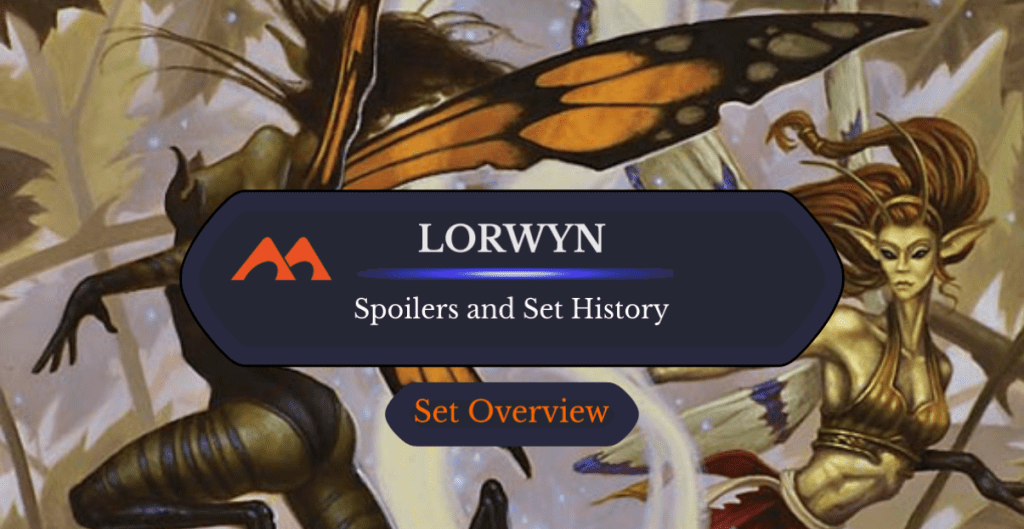
Mistbind Clique | Illustration by Ben Thompson
Typal and tribal stuff are very popular within MTG players. Just ask anyone for their Commander deck themes! And if you like linear themes, there’s a huge chance you’ll like Lorwyn or already play with its cards. Faeries, goblins, merfolk, you name it. There’s a little something for everyone here.
This MTG set brought so much new stuff to the game. Lords, champions, commands, planeswalkers, and all of that wrapped into a nice, friendly package inspired in European and Celt mythologies. Today we’re taking a deeper look at what made Lorwyn shine, and of course, we’ll have to mention some of the minor problems involving the set.
But rest assured, it’s almost all upside, so let’s go.
Lorwyn Basic Information
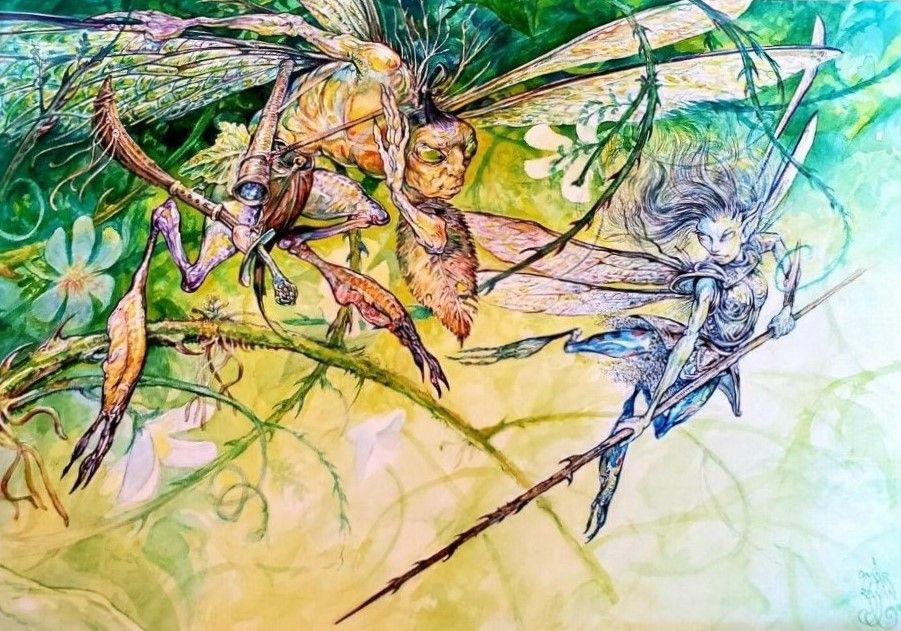
Glen Elendra Pranksters | Illustration by Omar Rayyan
Set Details
| Set Symbol |  |
| Set Code | LRW |
| Number of Cards | 301 |
| Rarities | 121 commons, 80 uncommons, 80 rares, 20 basic lands. |
| Mechanics | Champion, Changeling, Clash, Evoke, Hideaway, Tribal, Planeswalker |
Important Dates
| Previews start | August, 2007 |
| Full gallery available | September 2007 |
| Prerelease week | September 29-30, 2007 |
| Paper release date | October 12, 2007 |
| Release on Magic Online | October, 2007 |
About the Set: The Story
Lorwyn is what we call a typal set, a set where the mechanics are related to the creature types. The tribal mechanic (now called kindred) was created to emphasize this typal relation. When Lorwyn was released, the closest WotC has gotten to a type-matters set was the Onslaught block in 2002. The main types of creatures in Lorwyn are elves (green and black), goblins (black and red), merfolk (blue and white), giants (red and white), faeries (blue and black), kithkin (white and green), and treefolk (green, white, and black). Elementals and shapeshifters are in every color and have a different feel to them. Each one of these creature types has a distinct gameplay, and tying these altogether is the changeling mechanic that states the creature is every creature type.
Lorwyn introduced a new block structure. At that time, typical block structures were Large set – Small set – Small set – Core set – Large set, and so on. Lorwyn follows this structure: large set (Lorwyn) – Small set (Morningtide) – Large set (Shadowmoor) – Small set (Eventide). The four sets are in the plane of Lorwyn, and they depict a fundamental change in the plane tied to the lore and the story.
According to WotC’s website, “Lorwyn is the land where the sun never sets. Covered with dense forests, meandering rivers, and gently rolling meadows, it knows no nights or winters. One of the few planes without humans, it's populated by the short-statured kithkin, hot-tempered flamekin, petty-thief boggarts, territorial treefolk, diplomatic merfolk, iconoclastic giants, and mischievous faeries, all living together in harmony”. It’s interesting to note that this is a plane with hardly any evil beings. Thanks to Oona, Queen of the Fae and The Great Aurora, every 300 years or so, Lorwyn turns into Shadowmoor – which is the evil mirrored reality.
Lorwyn Mechanics
Champion
A creature with champion is very strong but needs to champion a creature of the indicated type in order to stay in play. Mistbind Clique is the classic example, and when it comes into play you must exile another faerie you control or sacrifice the Clique. This means that the champion mechanic works very well with tokens or with ETB/LTB creatures.
Changeling
A creature with changeling is every creature type at the same time. These creatures are usually of the shapeshifter type. Changelings are very good to benefit from typal bonuses and to dodge certain removal spells like Power Word Kill. Commanders that offer typal bonuses often enjoy changelings in their ranks.
Avian Changeling is an example of a creature with changeling, but the keyword can also go onto instants like Crib Swap.
Clash
Clash is a mechanic that can go on every type of card. To clash, each player reveals the top card of their library, and the card with the higher mana value wins the clash. After the clash, each player decides if the card remains on the top or if it’s put on the bottom of their libraries. You can only benefit from winning the clash if you control the source of the clash mechanic. It’s luck dependent of course, unless you have a way to manipulate the top card of your library like Brainstorm. If your deck has a higher average MV, the clash mechanic is more efficient.
Lash Out is a typical clash card, as it sees play as a Lightning Strike variant that sometimes deals 3 damage to the player as well as the creature.
Evoke
Creatures with evoke have an ETB spell effect attached to them. You can have the creature and the ETB spell effect by paying the total cost of the card, or just the spell effect by evoking the creature. In this case, if a creature is evoked, you’ll sacrifice it as it enters the battlefield.
The classic example is the card Mulldrifter, where you can opt to pay and draw two cards or pay and have the 2/2 flier on top of the extra two-cards. You’ll only need to sacrifice the creature if you pay the evoke cost and cast it, but not if you blink the creature in response to the sacrifice effect.
Hideaway
Hideaway is a land mechanic present in five cards from the set. To hideaway, you’ll look at the top 4 cards of your library and exile one of them with the hideaway card. You’ll then be able to cast the “hidden” spell without paying its mana cost later in the game when a certain threshold is met. For example, Shelldock Isle requires that a library has twenty or fewer cards, benefitting mill strategies.
Tribal
Many cards in Lorwyn have the tribal card type. That is an indicator that you can have instants, sorceries, enchantments, and the like with creature types. Consuming Bonfire is an elemental sorcery card, Crush Underfoot is a giant instant card, and Lignify is a treefolk enchantment card. The tribal card type was renamed kindred when Khans of Tarkir was added to Magic: The Gathering Arena.
Planeswalker
Last but not least, the planeswalker card type debuted in Lorwyn. Note that these planeswalkers are all rare because Lorwyn didn’t have mythic rarity yet. While not a mechanic per se, the Lorwyn planeswalkers are probably the greatest hit in modern Magic.
Lorwyn Card Gallery
White
- Ajani Goldmane
- Arbiter of Knollridge
- Austere Command
- Avian Changeling
- Battle Mastery
- Brigid, Hero of Kinsbaile
- Burrenton Forge-Tender
- Cenn's Heir
- Changeling Hero
- Cloudgoat Ranger
- Crib Swap
- Dawnfluke
- Entangling Trap
- Favor of the Mighty
- Galepowder Mage
- Goldmeadow Dodger
- Goldmeadow Harrier
- Goldmeadow Stalwart
- Harpoon Sniper
- Hillcomber Giant
- Hoofprints of the Stag
- Judge of Currents
- Kinsbaile Balloonist
- Kinsbaile Skirmisher
- Kithkin Greatheart
- Kithkin Harbinger
- Kithkin Healer
- Knight of Meadowgrain
- Lairwatch Giant
- Militia's Pride
- Mirror Entity
- Neck Snap
- Oaken Brawler
- Oblivion Ring
- Plover Knights
- Pollen Lullaby
- Purity
- Sentry Oak
- Shields of Velis Vel
- Soaring Hope
- Springjack Knight
- Summon the School
- Surge of Thoughtweft
- Thoughtweft Trio
- Triclopean Sight
- Veteran of the Depths
- Wellgabber Apothecary
- Wispmare
- Wizened Cenn
Blue
- Aethersnipe
- Amoeboid Changeling
- Aquitect's Will
- Benthicore
- Broken Ambitions
- Captivating Glance
- Cryptic Command
- Deeptread Merrow
- Drowner of Secrets
- Ego Erasure
- Ethereal Whiskergill
- Faerie Harbinger
- Faerie Trickery
- Fallowsage
- Familiar's Ruse
- Fathom Trawl
- Forced Fruition
- Glen Elendra Pranksters
- Glimmerdust Nap
- Guile
- Inkfathom Divers
- Jace Beleren
- Merrow Commerce
- Merrow Harbinger
- Merrow Reejerey
- Mistbind Clique
- Mulldrifter
- Paperfin Rascal
- Pestermite
- Ponder
- Protective Bubble
- Ringskipper
- Scattering Stroke
- Scion of Oona
- Sentinels of Glen Elendra
- Shapesharer
- Silvergill Adept
- Silvergill Douser
- Sower of Temptation
- Spellstutter Sprite
- Stonybrook Angler
- Streambed Aquitects
- Surgespanner
- Tideshaper Mystic
- Turtleshell Changeling
- Wanderwine Prophets
- Whirlpool Whelm
- Wings of Velis Vel
- Zephyr Net
Black
- Black Poplar Shaman
- Bog Hoodlums
- Boggart Birth Rite
- Boggart Harbinger
- Boggart Loggers
- Boggart Mob
- Cairn Wanderer
- Colfenor's Plans
- Dread
- Dreamspoiler Witches
- Exiled Boggart
- Eyeblight's Ending
- Facevaulter
- Faerie Tauntings
- Final Revels
- Fodder Launch
- Footbottom Feast
- Ghostly Changeling
- Hoarder's Greed
- Hornet Harasser
- Hunter of Eyeblights
- Knucklebone Witch
- Liliana Vess
- Lys Alana Scarblade
- Mad Auntie
- Makeshift Mannequin
- Marsh Flitter
- Moonglove Winnower
- Mournwhelk
- Nameless Inversion
- Nath's Buffoon
- Nectar Faerie
- Nettlevine Blight
- Nightshade Stinger
- Oona's Prowler
- Peppersmoke
- Profane Command
- Prowess of the Fair
- Quill-Slinger Boggart
- Scarred Vinebreeder
- Shriekmaw
- Skeletal Changeling
- Spiderwig Boggart
- Squeaking Pie Sneak
- Thieving Sprite
- Thorntooth Witch
- Thoughtseize
- Warren Pilferers
- Weed Strangle
Red
- Adder-Staff Boggart
- Ashling the Pilgrim
- Ashling's Prerogative
- Axegrinder Giant
- Blades of Velis Vel
- Blind-Spot Giant
- Boggart Forager
- Boggart Shenanigans
- Boggart Sprite-Chaser
- Caterwauling Boggart
- Ceaseless Searblades
- Chandra Nalaar
- Changeling Berserker
- Consuming Bonfire
- Crush Underfoot
- Faultgrinder
- Fire-Belly Changeling
- Flamekin Bladewhirl
- Flamekin Brawler
- Flamekin Harbinger
- Flamekin Spitfire
- Giant Harbinger
- Giant's Ire
- Glarewielder
- Goatnapper
- Hamletback Goliath
- Hearthcage Giant
- Heat Shimmer
- Hostility
- Hurly-Burly
- Incandescent Soulstoke
- Incendiary Command
- Ingot Chewer
- Inner-Flame Acolyte
- Inner-Flame Igniter
- Lash Out
- Lowland Oaf
- Mudbutton Torchrunner
- Needle Drop
- Nova Chaser
- Rebellion of the Flamekin
- Smokebraider
- Soulbright Flamekin
- Stinkdrinker Daredevil
- Sunrise Sovereign
- Tar Pitcher
- Tarfire
- Thundercloud Shaman
- Wild Ricochet
Green
- Battlewand Oak
- Bog-Strider Ash
- Briarhorn
- Changeling Titan
- Cloudcrown Oak
- Cloudthresher
- Dauntless Dourbark
- Elvish Branchbender
- Elvish Eulogist
- Elvish Handservant
- Elvish Harbinger
- Elvish Promenade
- Epic Proportions
- Eyes of the Wisent
- Fertile Ground
- Fistful of Force
- Garruk Wildspeaker
- Gilt-Leaf Ambush
- Gilt-Leaf Seer
- Guardian of Cloverdell
- Heal the Scars
- Hunt Down
- Immaculate Magistrate
- Imperious Perfect
- Incremental Growth
- Jagged-Scar Archers
- Kithkin Daggerdare
- Kithkin Mourncaller
- Lace with Moonglove
- Lammastide Weave
- Leaf Gilder
- Lignify
- Lys Alana Huntmaster
- Masked Admirers
- Nath's Elite
- Oakgnarl Warrior
- Primal Command
- Rootgrapple
- Seedguide Ash
- Spring Cleaning
- Sylvan Echoes
- Timber Protector
- Treefolk Harbinger
- Vigor
- Warren-Scourge Elf
- Woodland Changeling
- Woodland Guidance
- Wren's Run Packmaster
- Wren's Run Vanquisher
Multicolor
- Brion Stoutarm
- Doran, the Siege Tower
- Gaddock Teeg
- Horde of Notions
- Nath of the Gilt-Leaf
- Sygg, River Guide
- Wort, Boggart Auntie
- Wydwen, the Biting Gale
Colorless
- Colfenor's Urn
- Deathrender
- Dolmen Gate
- Herbal Poultice
- Moonglove Extract
- Rings of Brighthearth
- Runed Stalactite
- Springleaf Drum
- Thorn of Amethyst
- Thousand-Year Elixir
- Twinning Glass
- Wanderer's Twig
Lands
- Ancient Amphitheater
- Auntie's Hovel
- Gilt-Leaf Palace
- Howltooth Hollow
- Mosswort Bridge
- Secluded Glen
- Shelldock Isle
- Shimmering Grotto
- Spinerock Knoll
- Vivid Crag
- Vivid Creek
- Vivid Grove
- Vivid Marsh
- Vivid Meadow
- Wanderwine Hub
- Windbrisk Heights
- Plains
- Island
- Swamp
- Mountain
- Forest
Notable Cards and Cycles
The Cycle of Original Planeswalkers
These were the first five planeswalkers ever designed, one for each color. Most of these saw plenty of Constructed play, especially Jace Beleren as a card draw engine in blue decks and Garruk Wildspeaker as a ramp/finisher in green midrange decks.
The Cycle of Commands
Another huge hit for Constructed play that started in Lorwyn are the commands. Commands are instants or sorceries that let you choose two among four modes – but you can’t choose the same mode twice. Cryptic Command was a blue staple in Modern for a long time, while cards like Austere Command and Profane Command see play in EDH.
The Cycle of Tribal Reveal Lands
These dual lands are very good in decks that share the same creature type. Secluded Glen is a perfect dual land in decks with a lot of faeries since it’s easy to reveal a card and ignore the drawback.
The Cycle of Hideaway Lands
The only Lorwyn cards with the hideaway mechanic are these five. When you play these lands, you can get future card advantage locked into the land. Shelldock Isle sees a lot of Cube play because it’s easier to tuck a strong card under it and make your opponent’s library go from 40 to 20 (or your own).
The Cycle of Typal Legendary Creatures
- Brion Stoutarm
- Doran, the Siege Tower
- Gaddock Teeg
- Horde of Notions
- Nath of the Gilt-Leaf
- Sygg, River Guide
- Wort, Boggart Auntie
- Wydwen, the Biting Gale
These eight legendary creatures each represent an important creature type from Lorwyn. As such, they’re easy propositions to build a typal deck or Commander deck around them, and conveniently, they’re gold cards to allow you to play more colors. Horde of Notions was a strong 5C general for a long time, and cards like Brion Stoutarm and Doran, the Siege Tower still see plenty of Commander play.
Money Cards and Notable Cards
Now that we’ve covered the main cycles, let’s talk about individual cards, and there’s a lot to cover. It’s interesting that most of these cards weren’t reprinted a lot, so they maintain a high price.
- Forced Fruition is a strong card in EDH wheels strategies. You can lock people out of the game with the right engine.
- Ponder is a blue staple in every format where it’s legal. For just 1 mana, you can get card selection and shuffle away if you don’t like the options. It gets better with fetch lands.
- Merrow Commerce fits merfolk EDH decks very well, allowing you to attack with everybody and set a defense, or just abuse tap abilities.
- Mistbind Clique is a card that people still try to make faeries work just because of its power. Not only is a 4/4 with flash and flying powerful, but it also taps your opponents’ lands. It can be a powerful “extra-turn” play if done correctly.
- Shapesharer lets you use clone effects on changeling/shapeshifter creatures.
- Wanderwine Prophets has two relevant creature types, merfolk and wizard. You can also use it to take extra turns with relative ease in a merfolk typal deck.
- Dread makes your opponents think twice about attacking you.
- Thoughtseize is the black Ponder, in the sense that it’s also a staple. Few cards offer you that many disruption and information for a single mana.
- Heat Shimmer is a very flexible card, allowing you to copy your opponent’s best creature for a turn, make a creature worth sacrificing to get benefits, or just push more damage through. It’s used to copy commanders that grant extra combat phases, too.
- Timber Protector is a staple in decks that care about turning forests into combatants. You can also play it in treefolk decks, and it’s one of the best treefolk lords out there.
- Vigor can make your creatures withstand combat damage like a boss, and it has many +1/+1 counters and proliferate synergies.
- Dolmen Gate sees some play in EDH decks focused 100% on attacking. Like many cards from this list, its value comes from scarcity.
- Rings of Brighthearth can be used to copy activated abilities, so if your commander has a very impactful one like Vorel of the Hull Clade, this artifact is for you.
- Thorn of Amethyst is an important artifact that helps stopping combos, particularly storm combo, and is an annoyance to control decks.
Available Products
Lorwyn Booster Pack
Lorwyn’s booster packs contain 16 cards, being one rare, three uncommons and 10 commons plus a land. You’ll also get a 16th card that can be a token or an advertisement card. As with most MTG sets, you can get them individually or in a 36-booster booster box.
Lorwyn Fat Pack

Lorwyn Fat Pack comes with 6 boosters, basic lands with nice Lorwyn art, and extras that almost all fat packs have. You’ll get a player’s guide with lore and card arts, a spindown life counter, and six plastic card dividers.
Lorwyn Tournament Deck
In the Lorwyn prerelease, players get a Lorwyn tournament pack and two Lorwyn boosters, which supply you with cards to build a Sealed deck and play. These tournament decks have 45 cards – 3 rares, 10 uncommons, and 22 common cards – and 30 lands inside.
Lorwyn Theme Decks
Lorwyn has 5 preconstructed Theme Decks, each one highlighting a particular tribe.
- Kithkin Militia goes easy on your mana by essentially being a white weenie deck. You’re going to attack with a lot of small creatures and finish the game with a Cloudgoat Ranger or a big Thoughtweft Trio.
- Merrow Riverways is a merfolk deck, and it requires more thought when using merfolk’s activated abilities. Judge of Currents and Summon the School benefit you from tapping merfolk, and you have cards that let you beat down with your guys like Sygg, River Guide and Merrow Reejerey.
- Boggart Feast is the goblins deck. It harnesses the power of sacrificing goblins, being a mix of a goblin typal deck and an aristocrats deck.
- Elvish Predation is a deck that uses the strength of numbers. Nath of the Gilt-Leaf is a nice leader for this deck, allowing you to make opponents discard cards at random and then you’ll make a 1/1 token. This precon can be the nice start of a Commander deck.
- Elementals’ Path is a 5-color elementals decks with hardly any mana fixing. That said, it’s based around red and splashes key evoke elementals like Mulldrifter and Shriekmaw. It’s a control deck at heart. Also, it contains a Horde of Notions which is still a nice rare.
Wrap Up
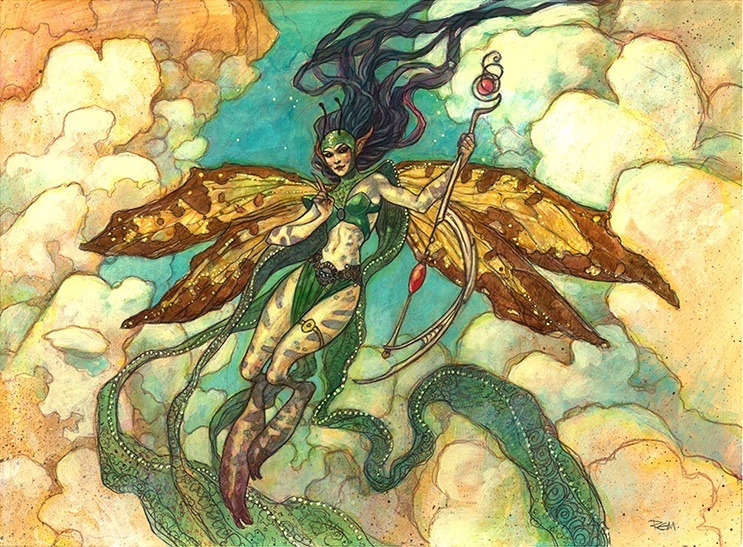
Spellstutter Sprite | Illustration by Rebecca Guay
Lorwyn’s pastoral world is considered one of MTG’s high points throughout its 30+ year story. It has so many influential cards, beautiful art and the power level was good to high. So why didn’t we return to Lorwyn at all, in opposition to sets like Ravnica or Innistrad? Sales were bad. Like, real bad. It turns out that MTG players want violence and badass cards, after all.
Another issue WotC realized is that gameplay was becoming too complex with typal interactions and activated abilities. When we Return to Lorwyn, we must keep in mind that Kamigawa: Neon Dynasty was a huge success, and there’s no reason to think that this return won’t be a success as well?
What are your favorite cards from Lorwyn? Were you playing back then? Or are you more of a Shadowmoor person? Let me know in the comments section below or over at the Draftsim Discord. Thanks for reading guys, and stay safe out there.
Note: this post contains affiliate links. If you use these links to make a purchase, you’ll help Draftsim continue to provide awesome free articles and apps.
Follow Draftsim for awesome articles and set updates:
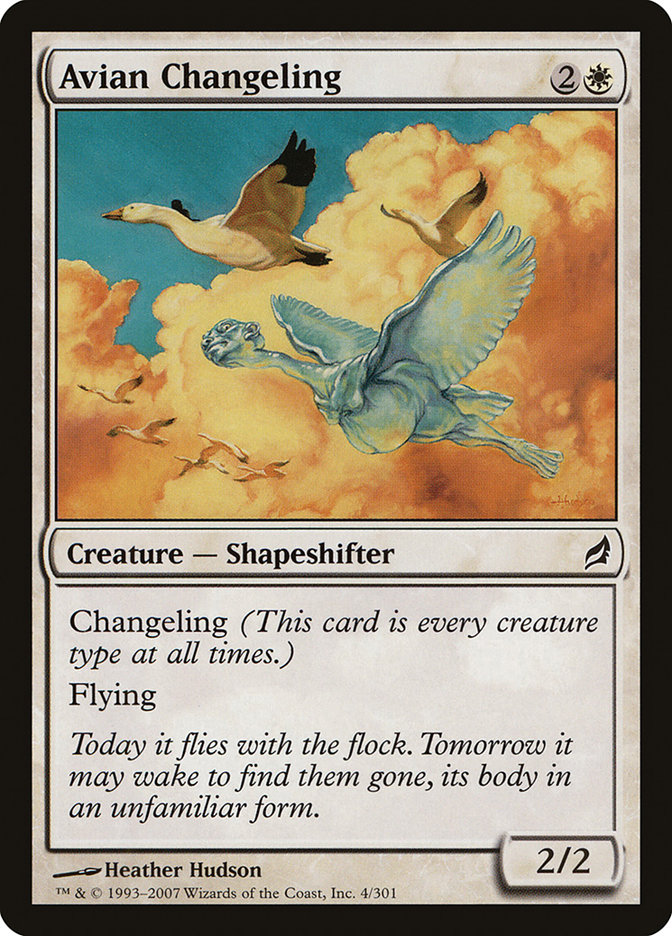
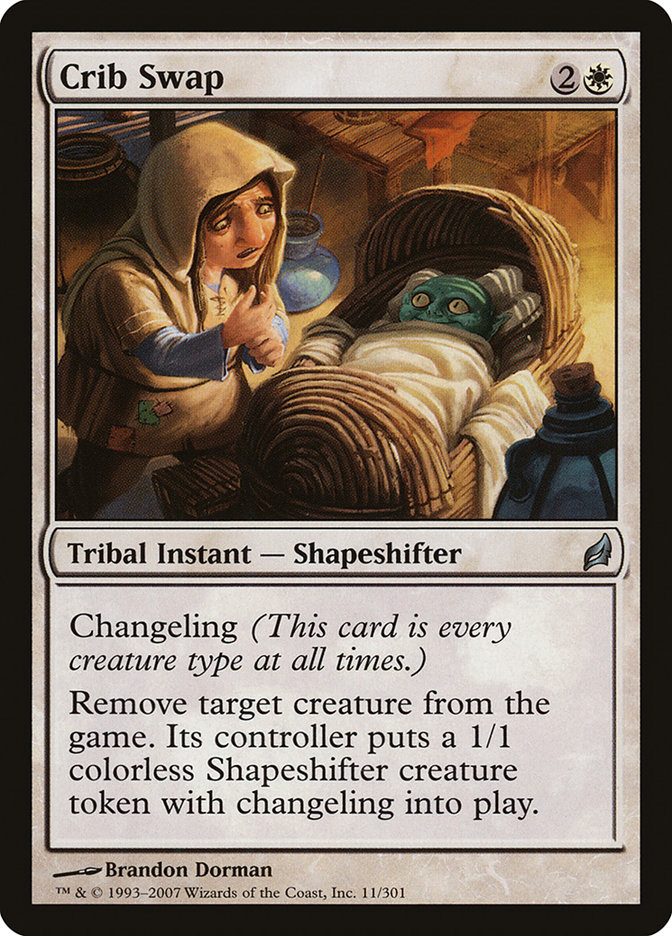


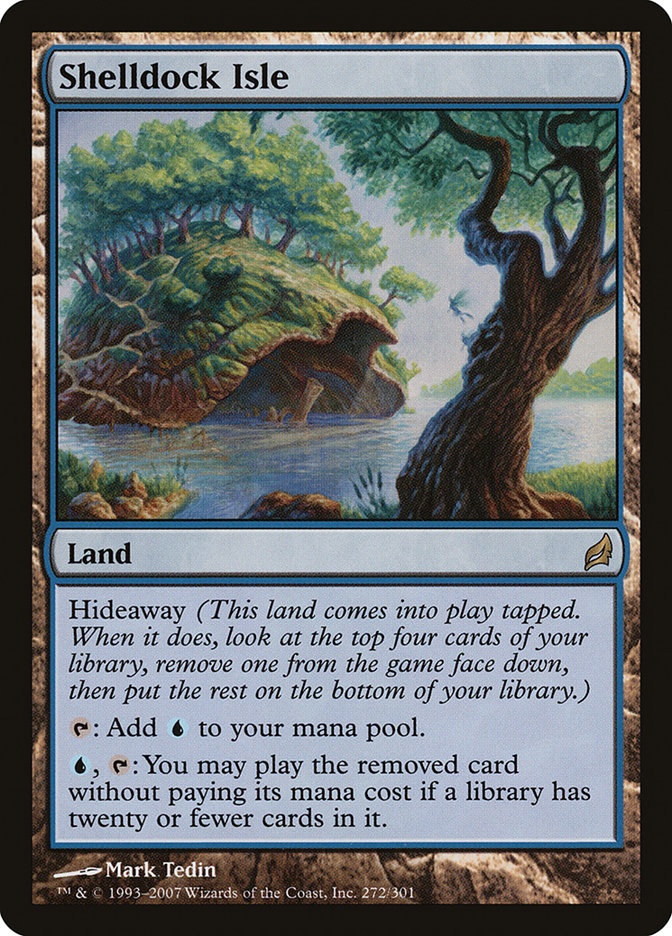
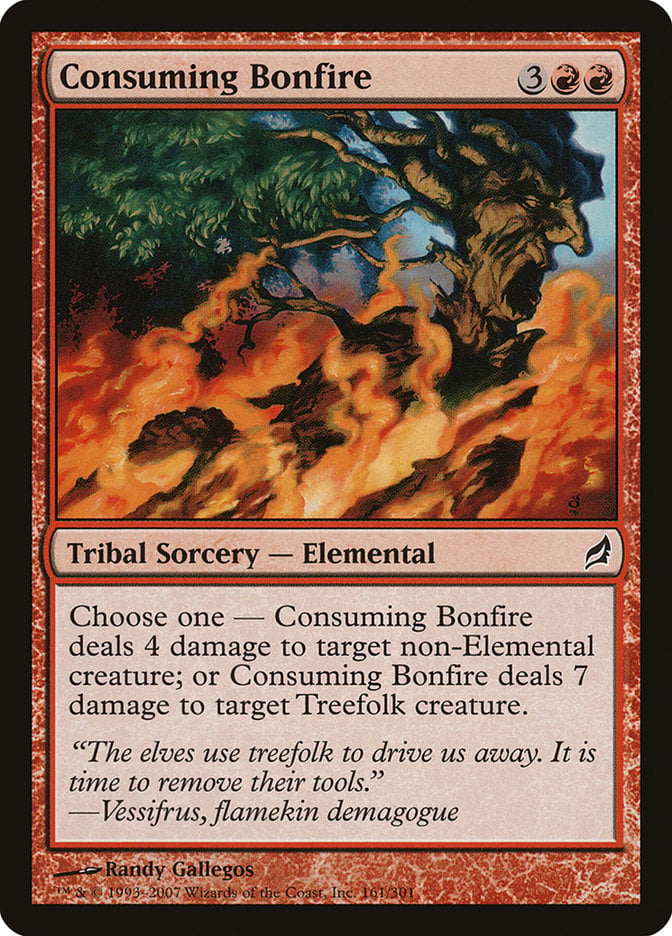

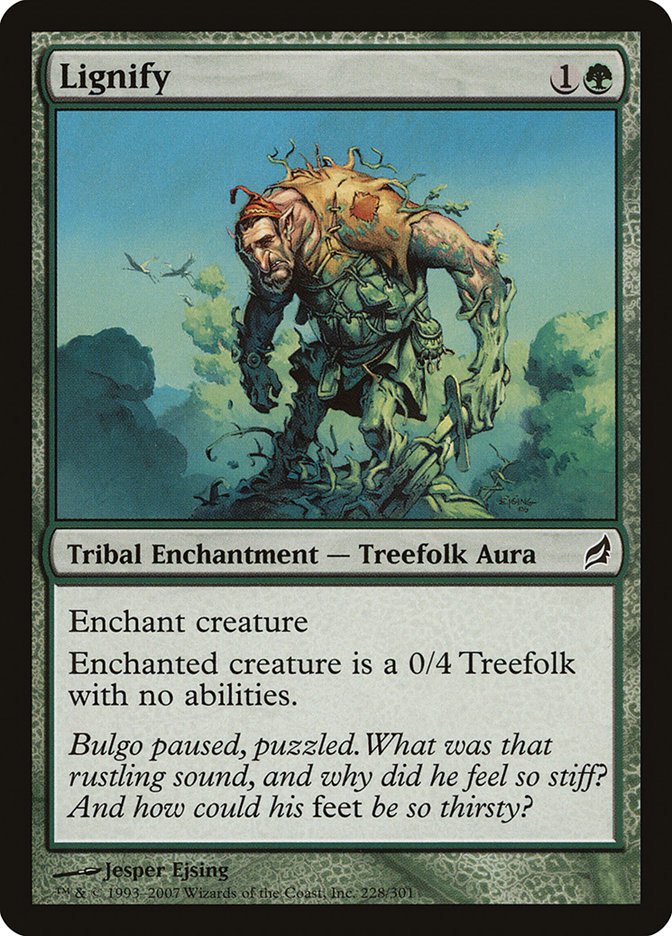
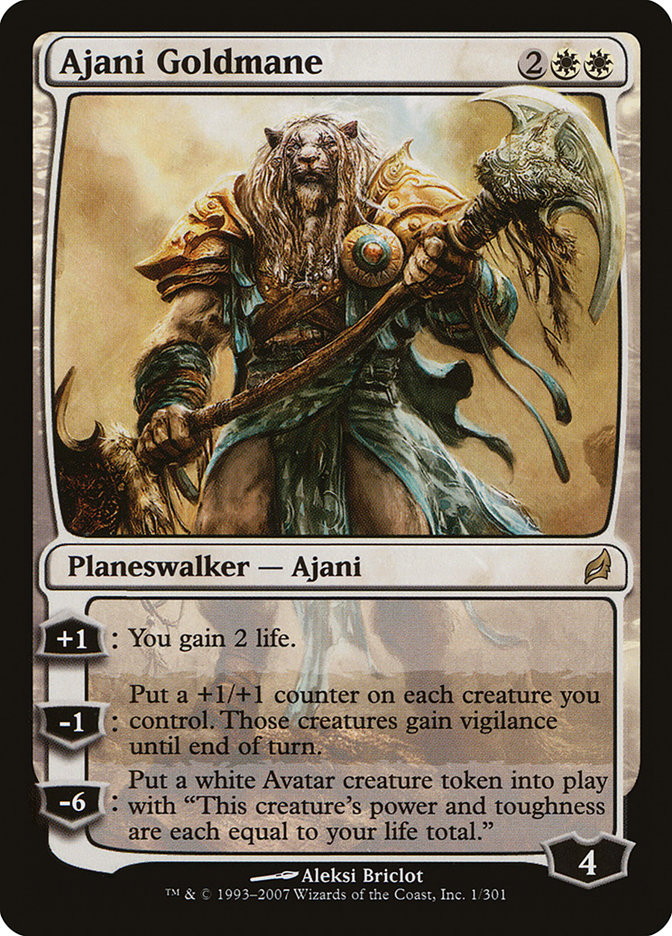

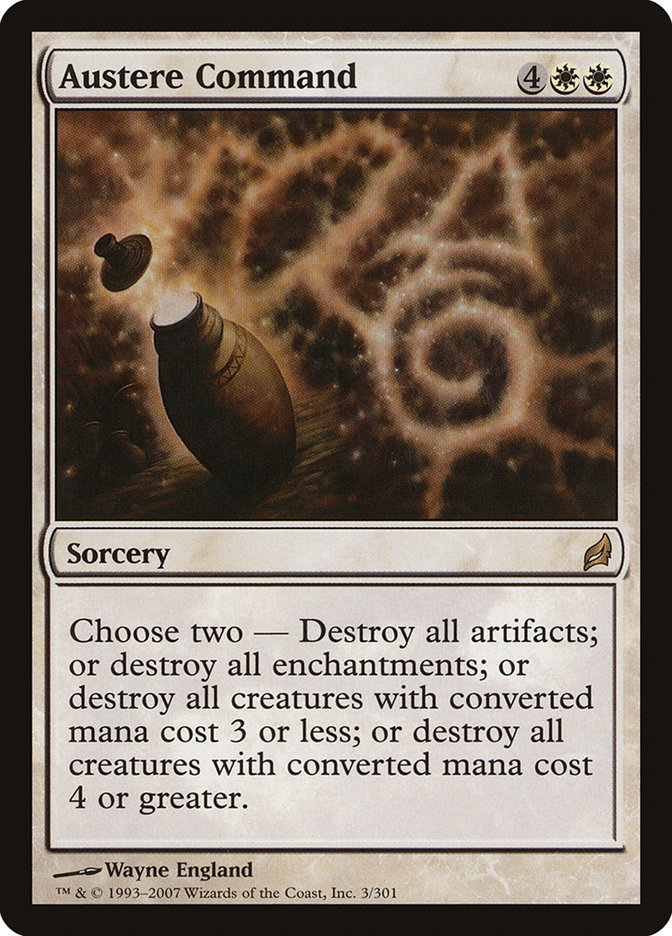
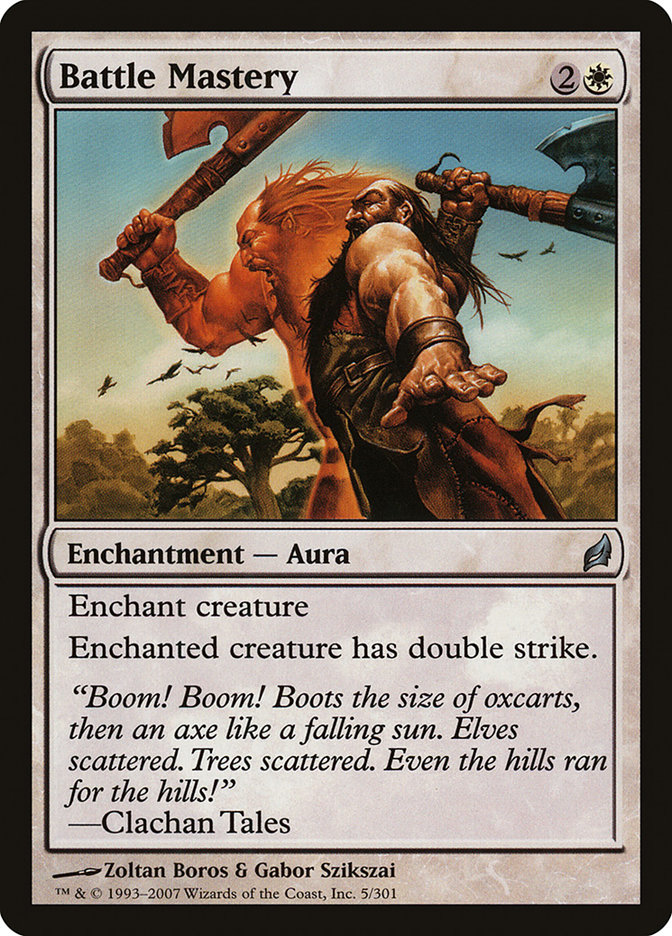
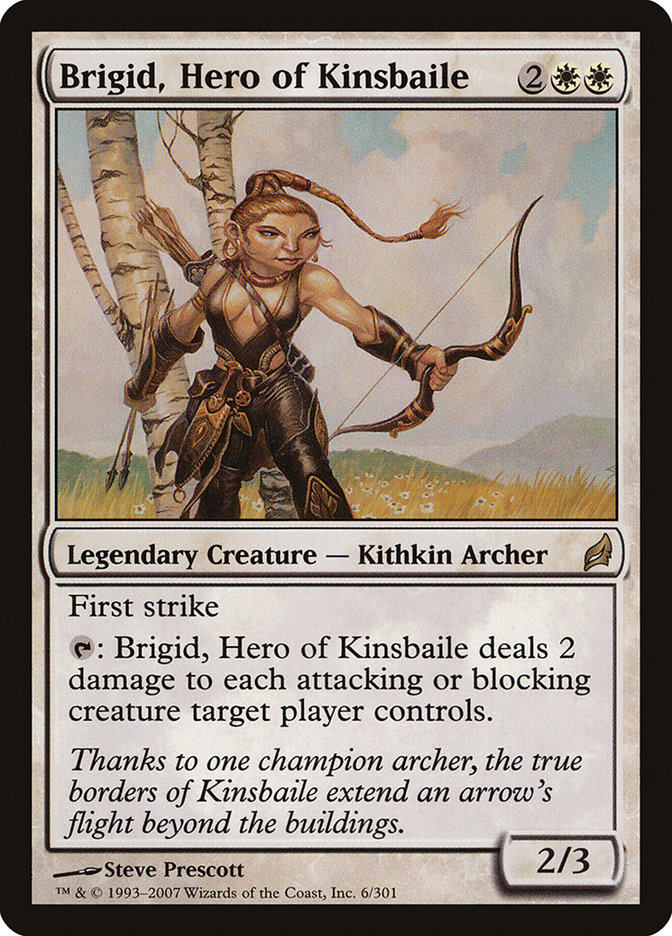
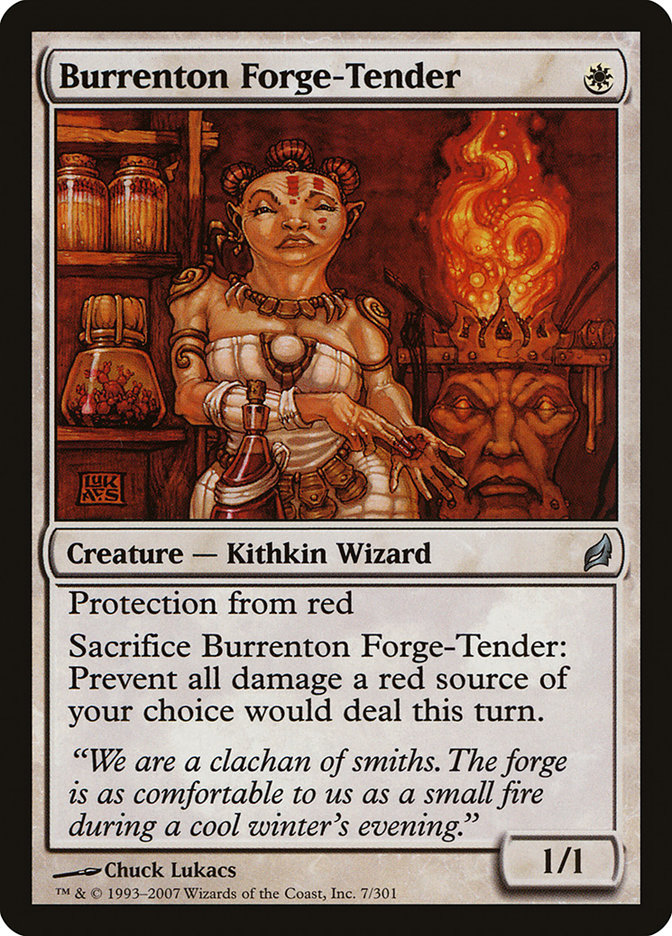
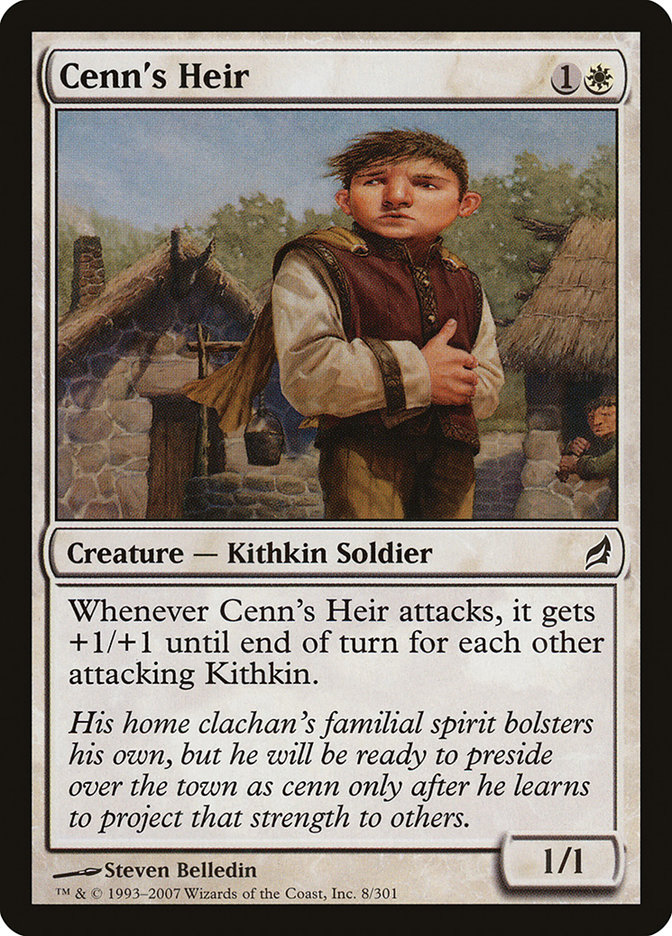
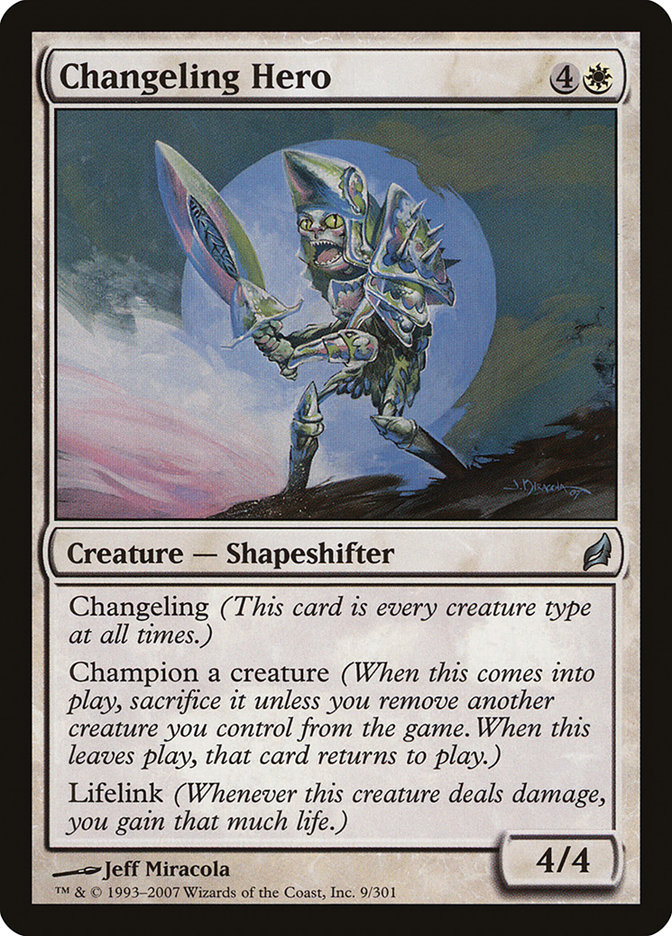

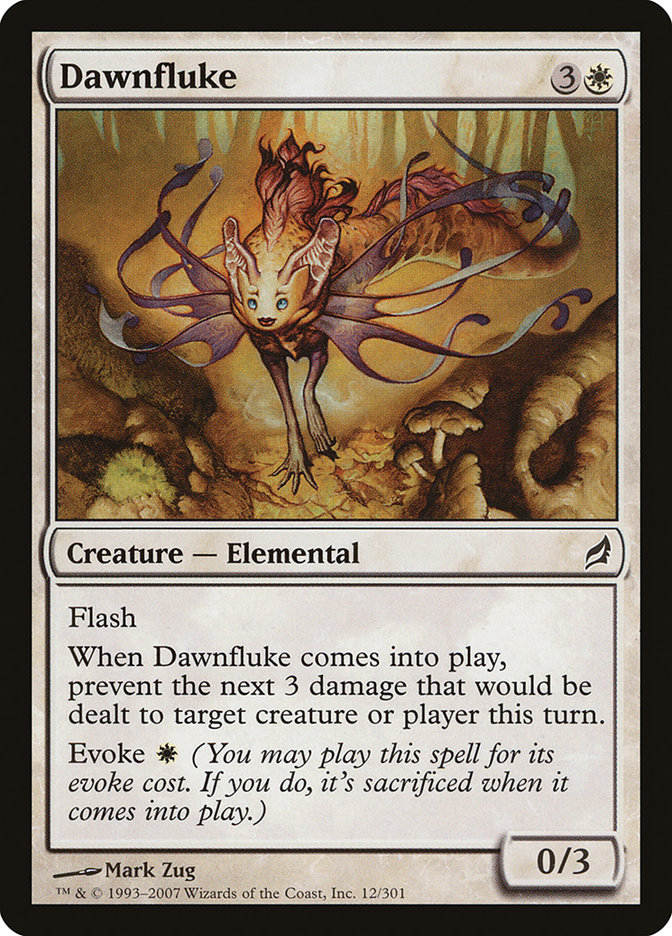
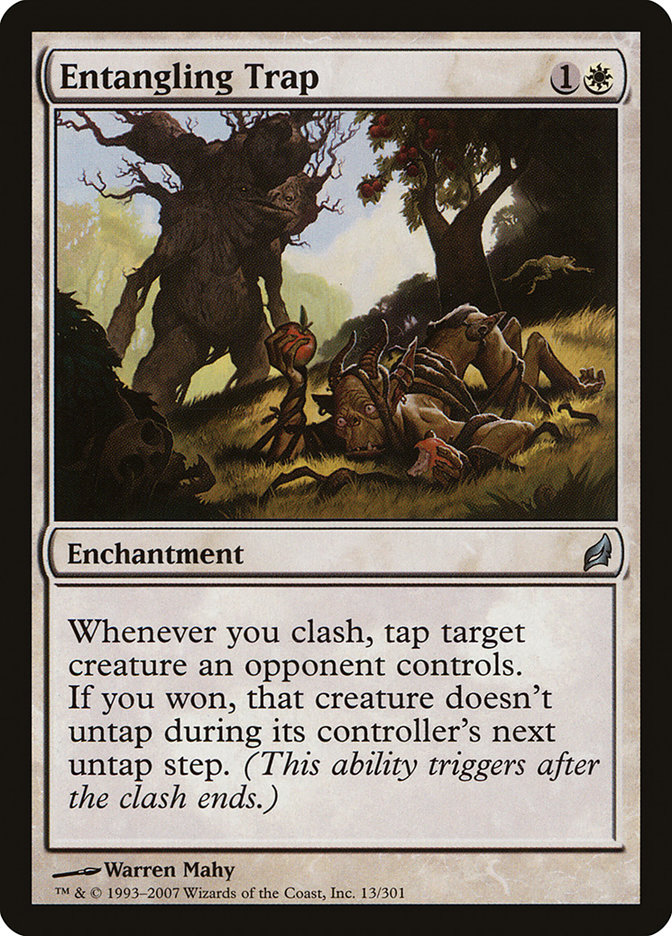
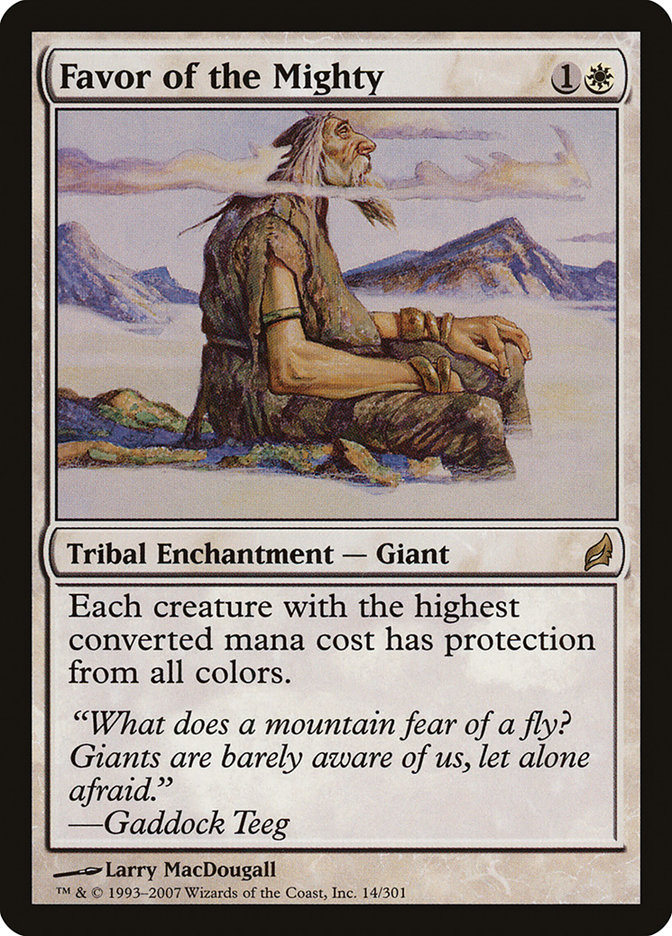
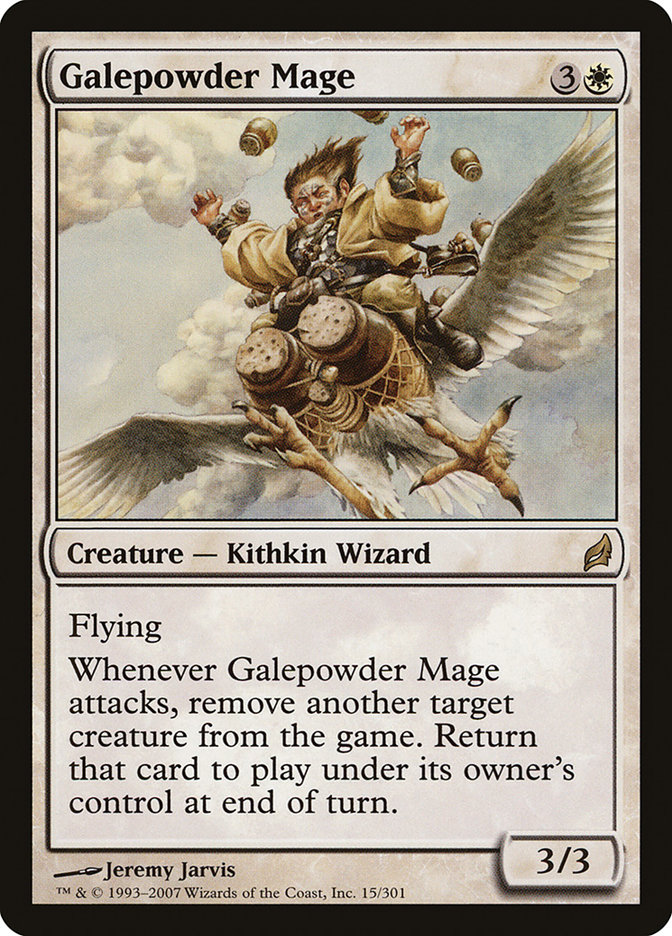
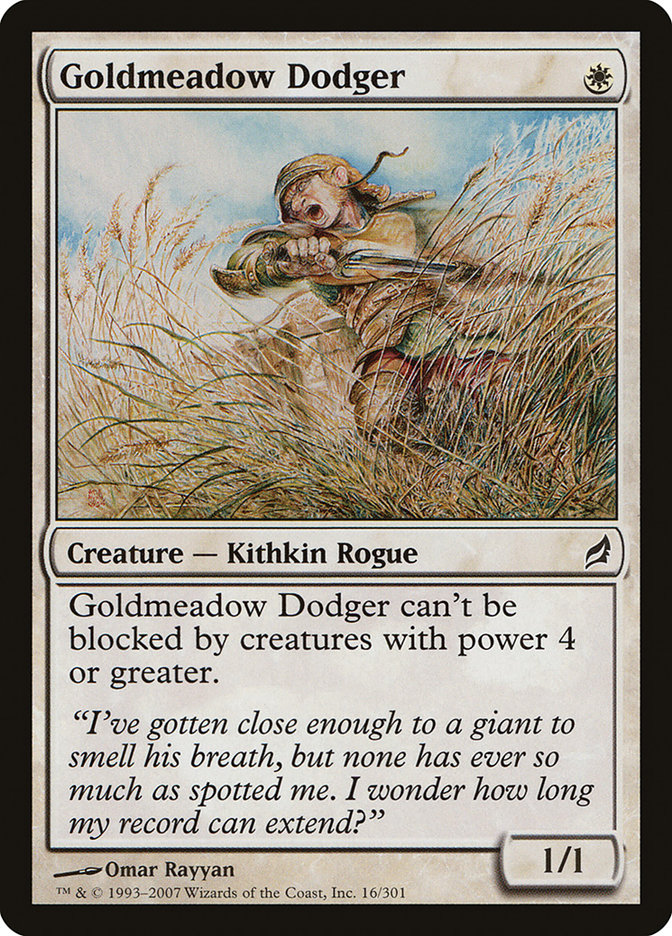
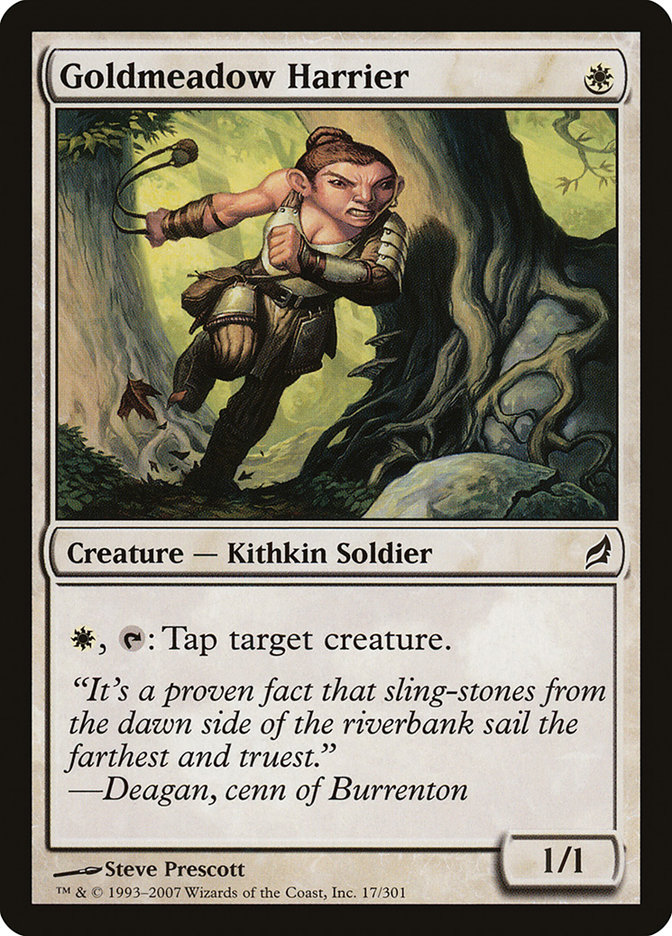
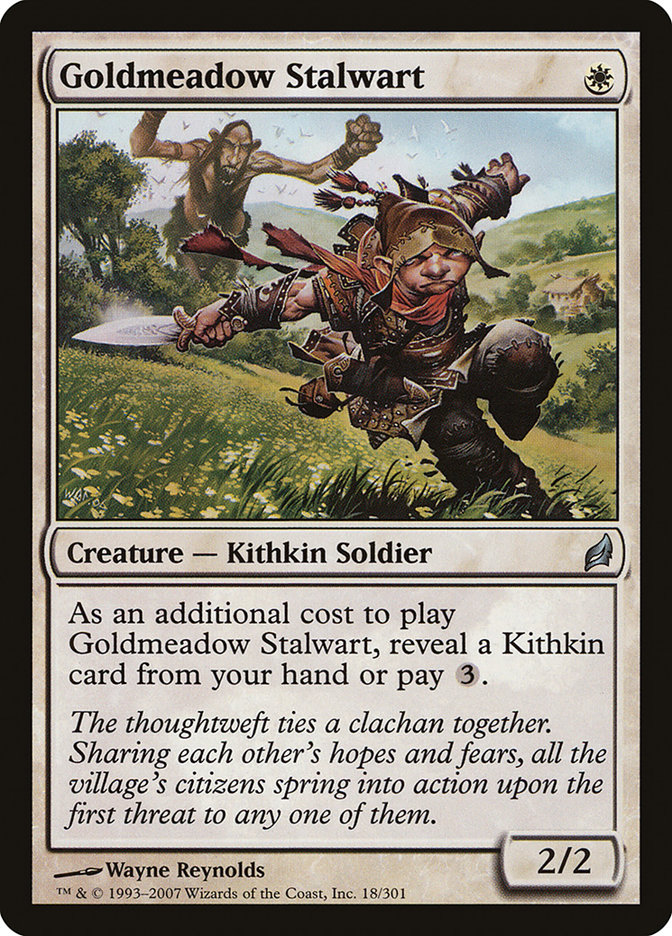
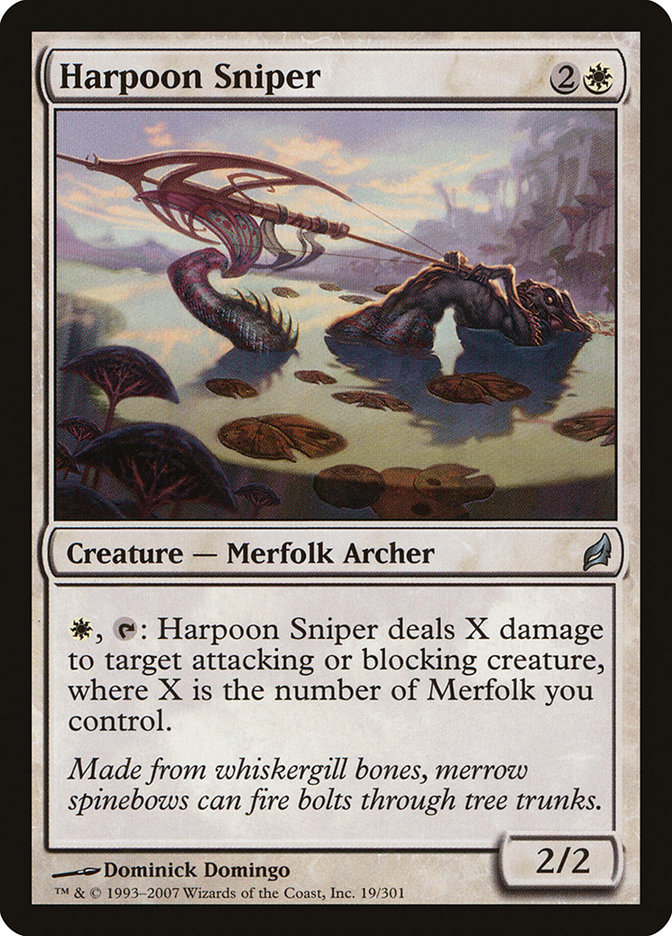
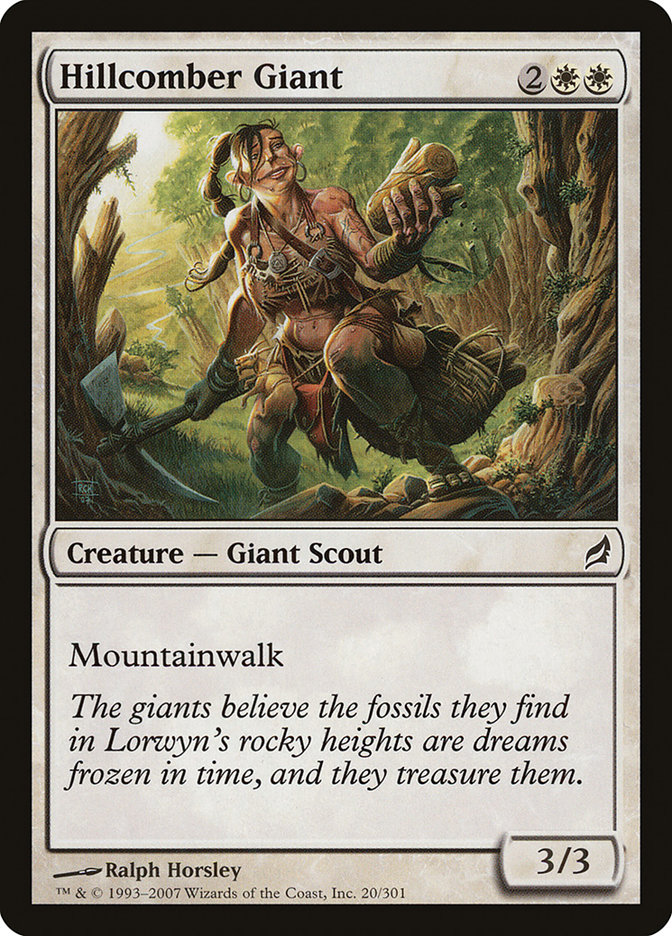
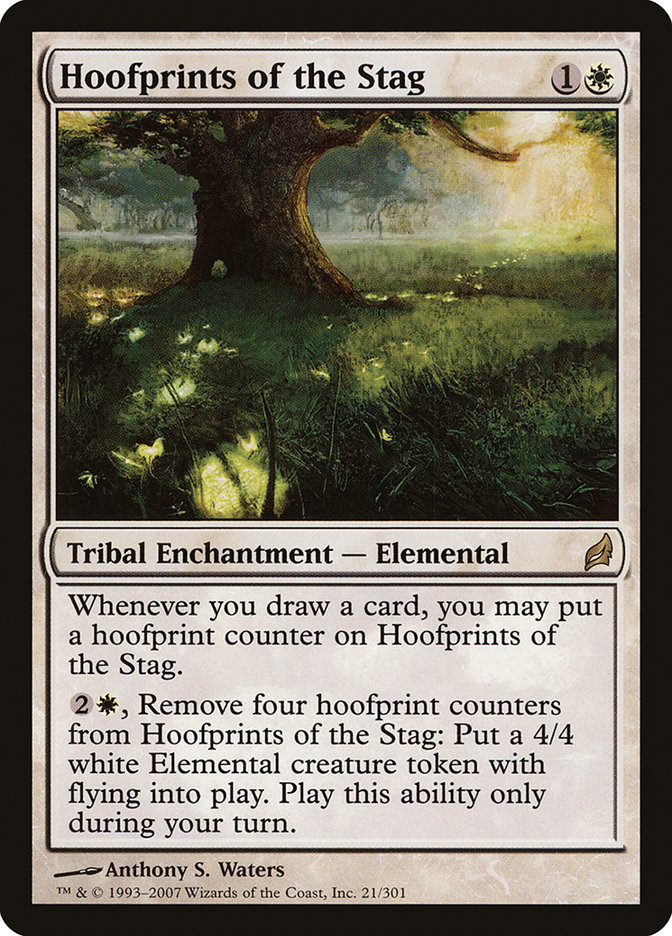
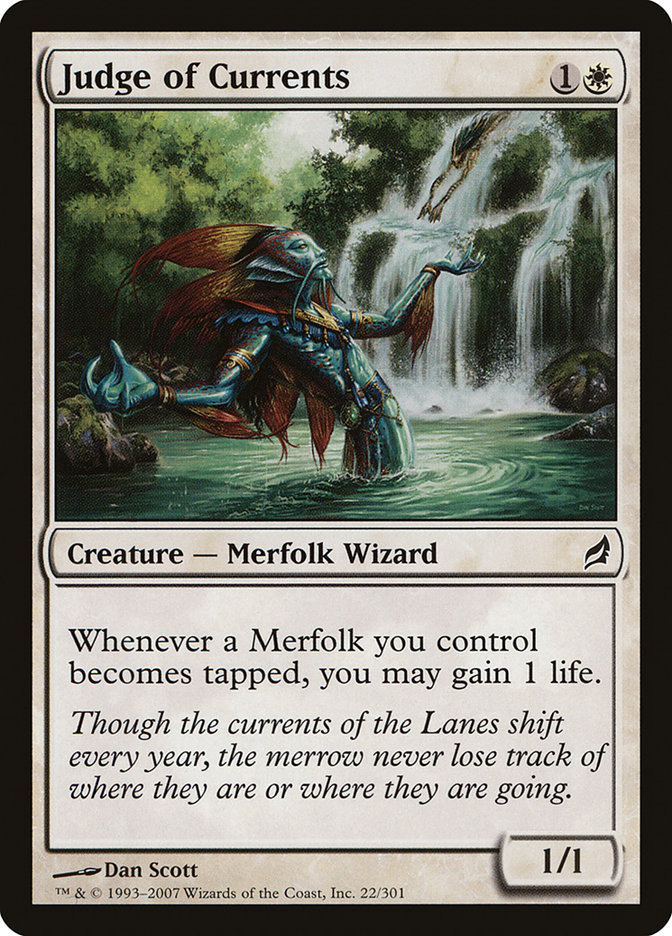
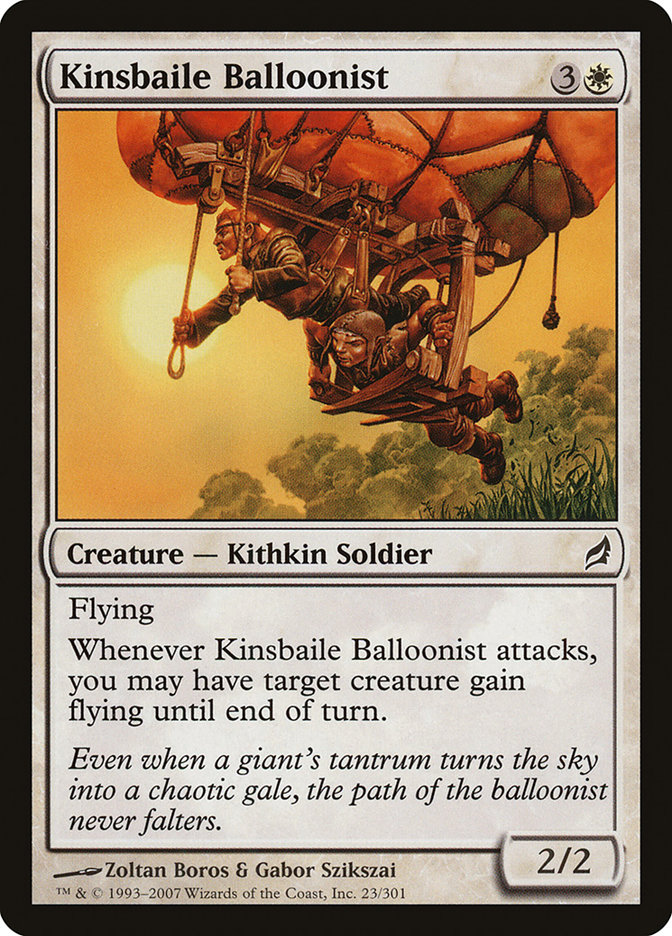
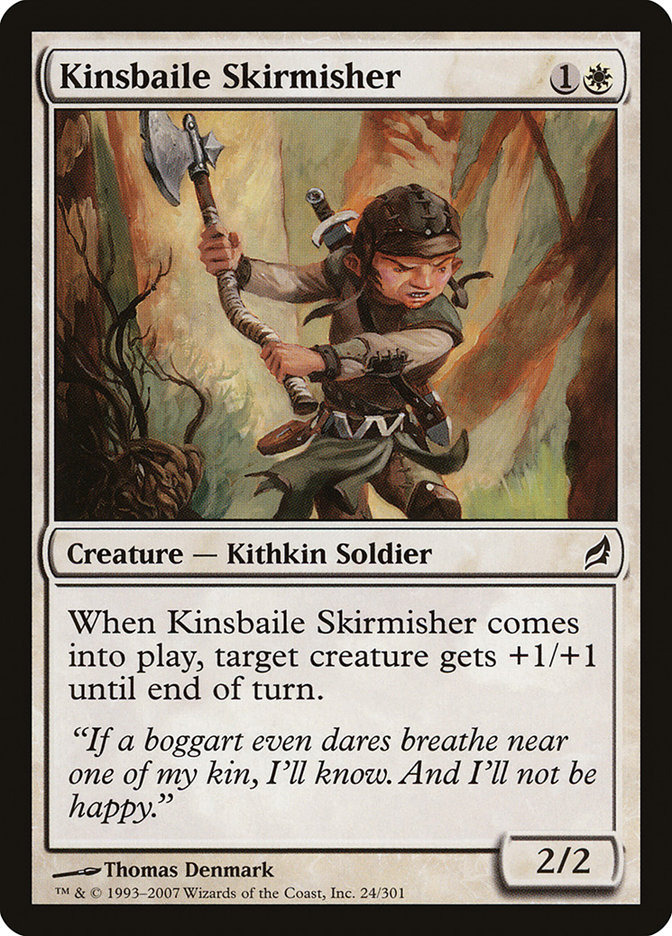
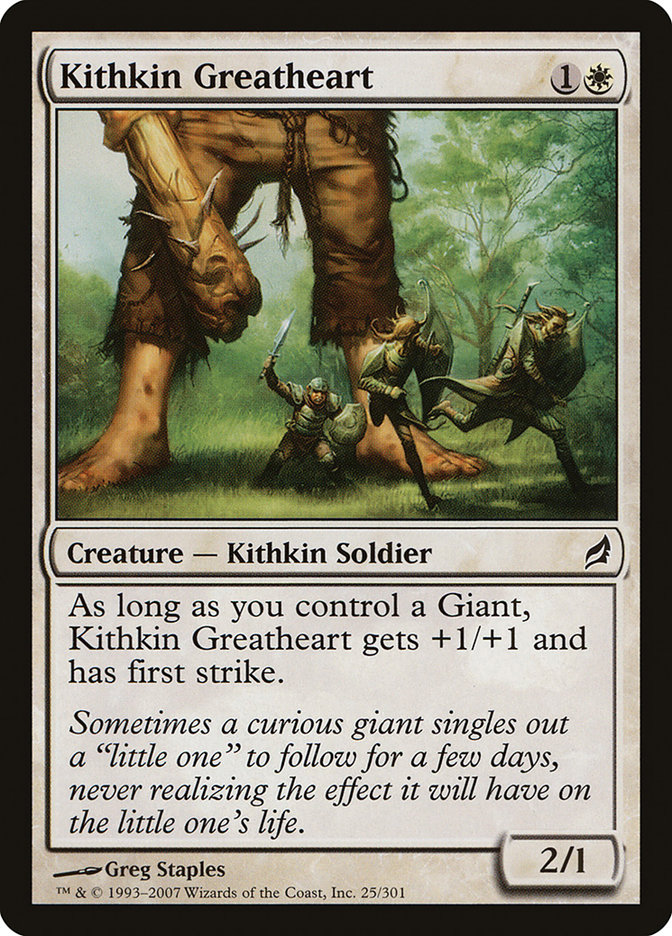
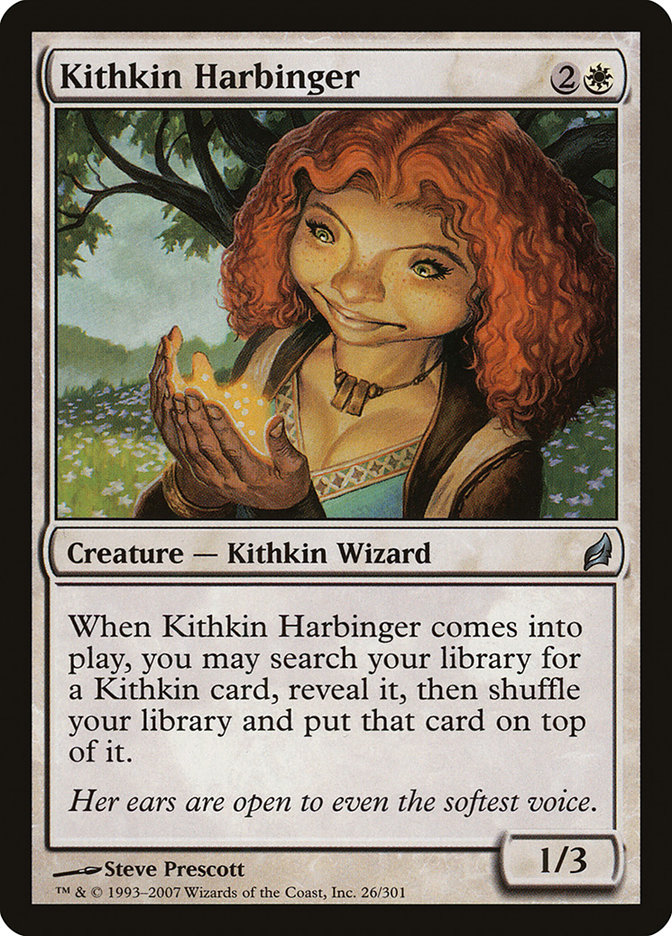

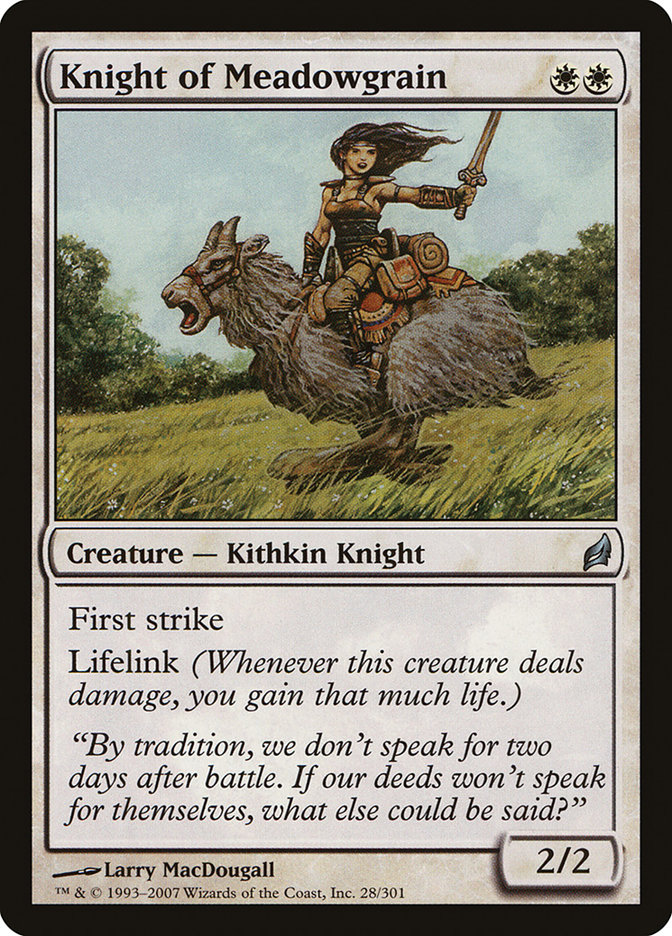
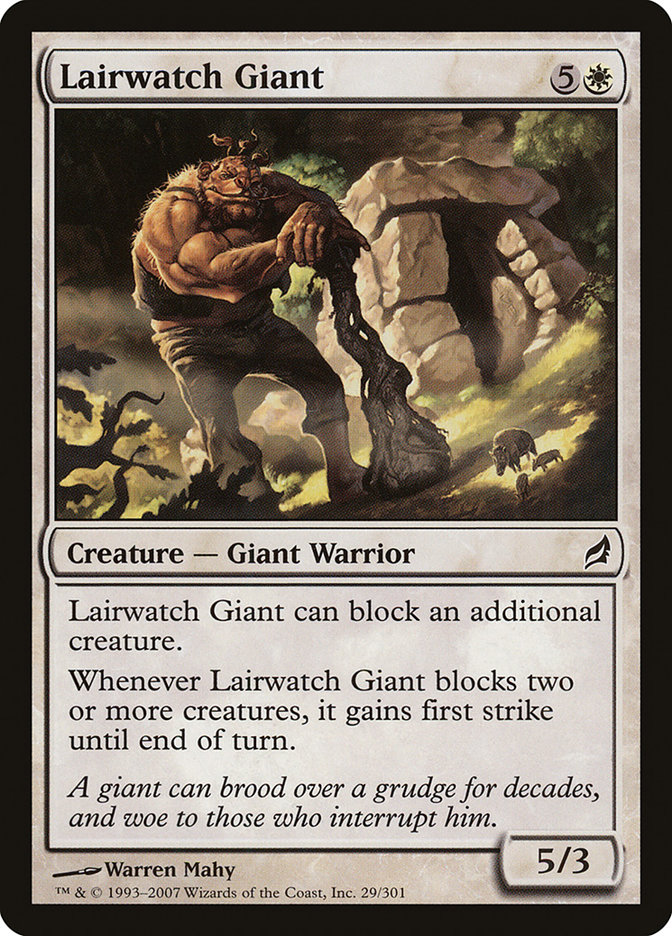
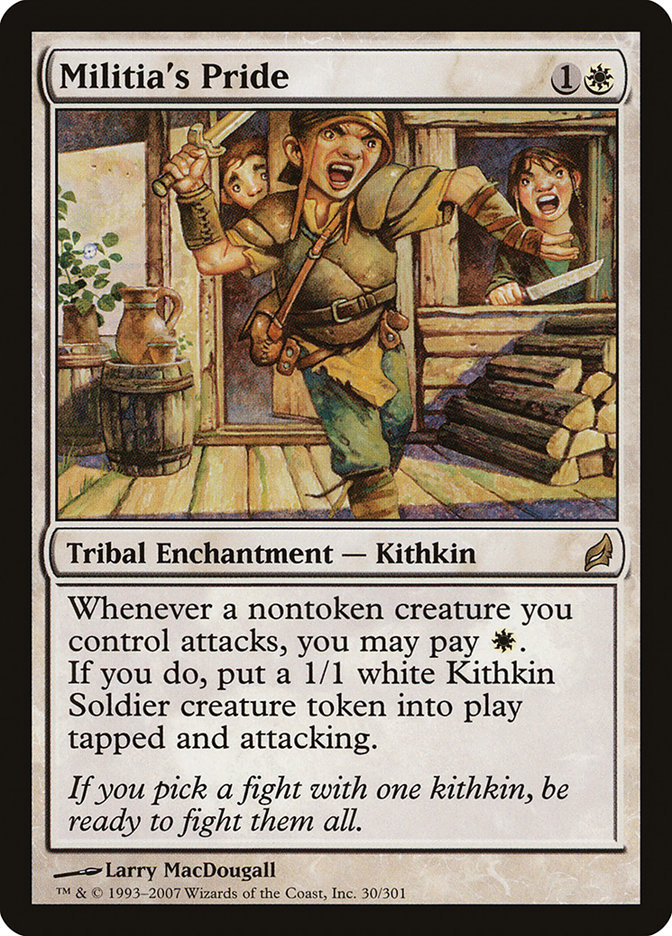
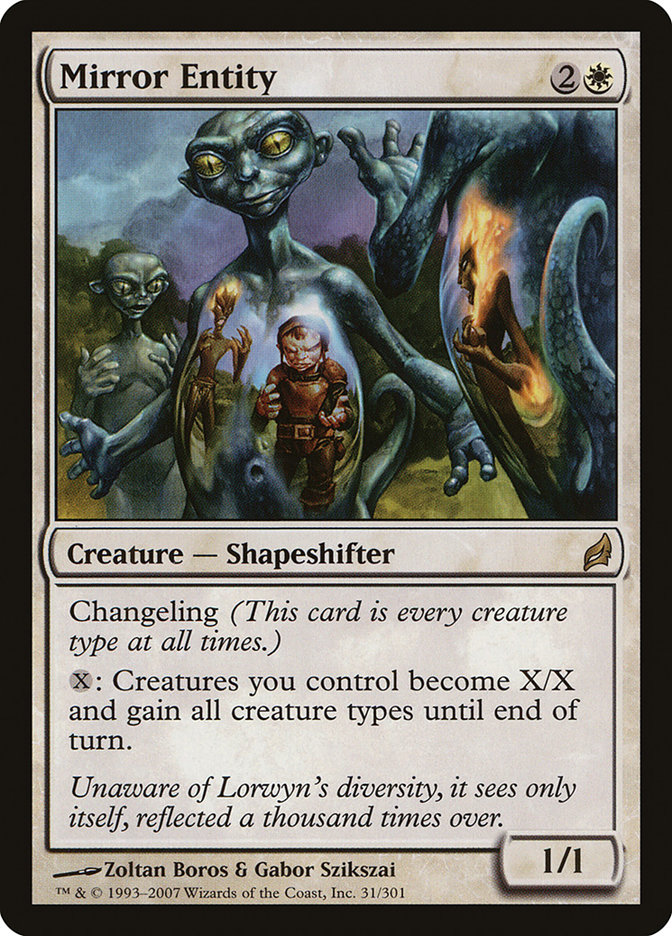
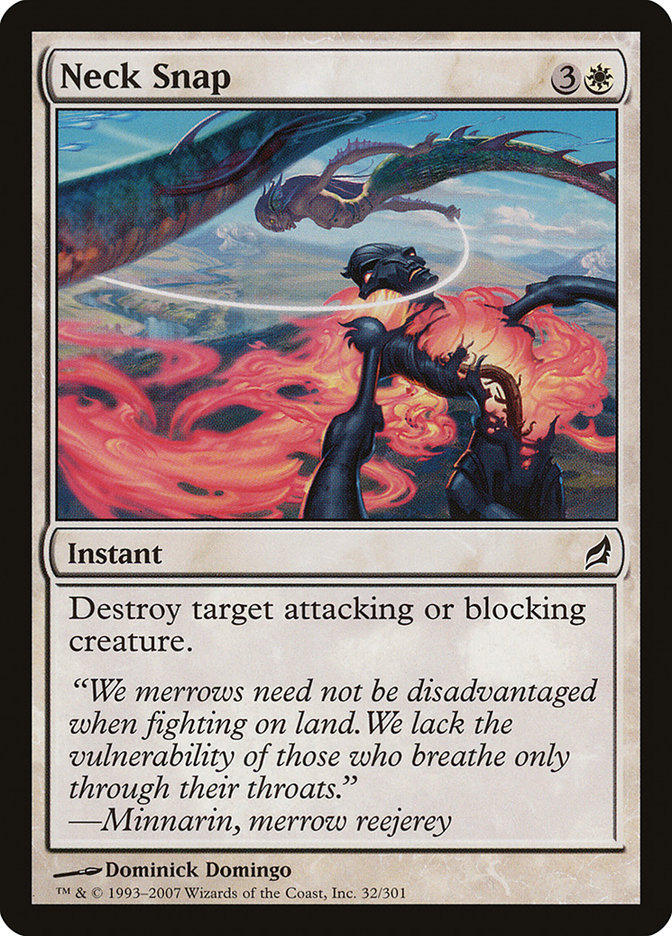
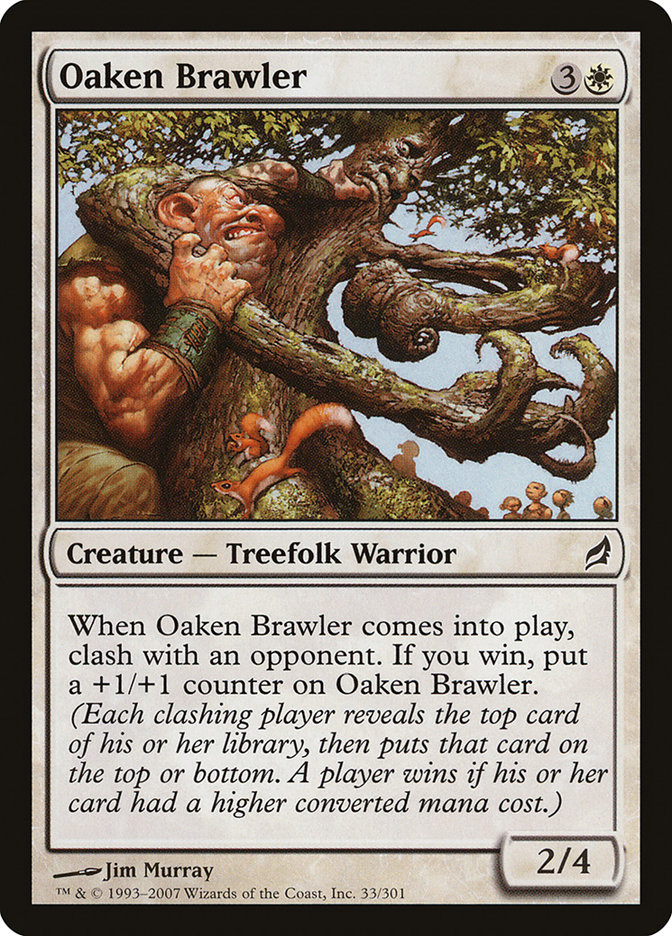
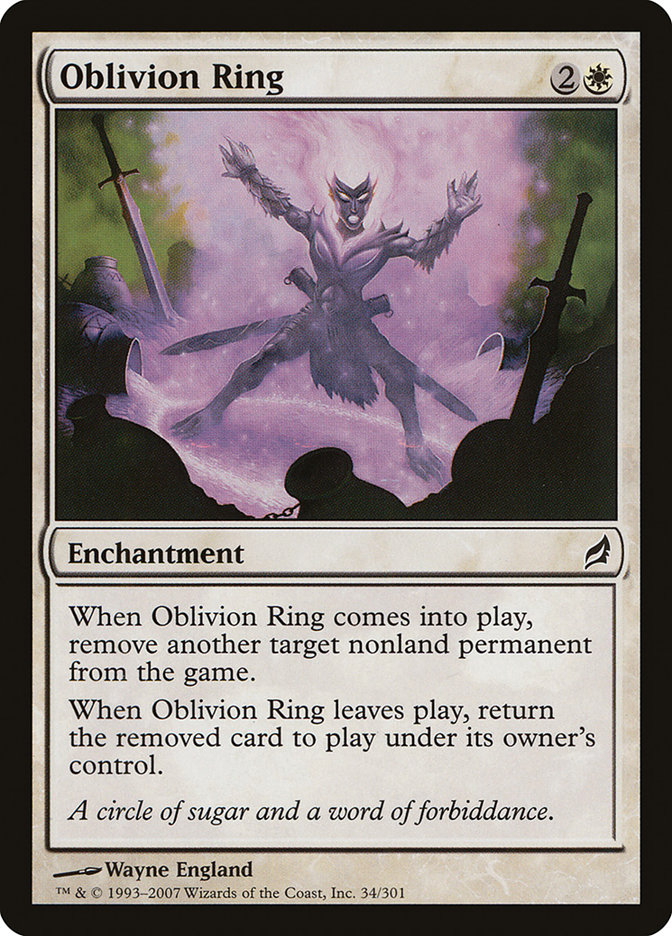
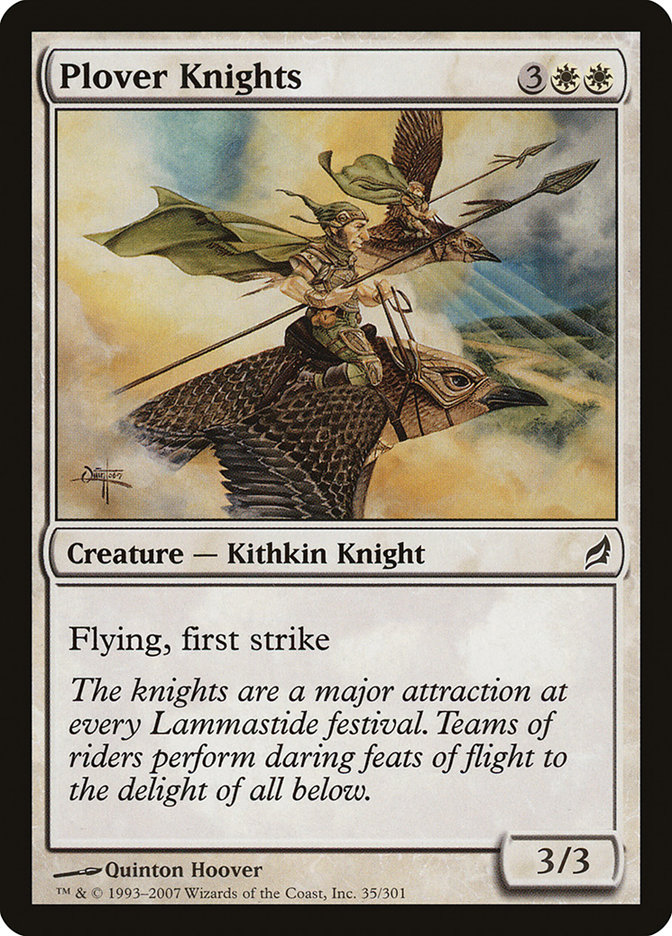
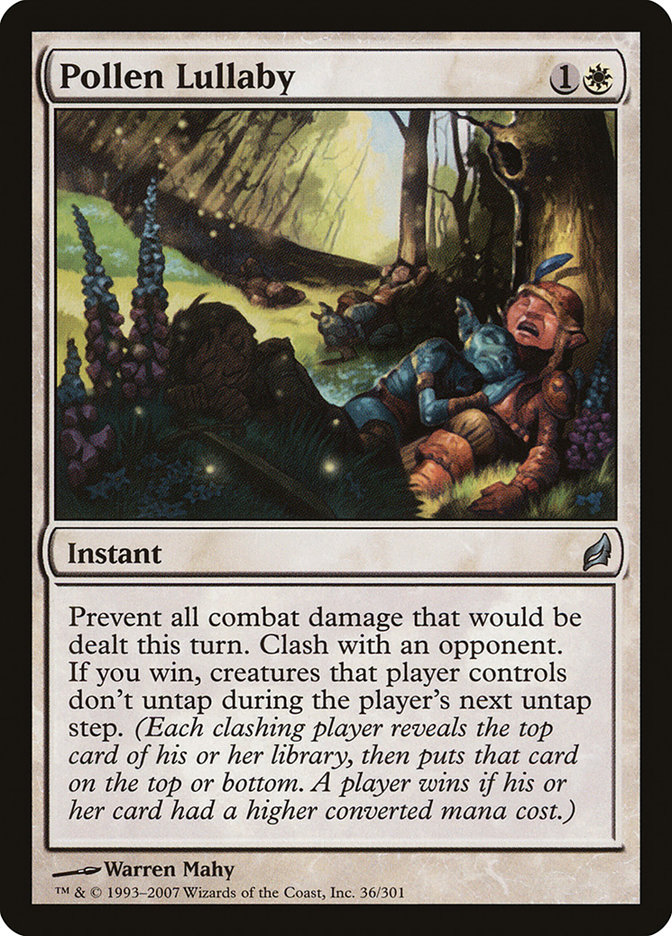
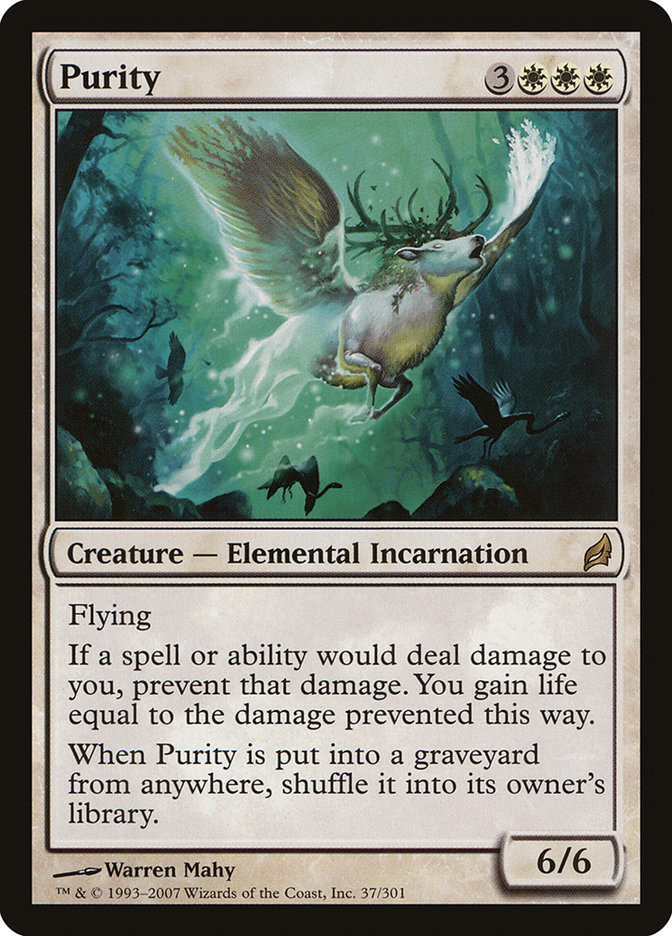

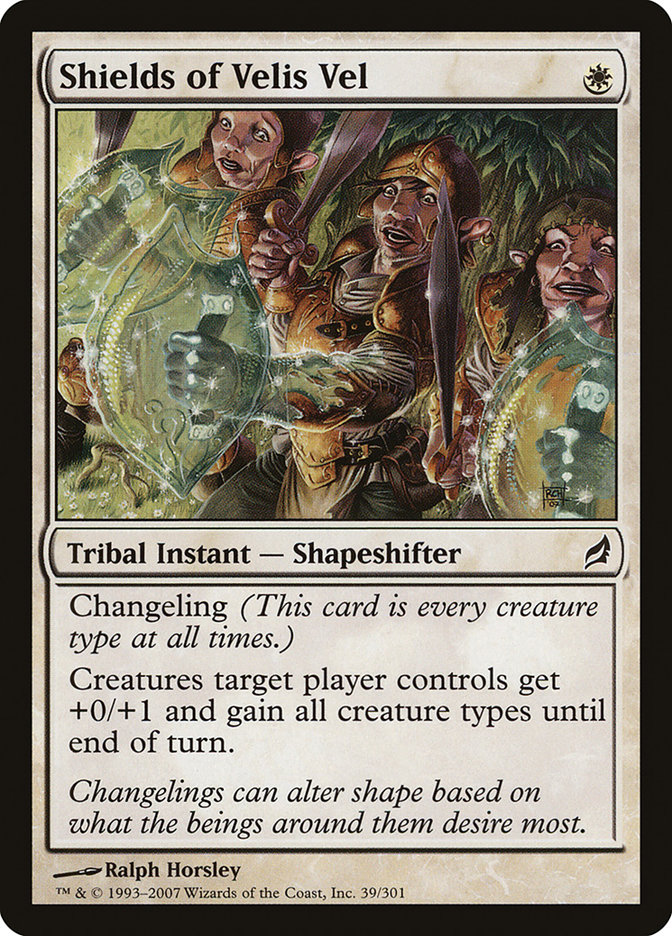
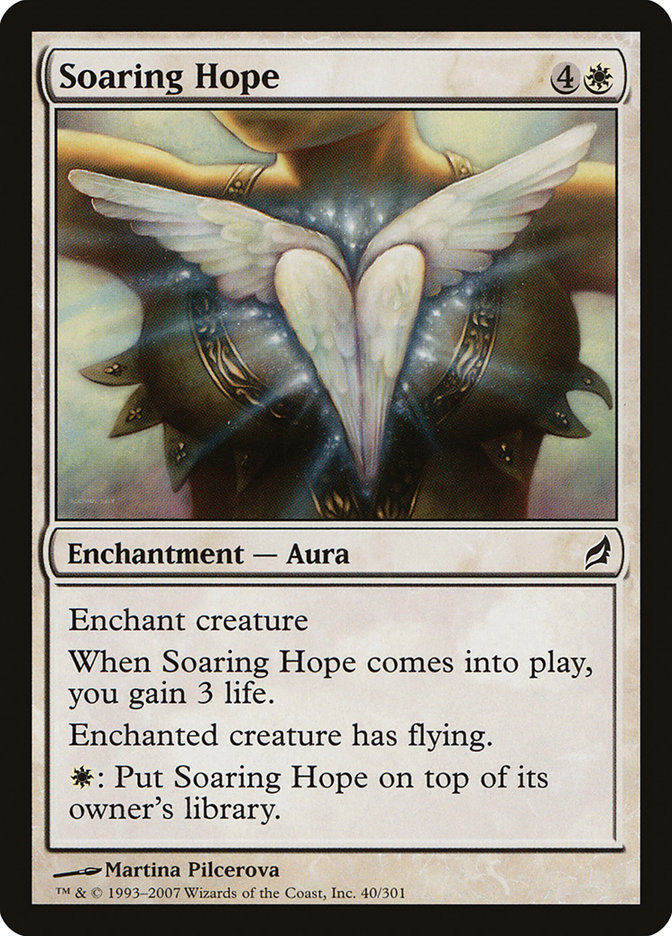



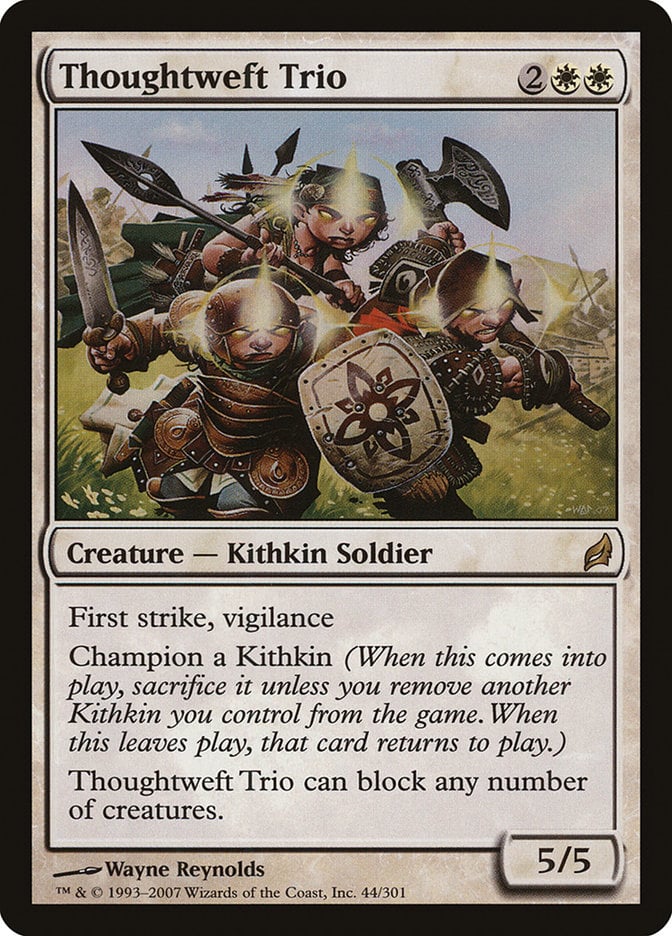


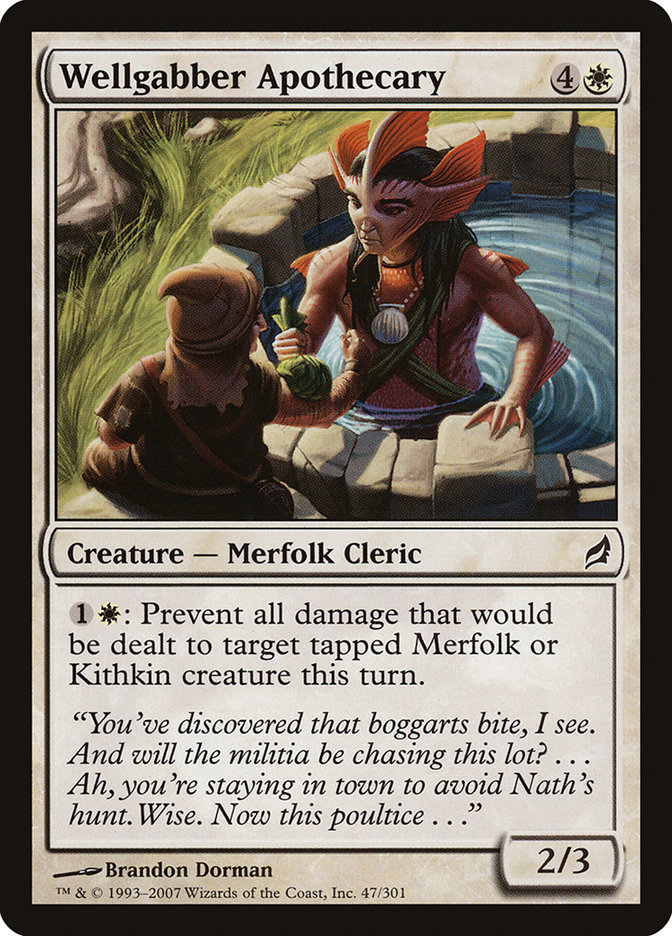

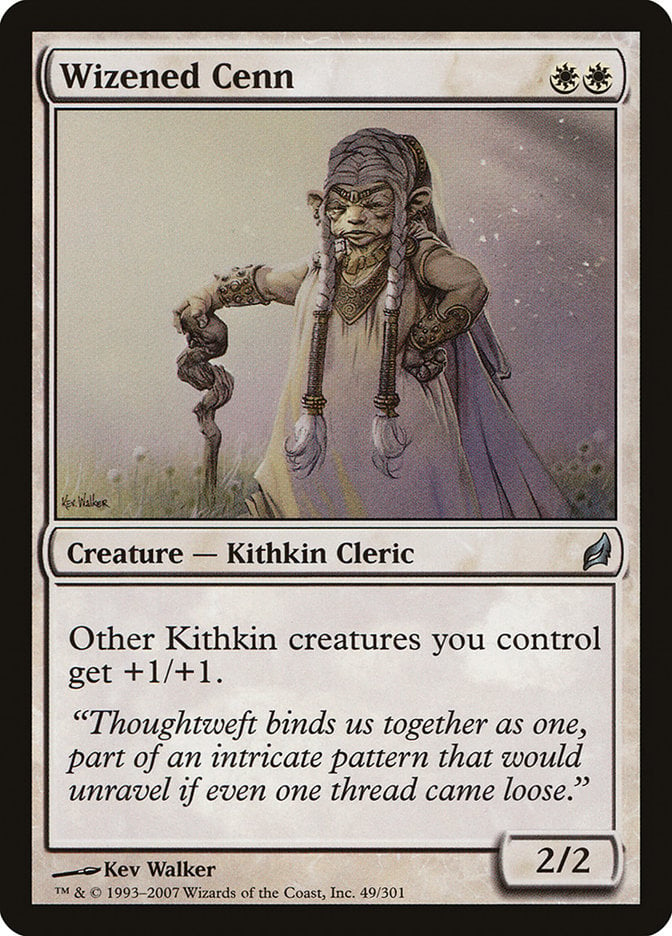
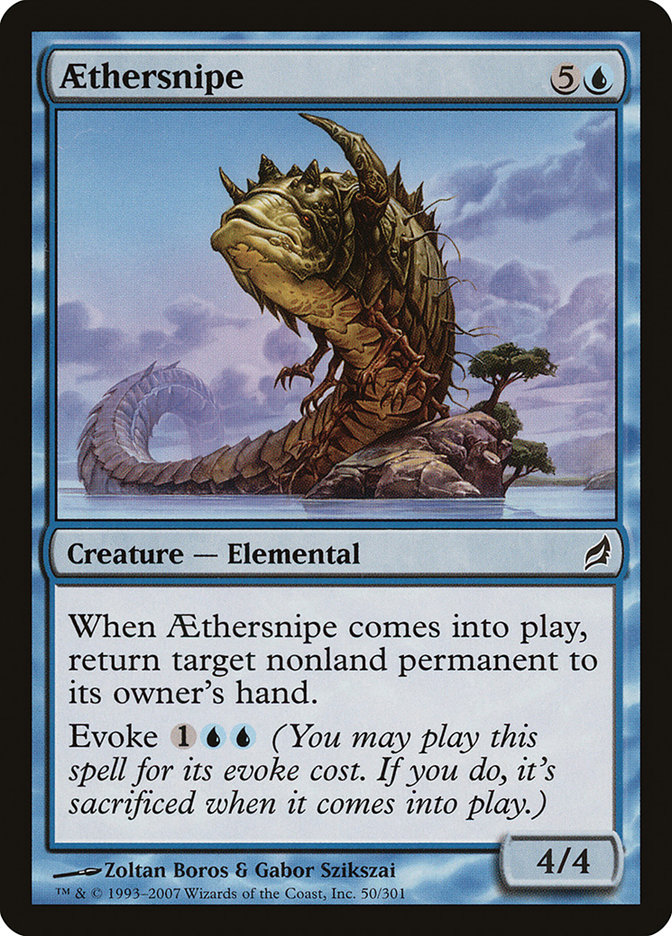
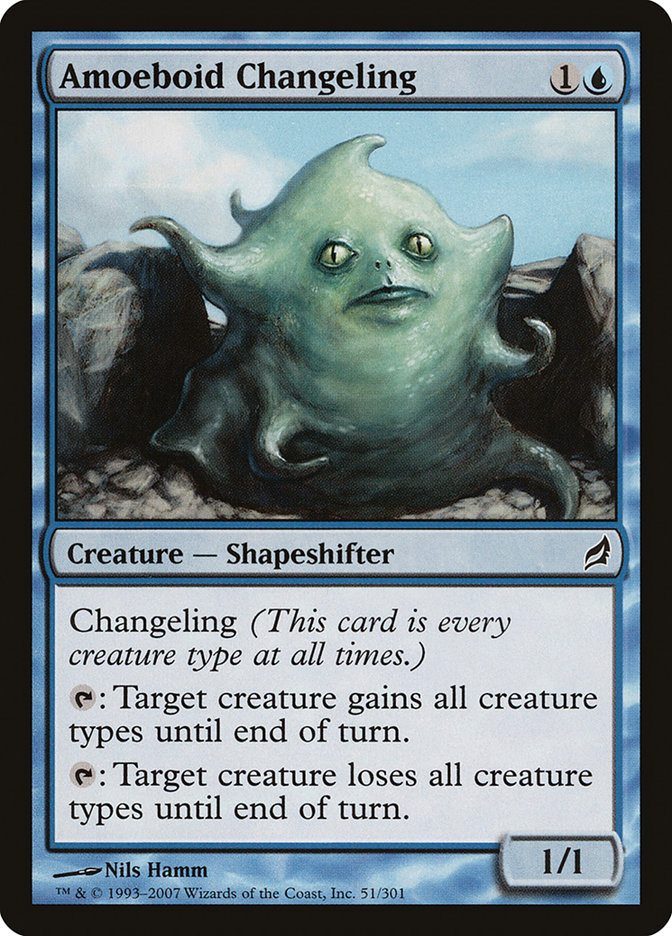
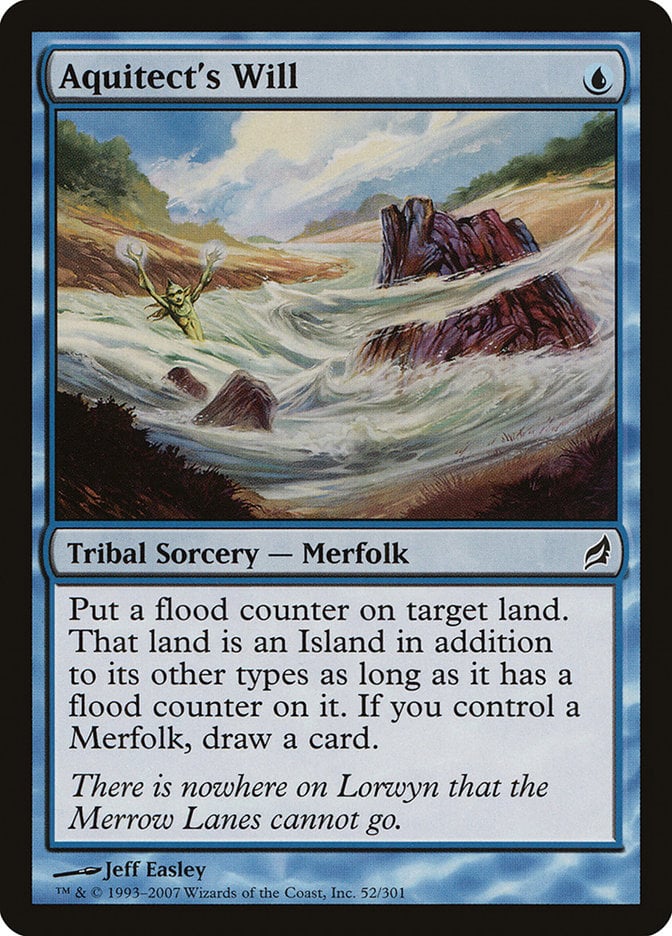
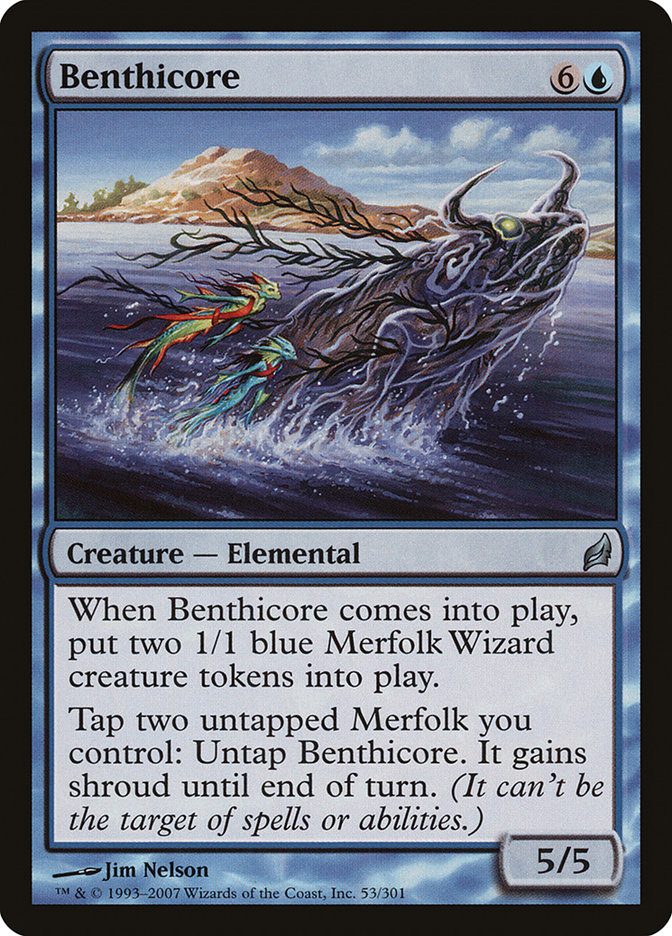
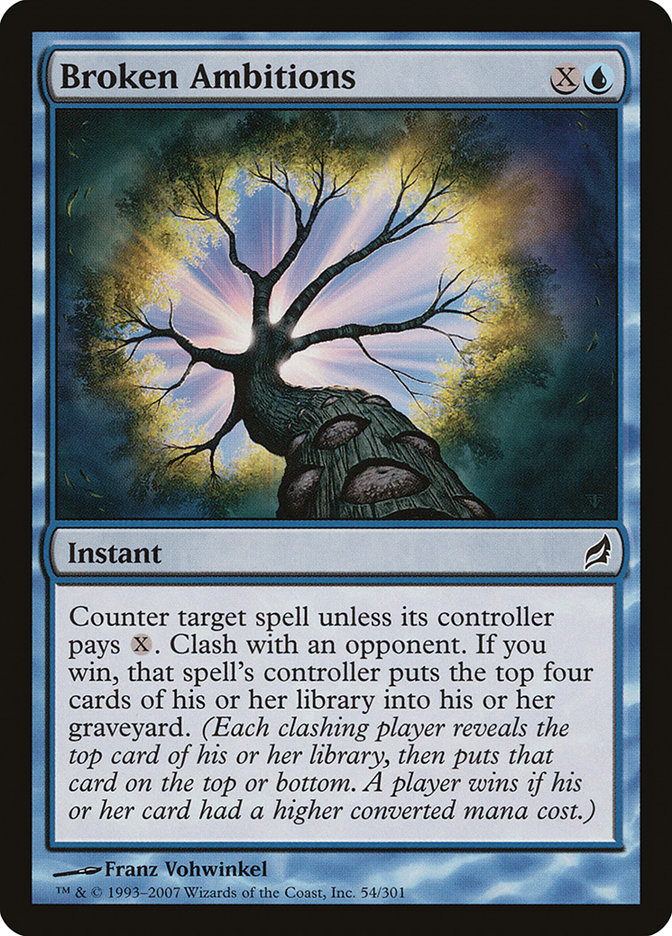
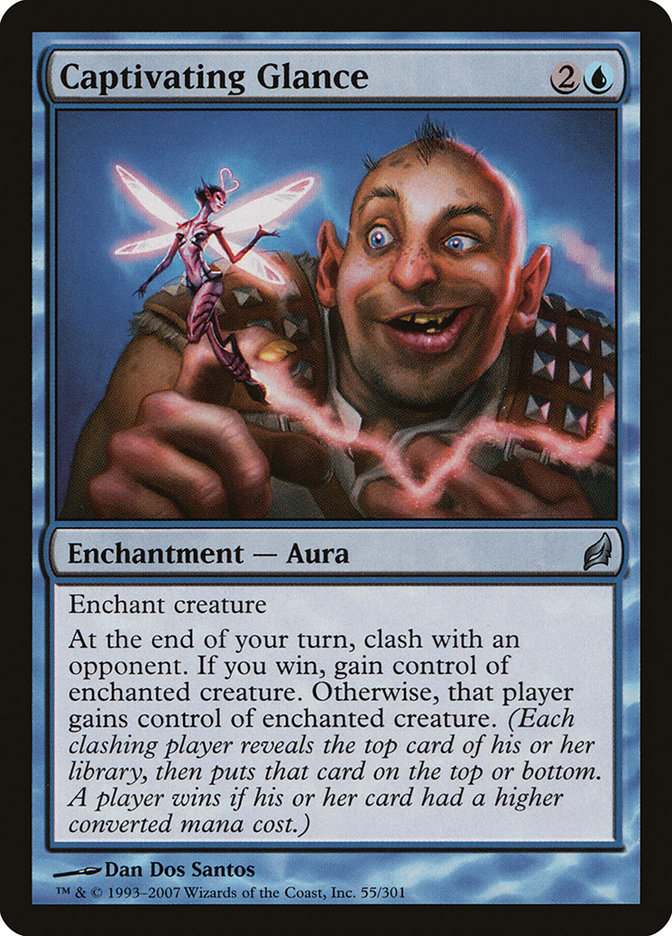
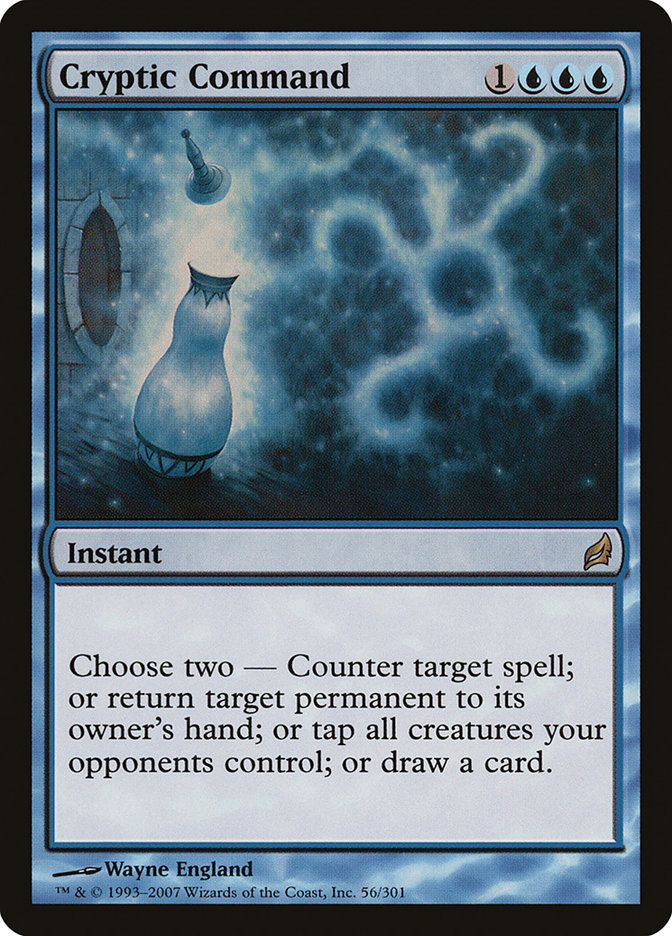
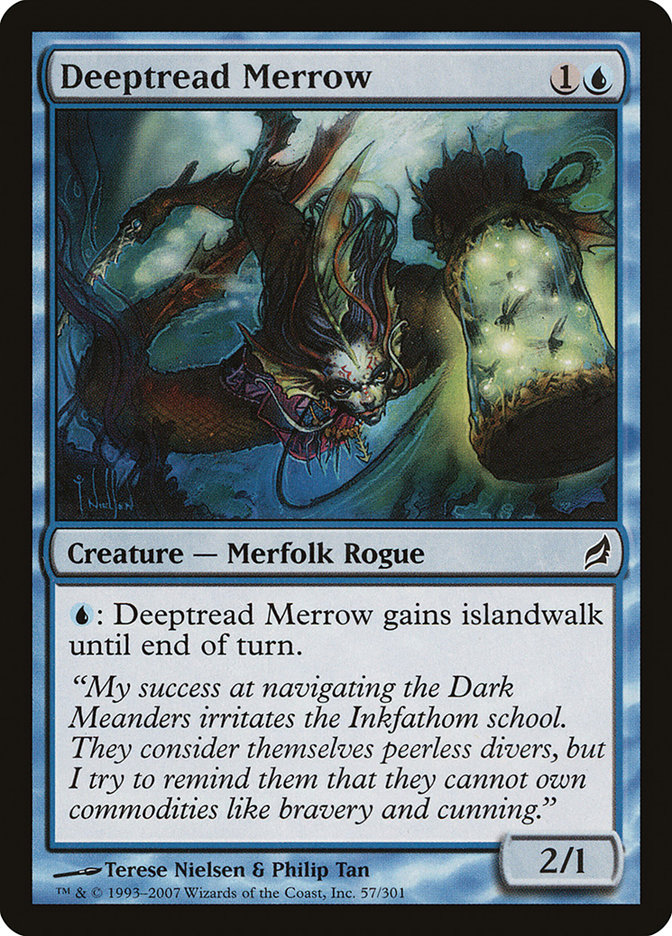
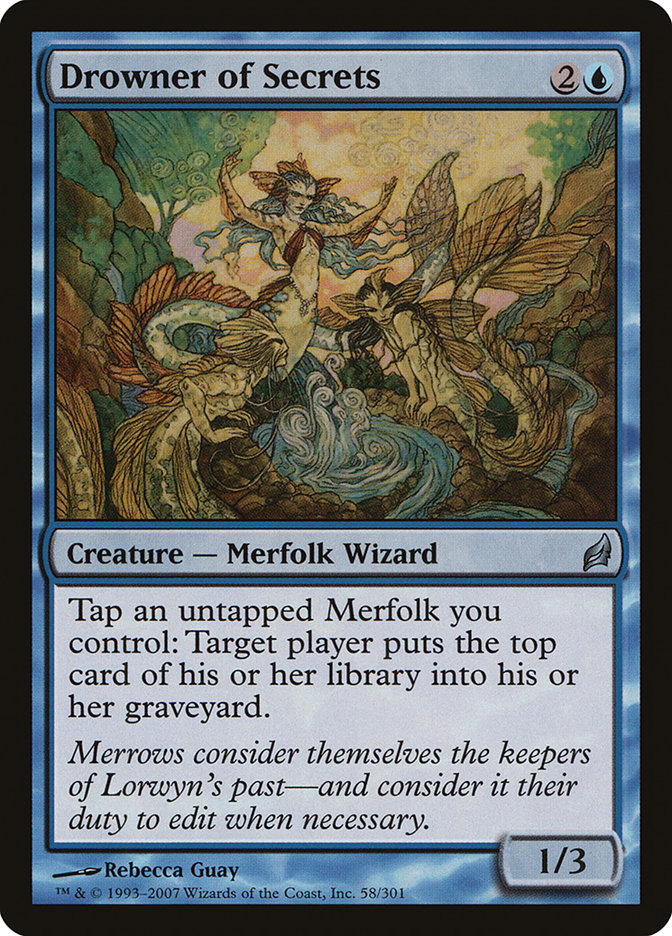
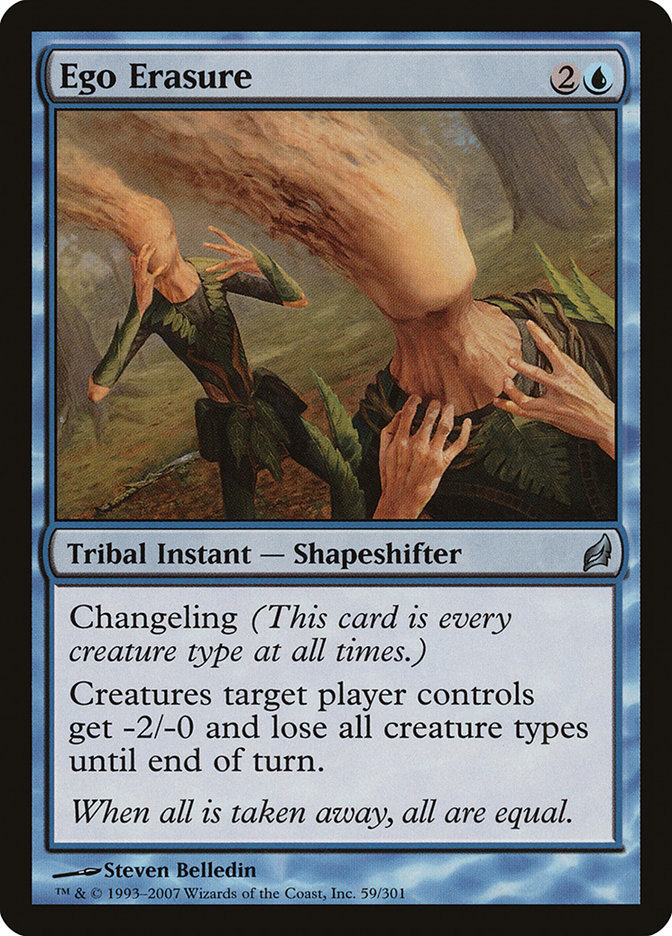
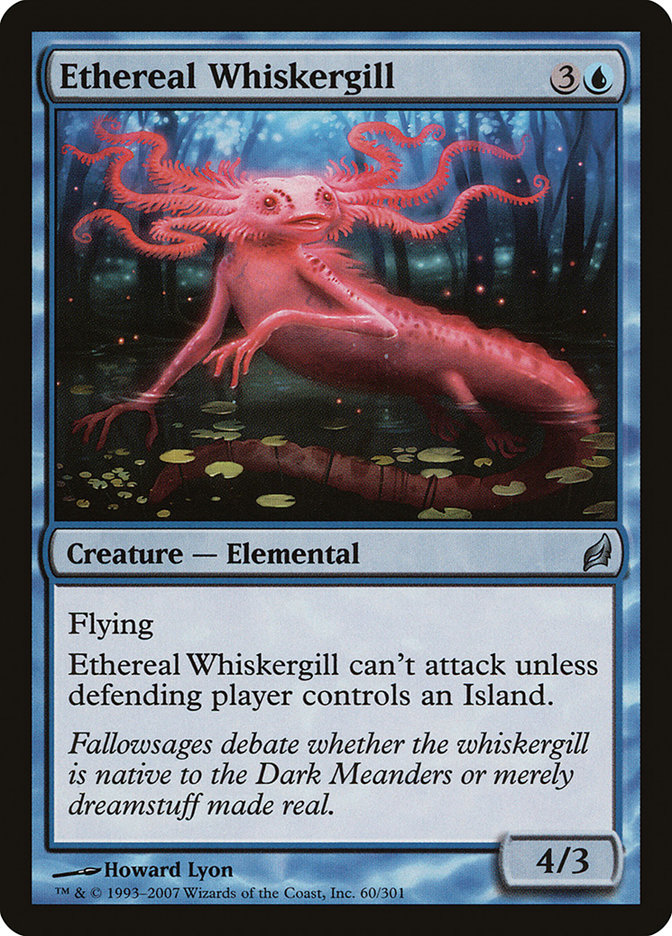


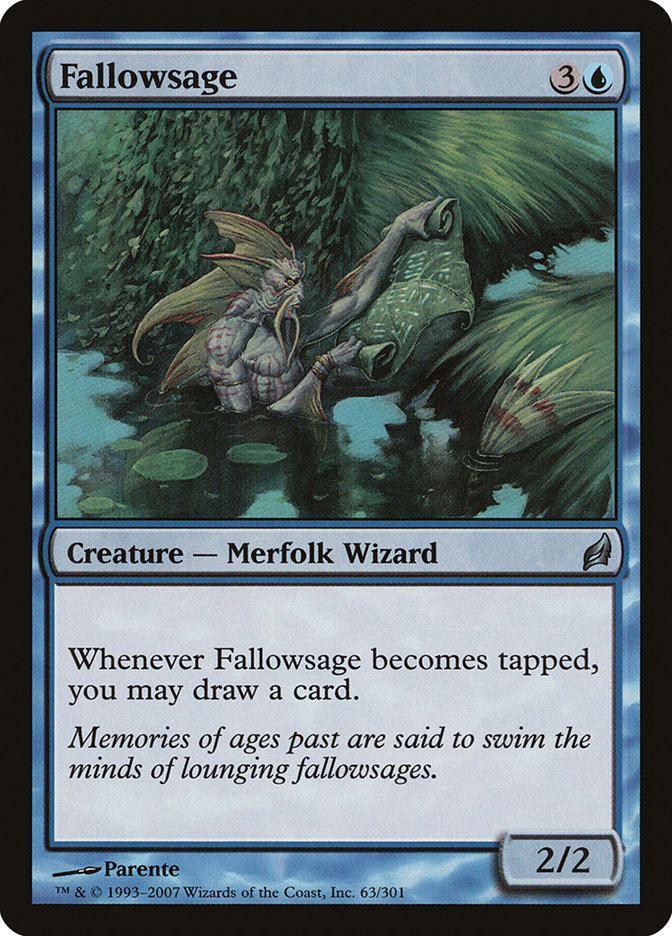
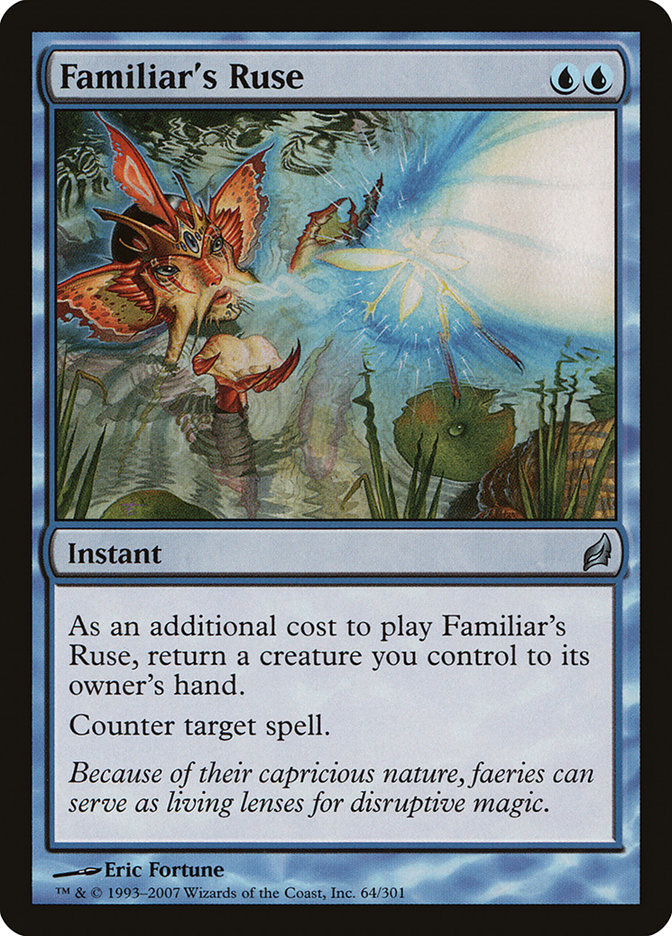
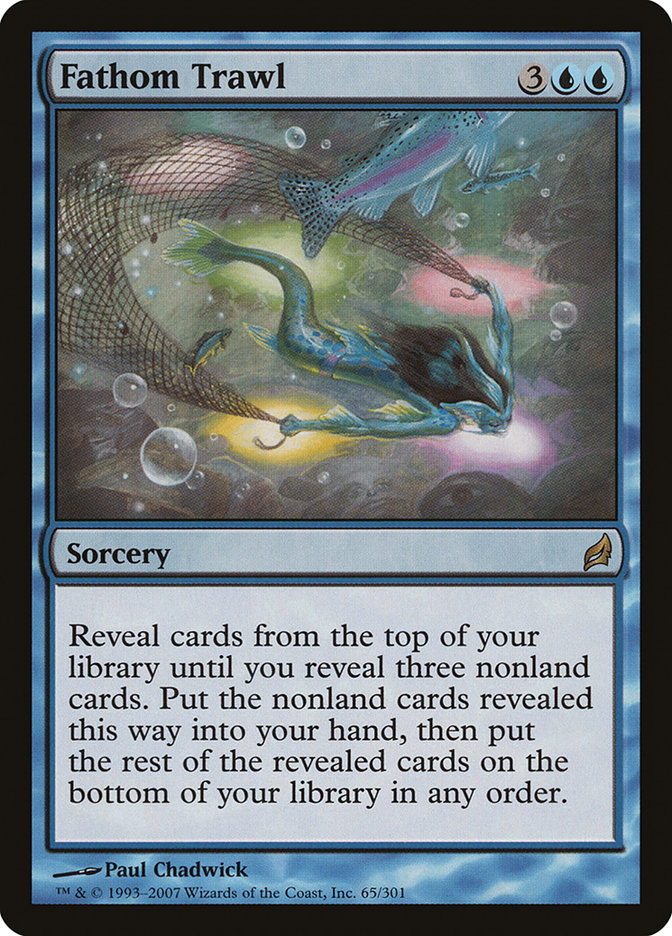
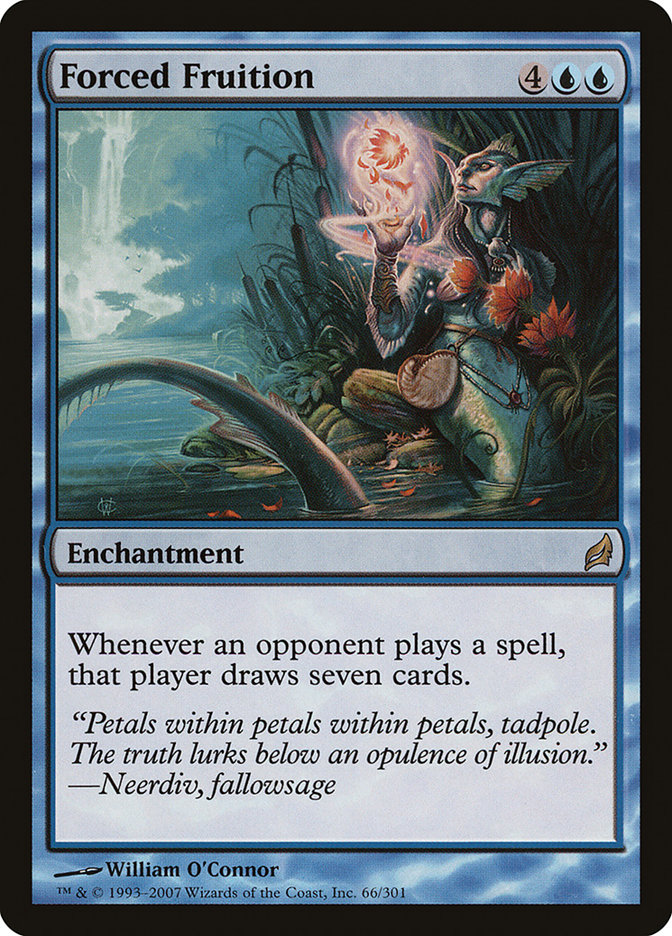

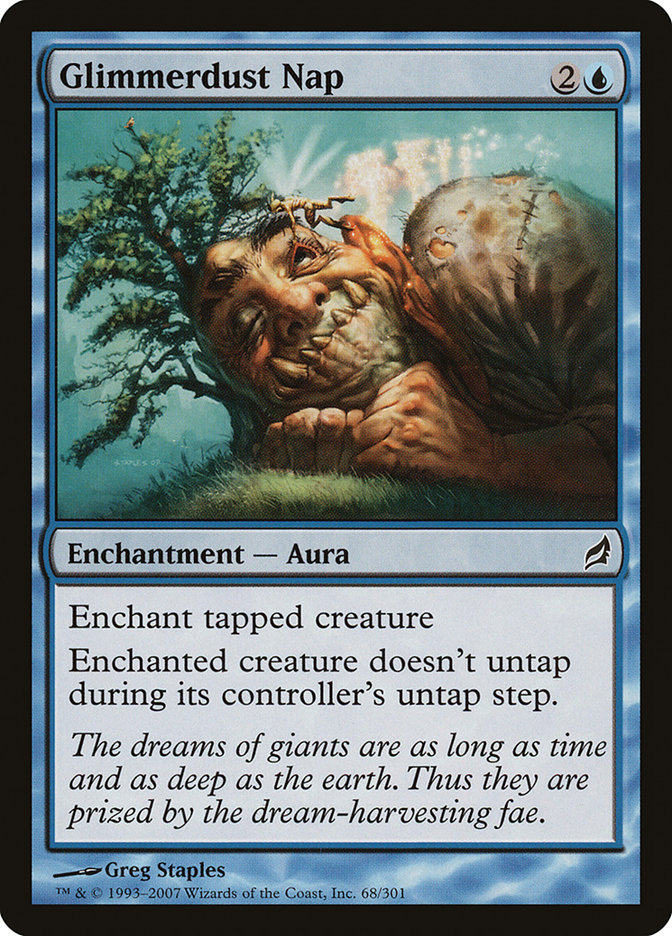
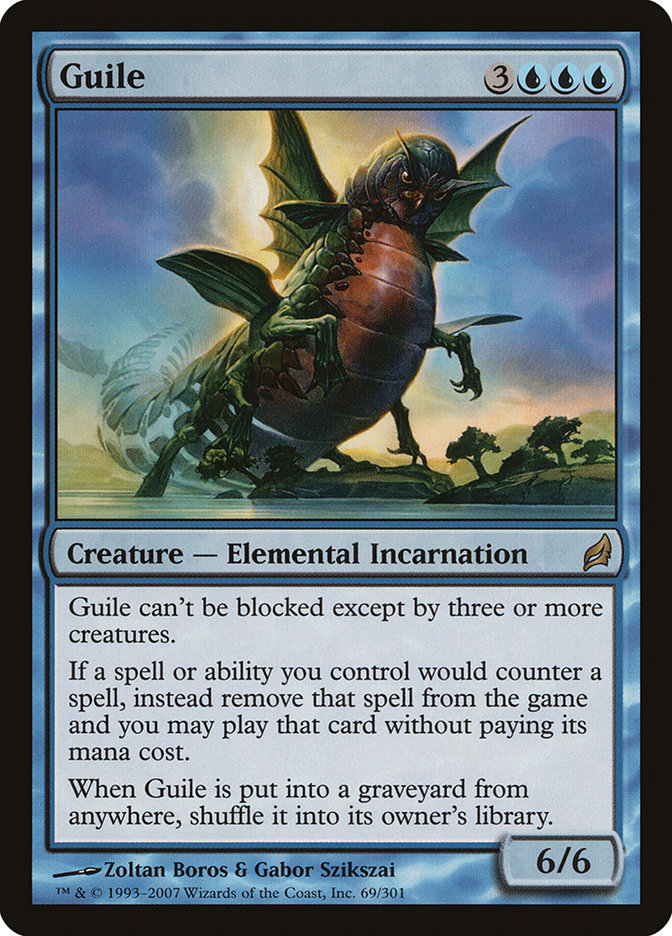
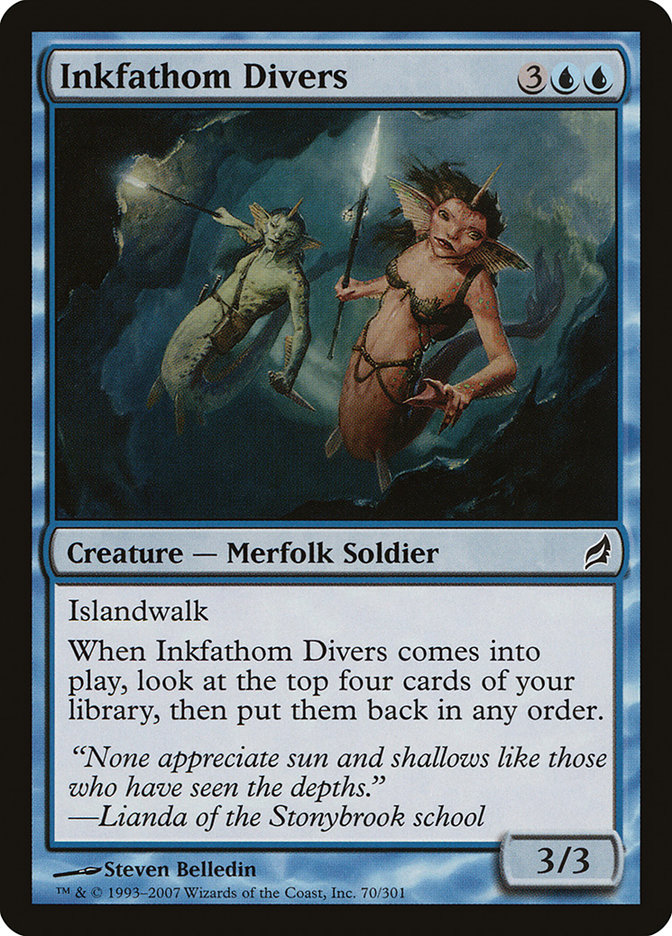
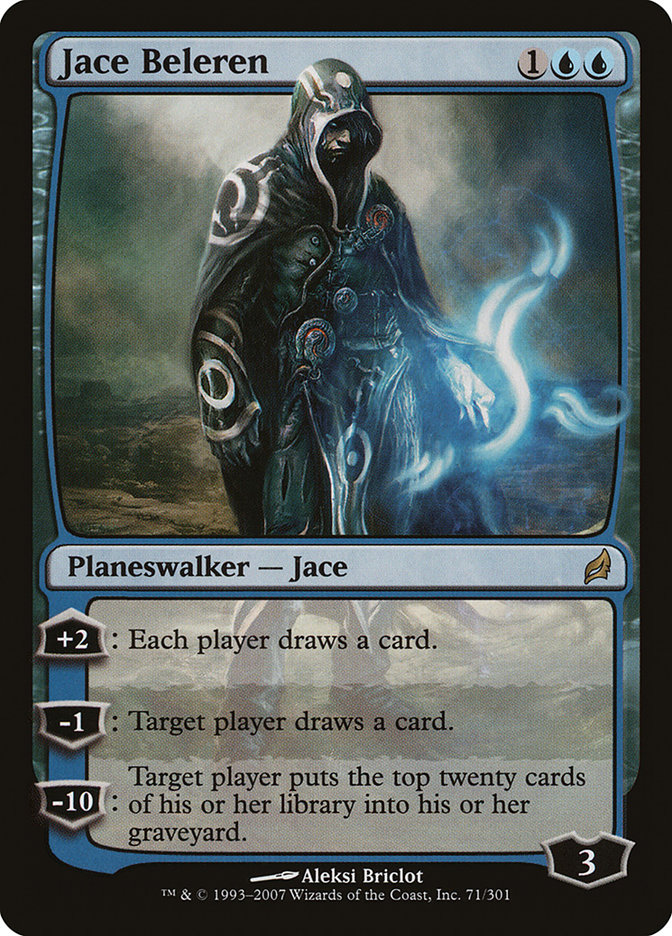
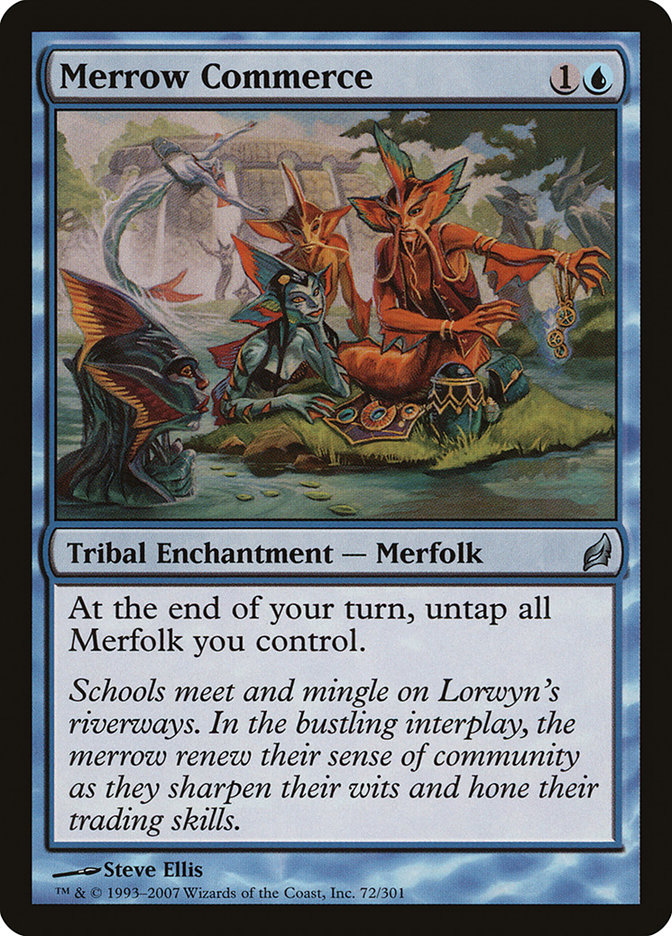
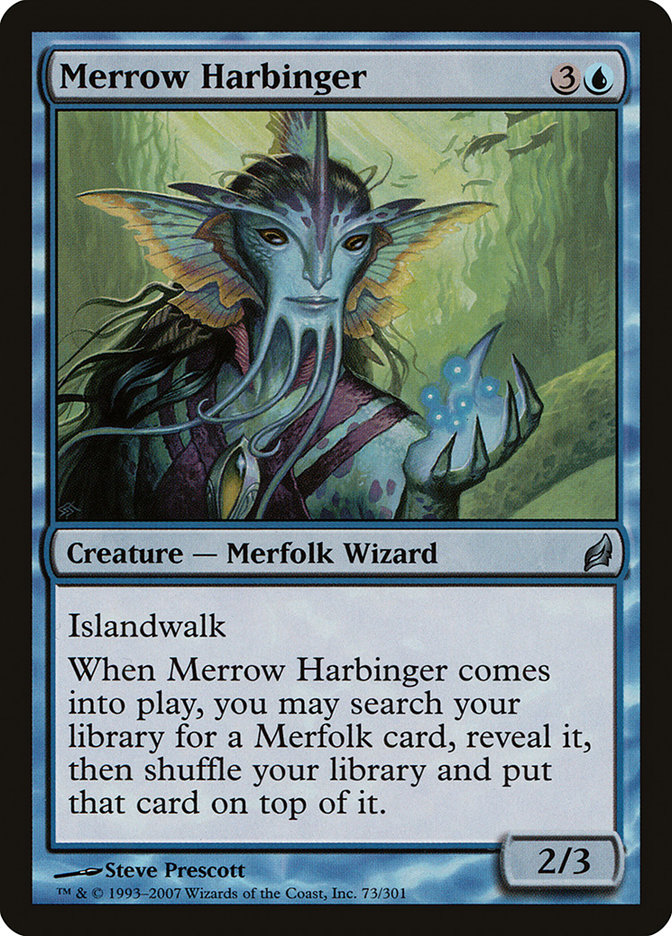
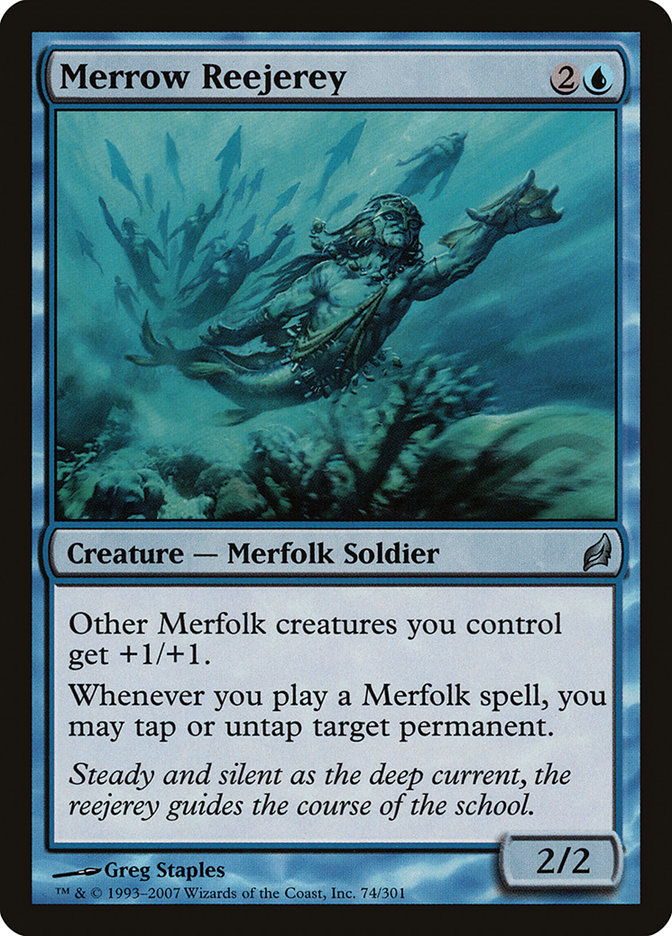
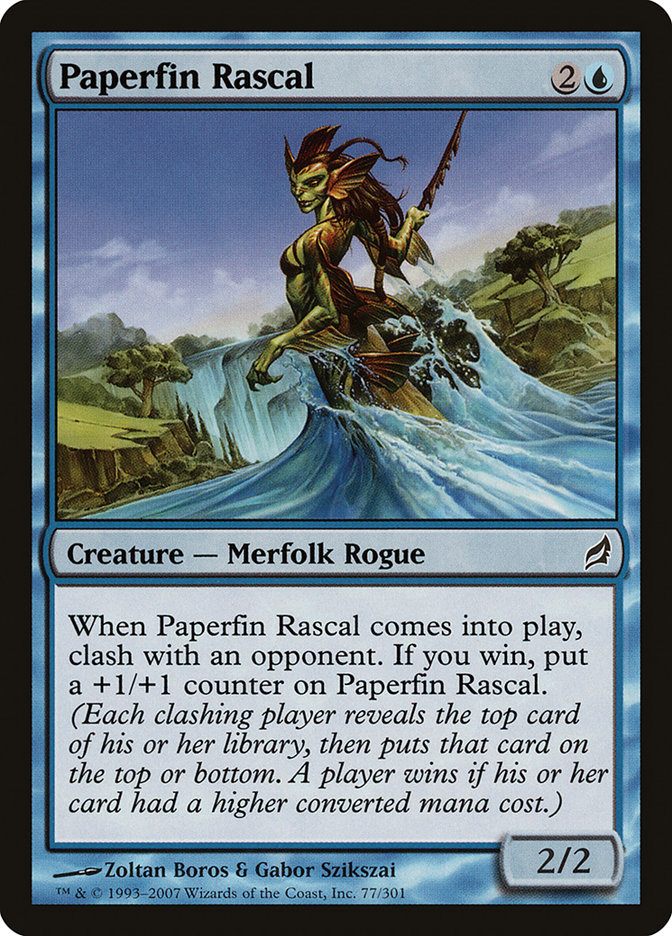
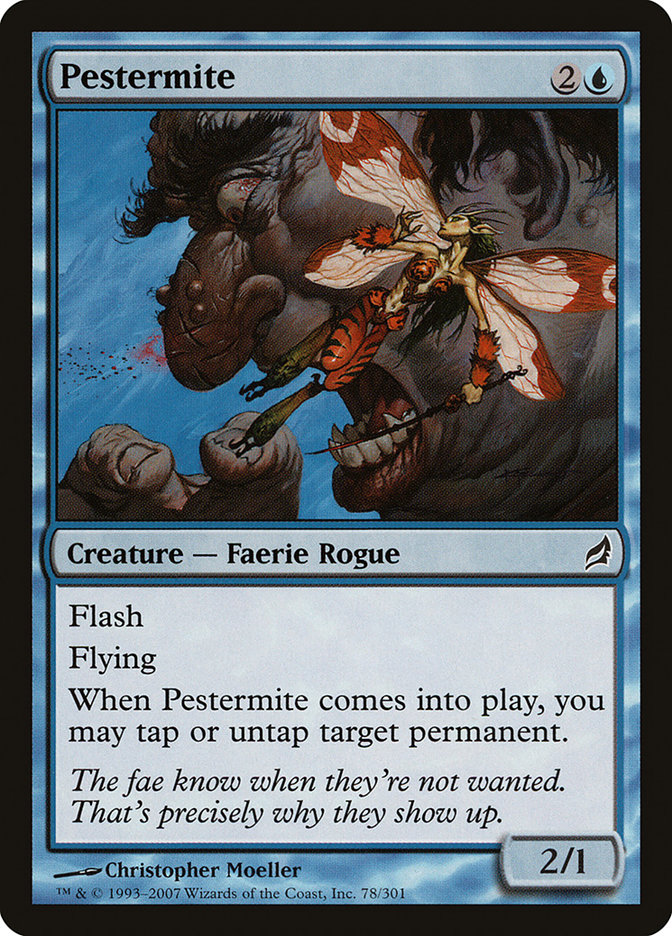

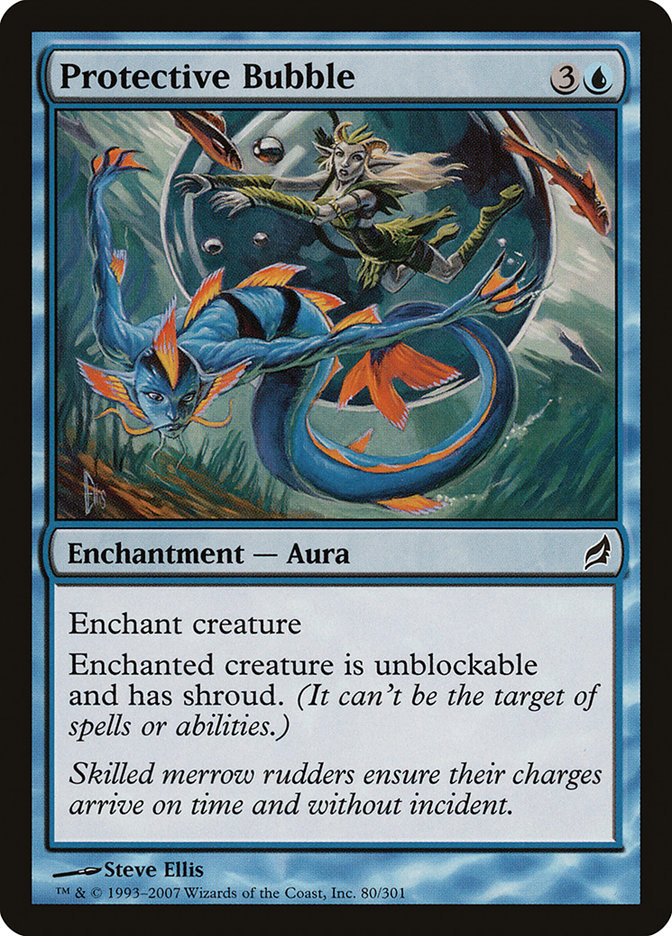

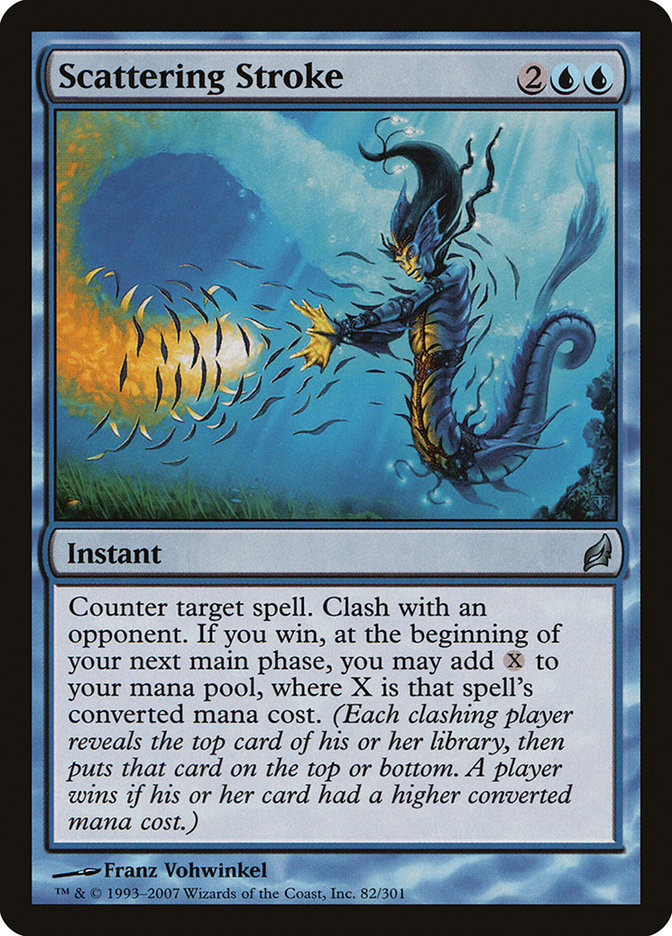

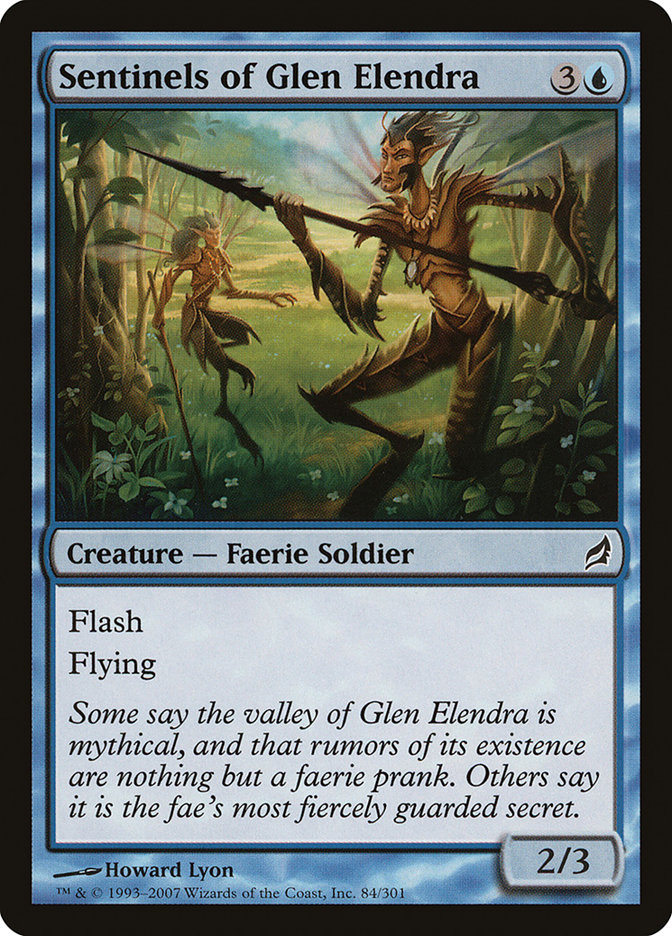
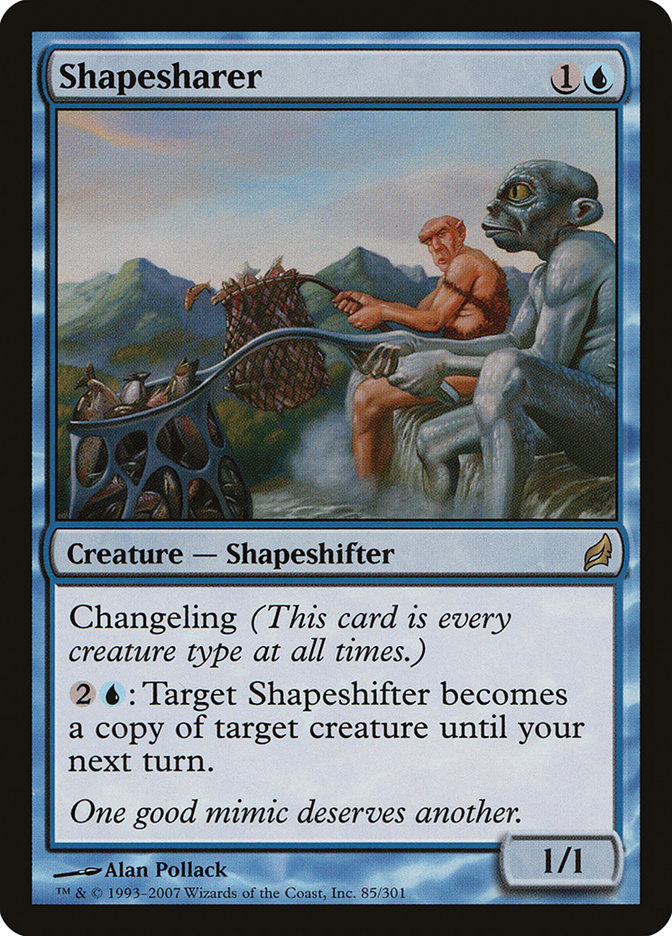

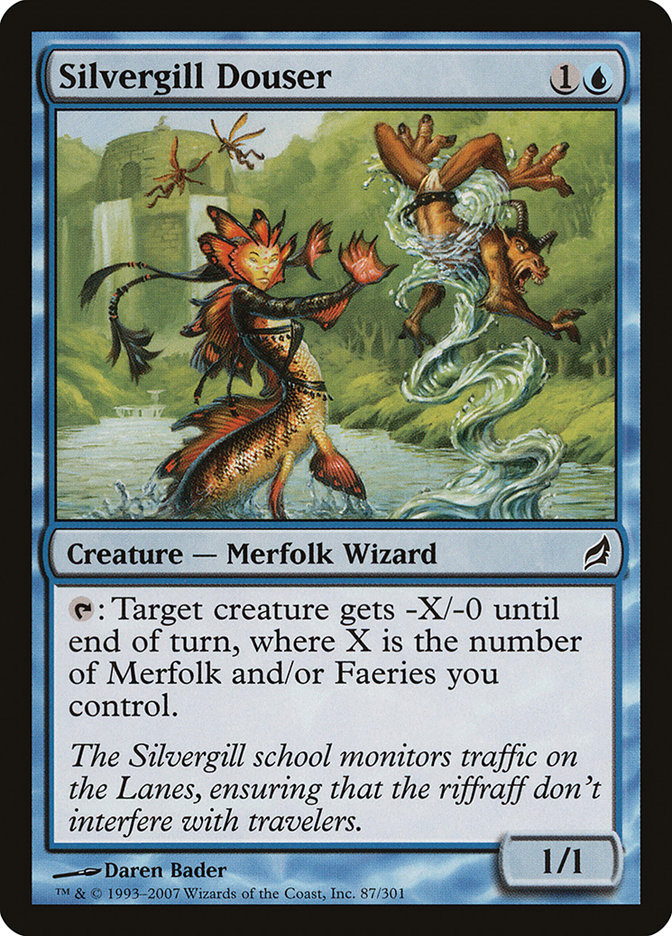
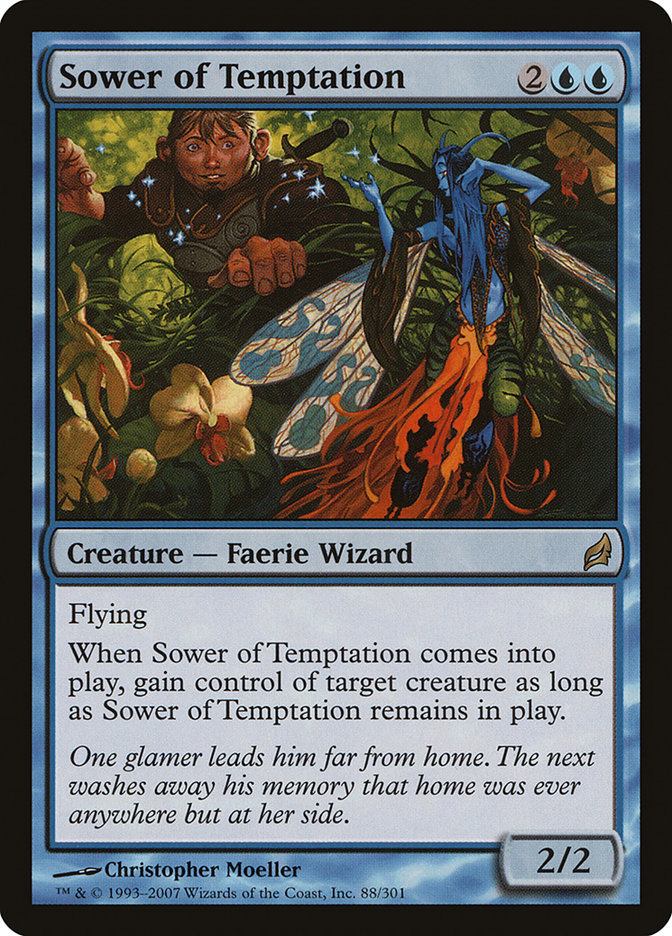
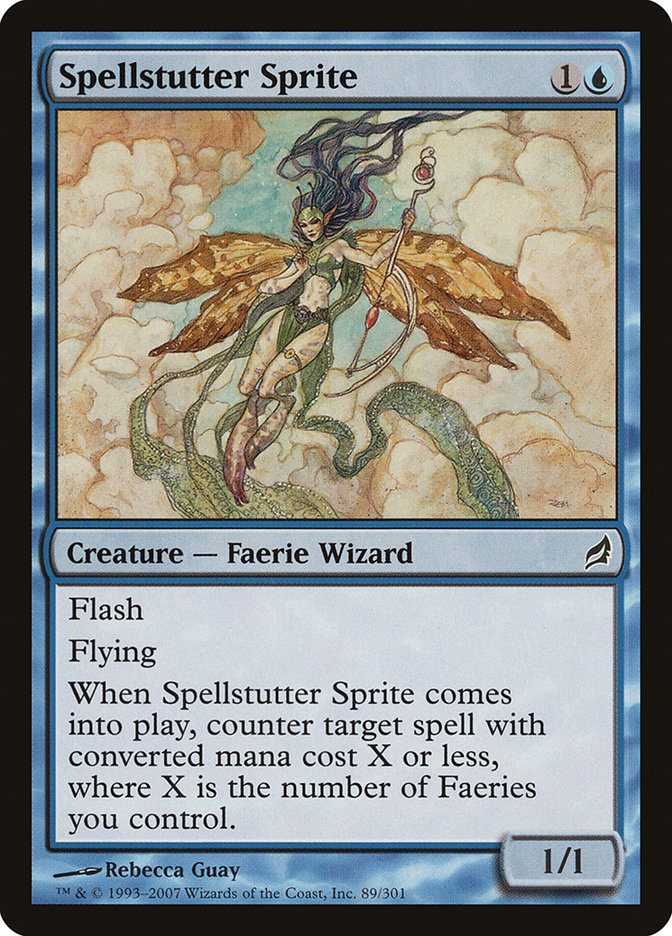
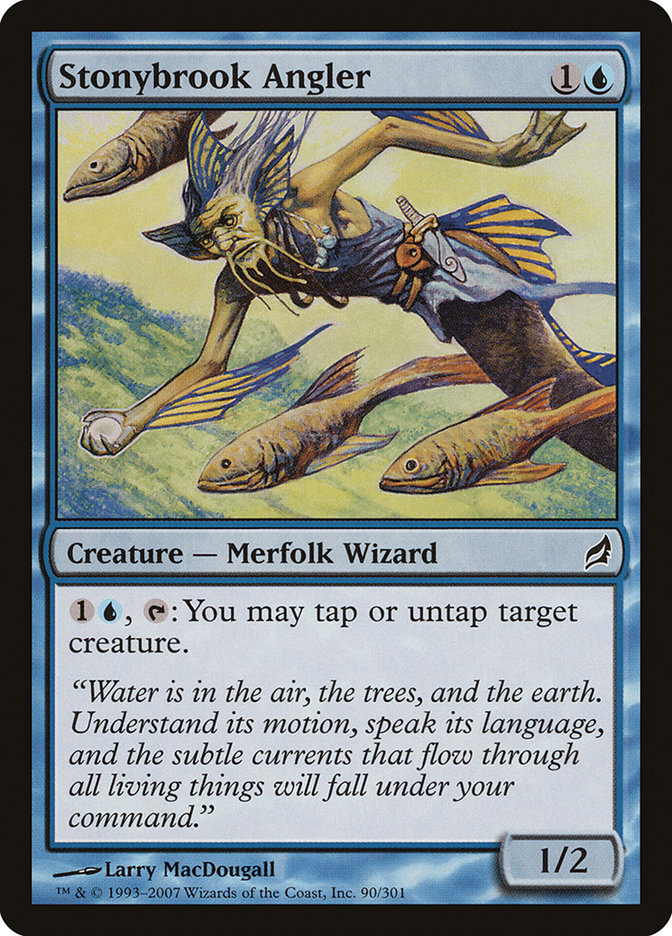
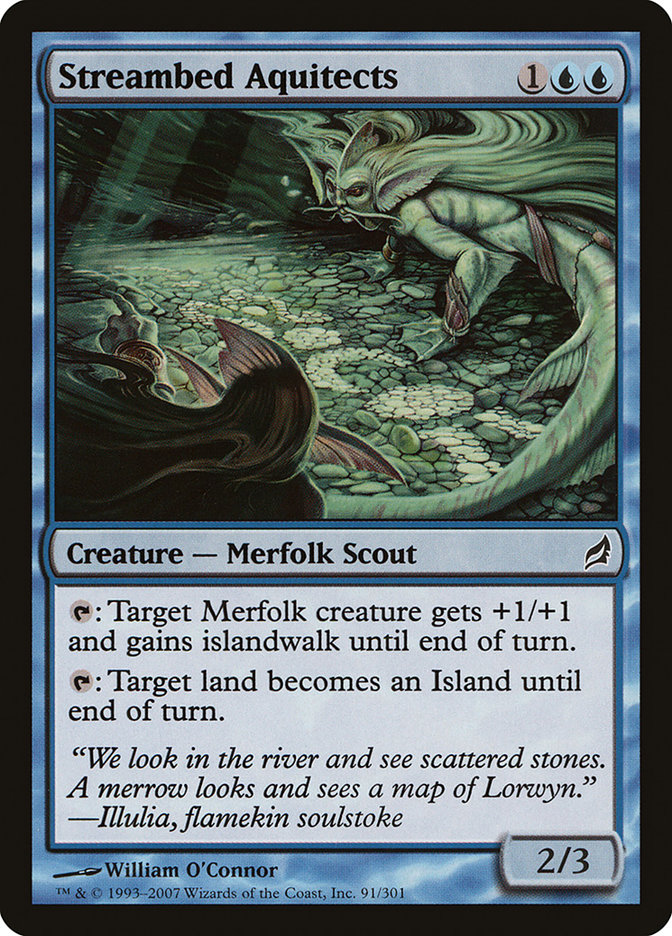
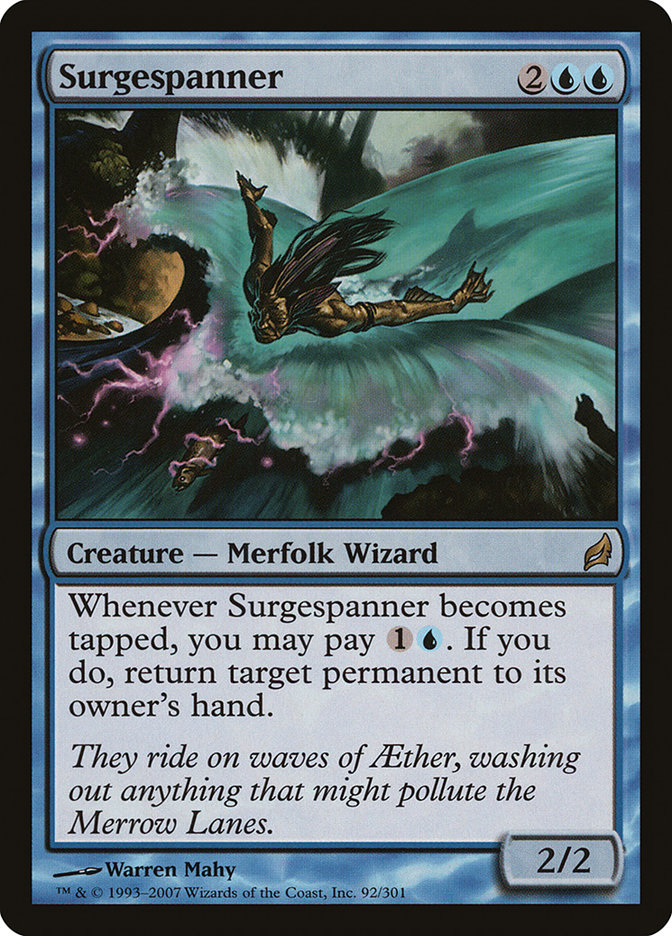
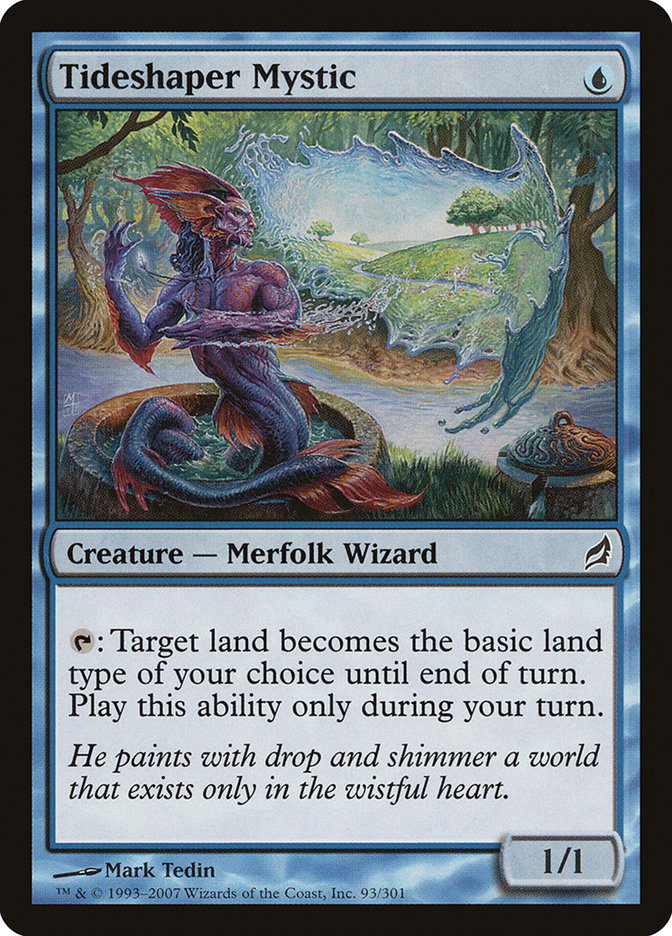
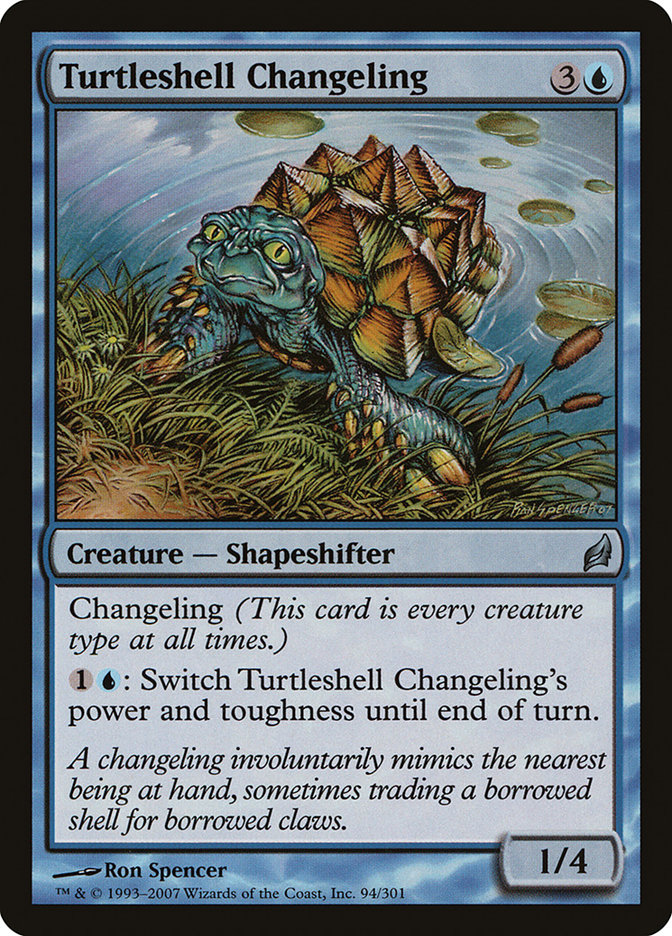
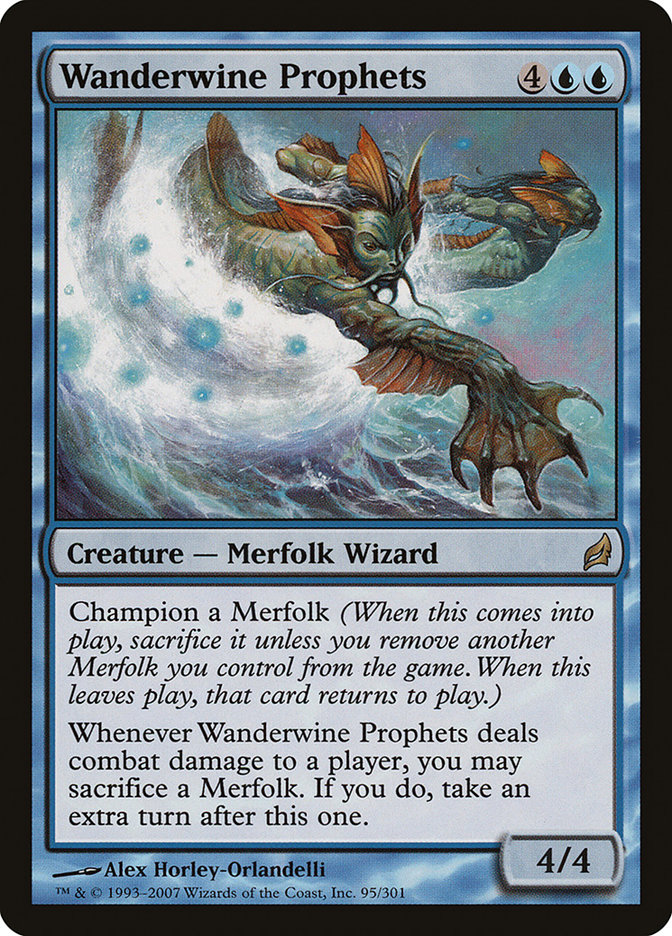
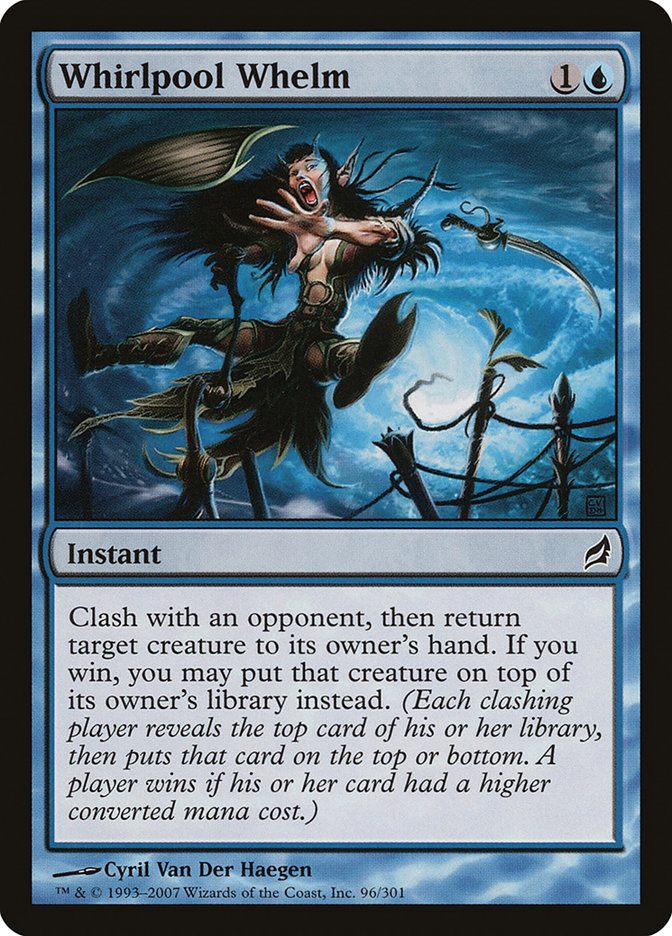
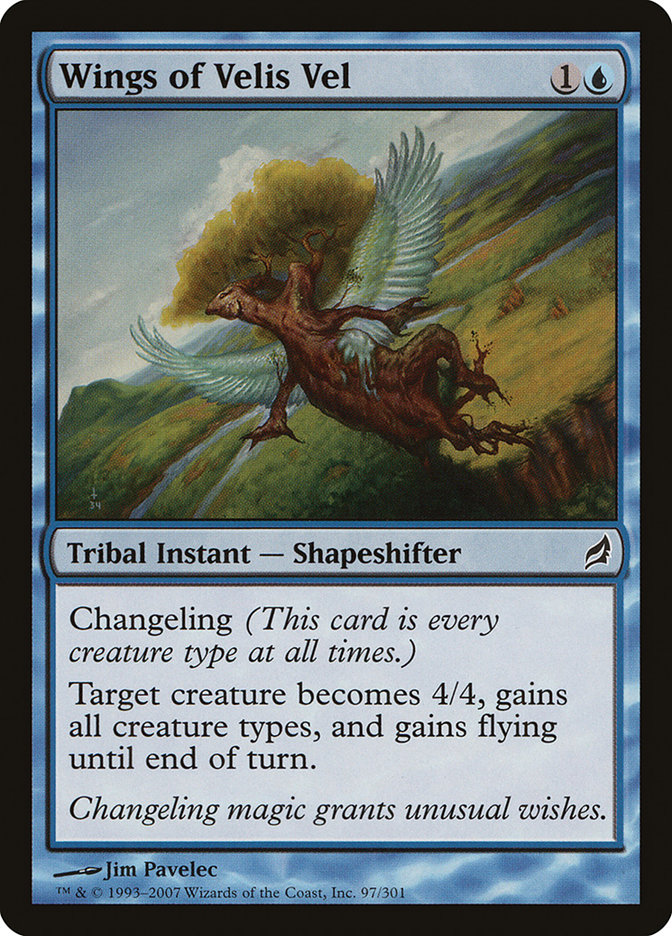
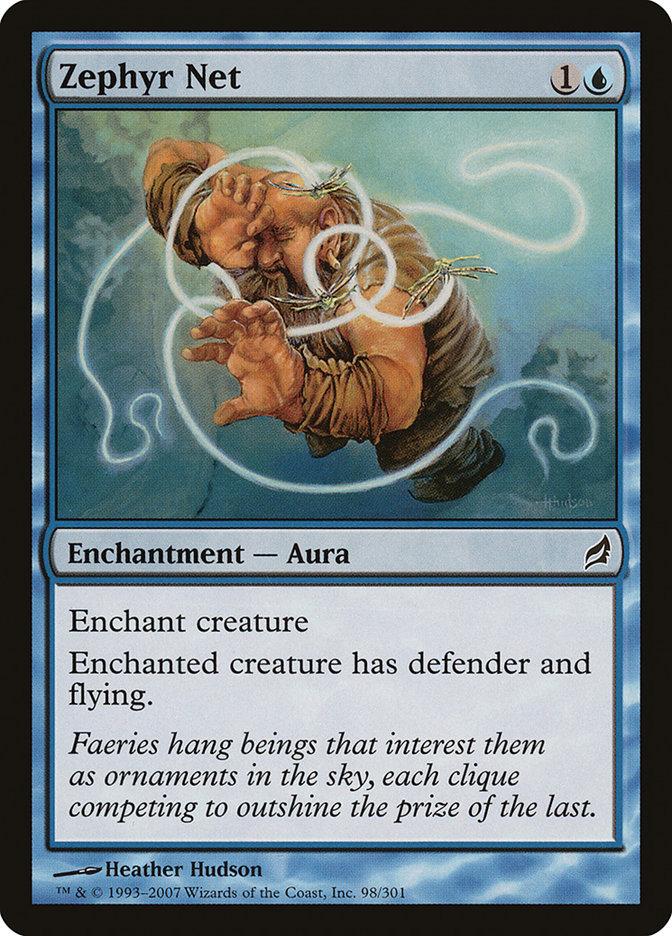


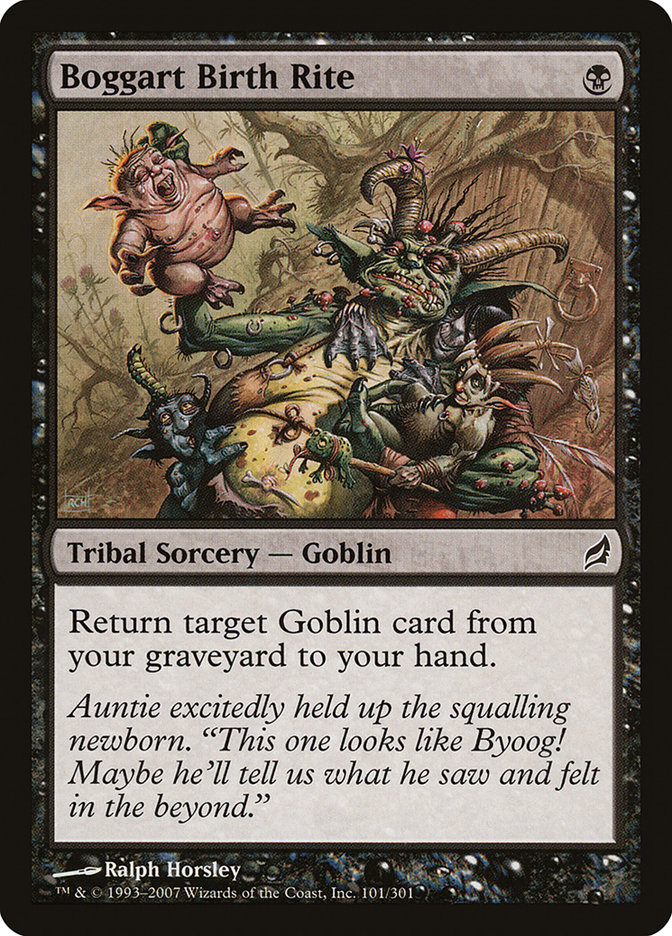
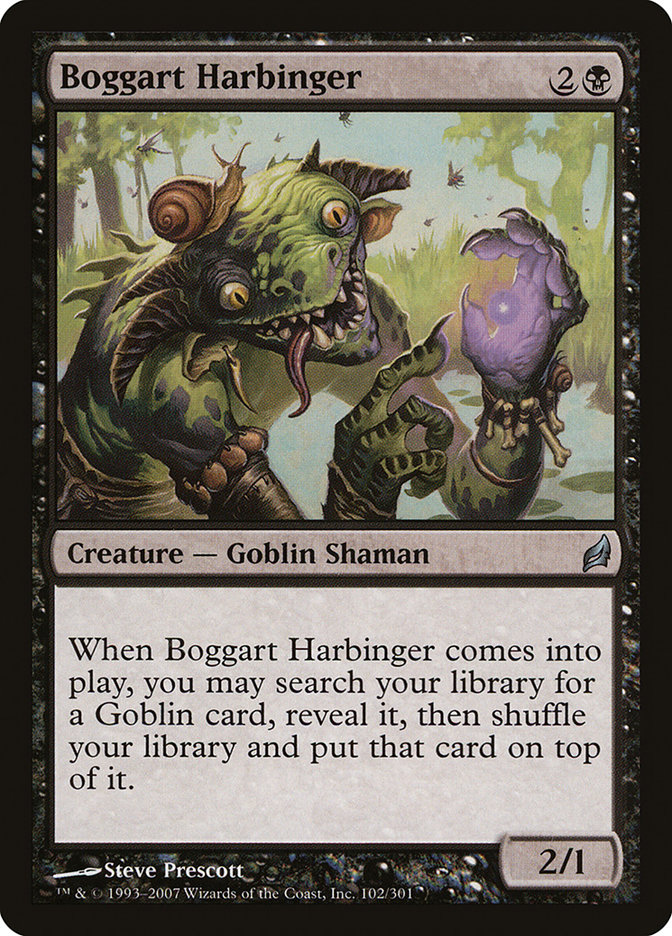
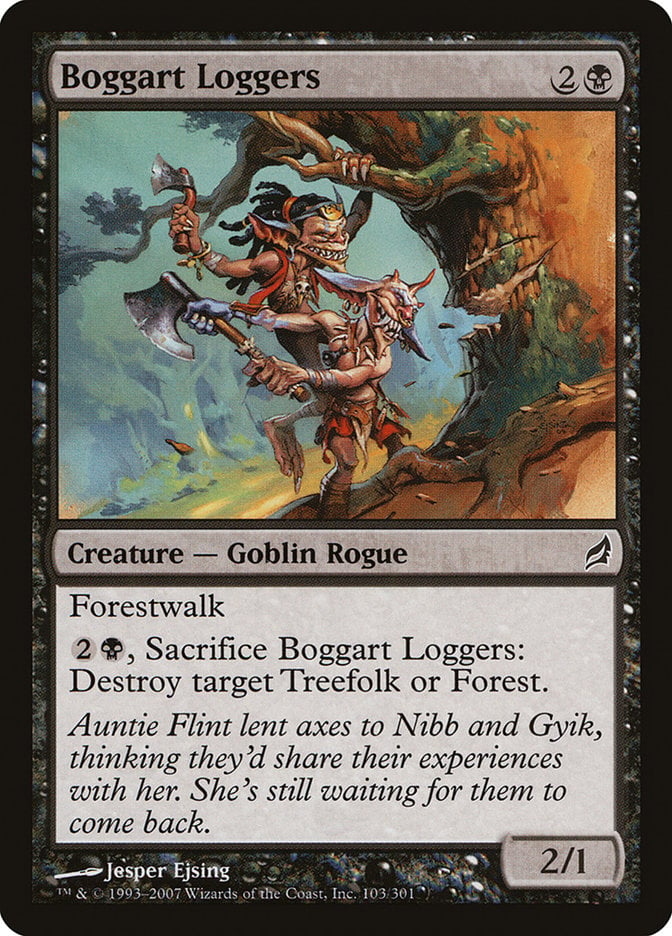


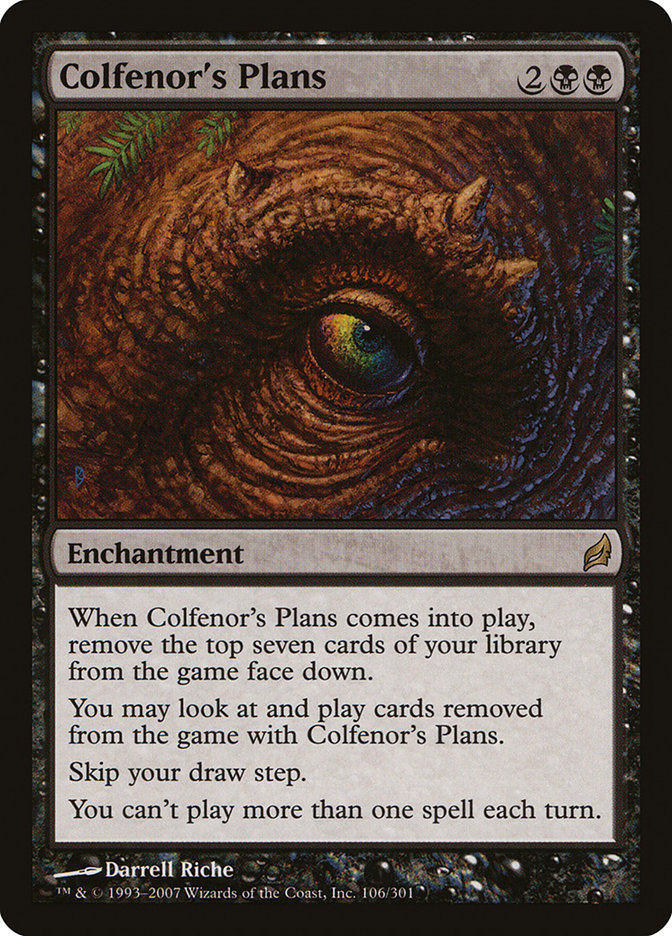

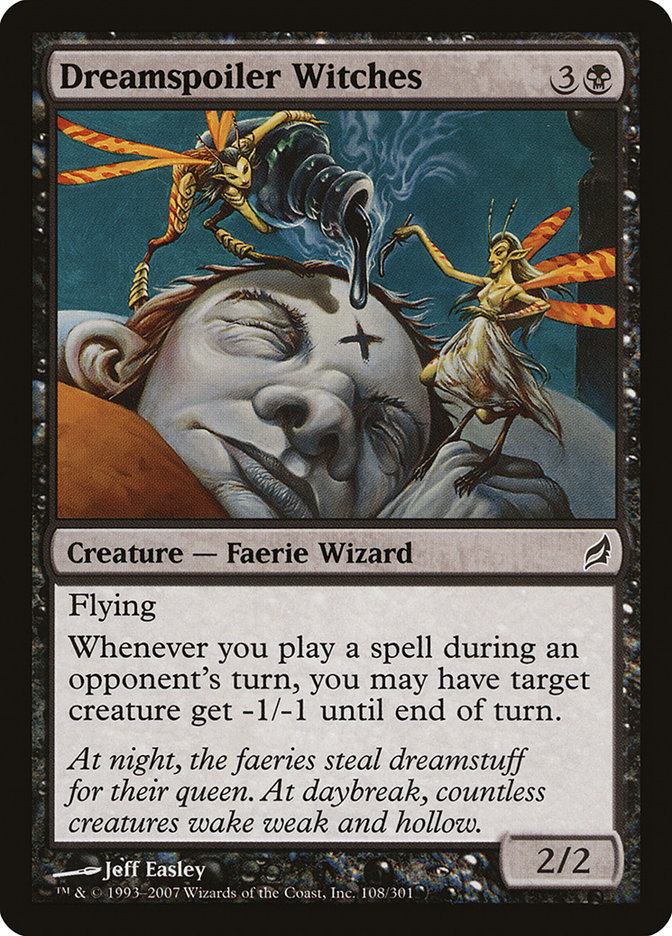


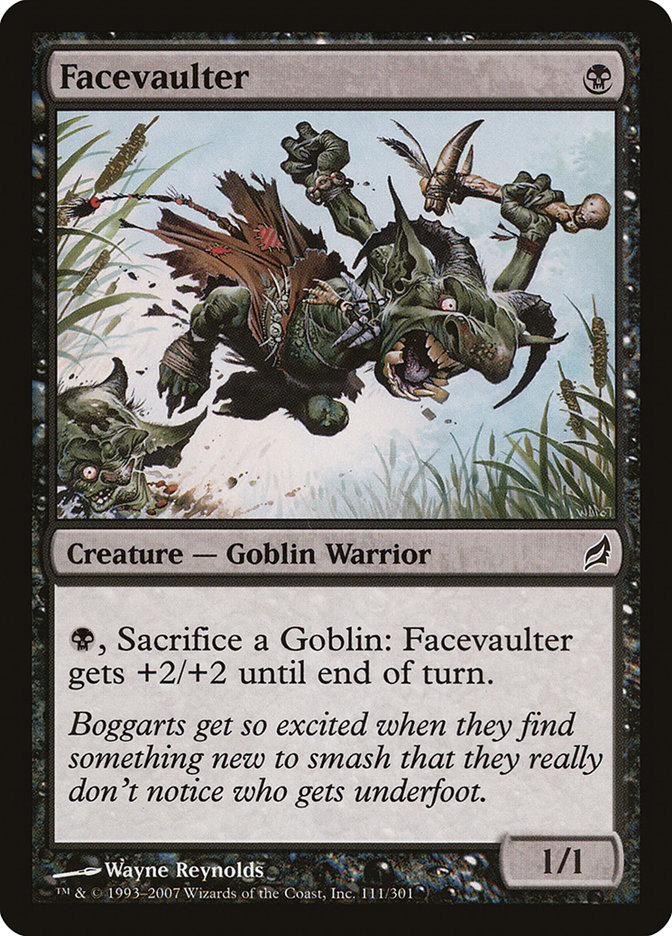
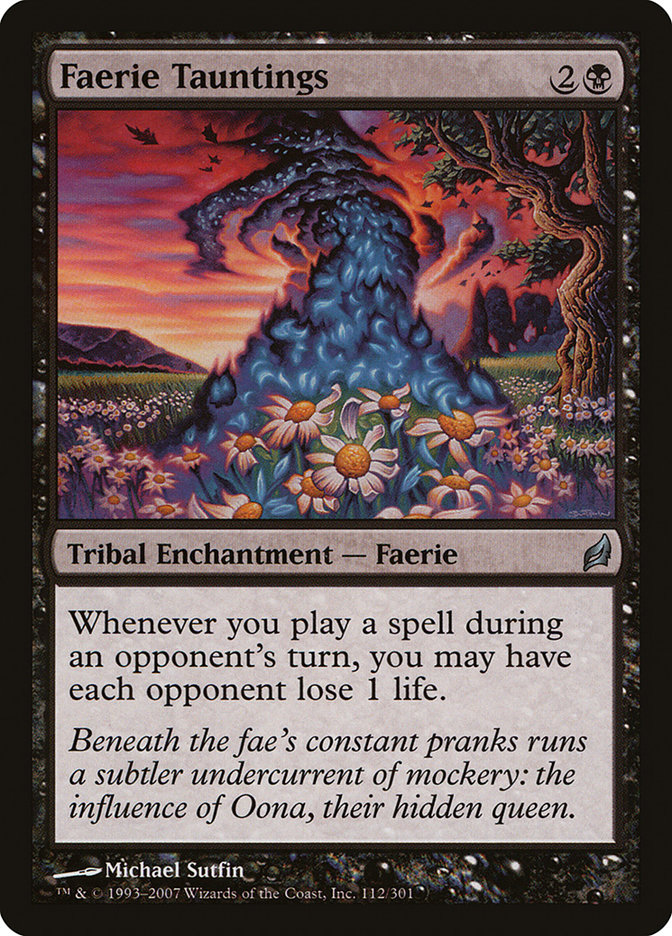
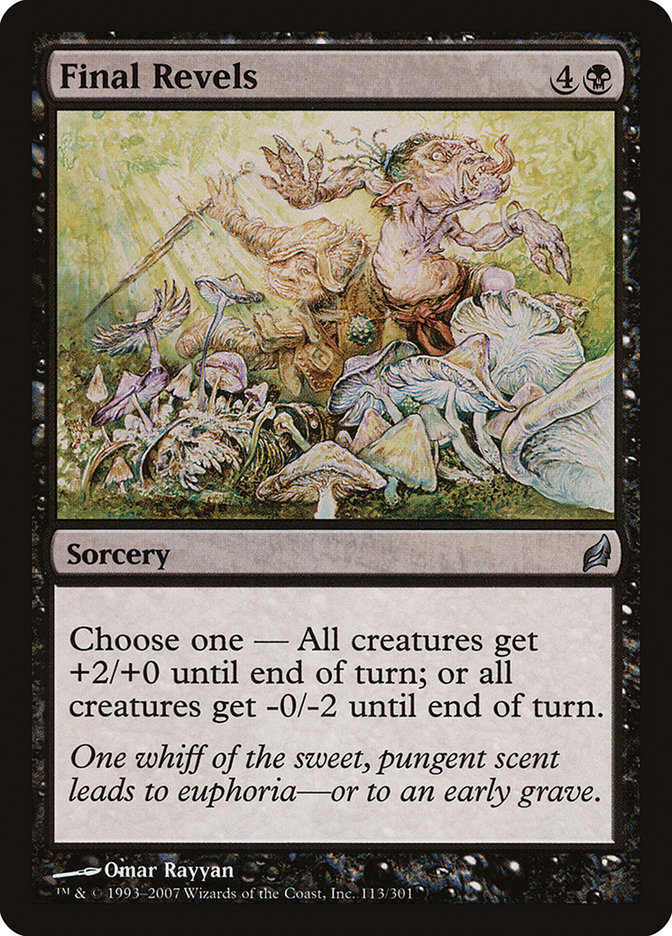

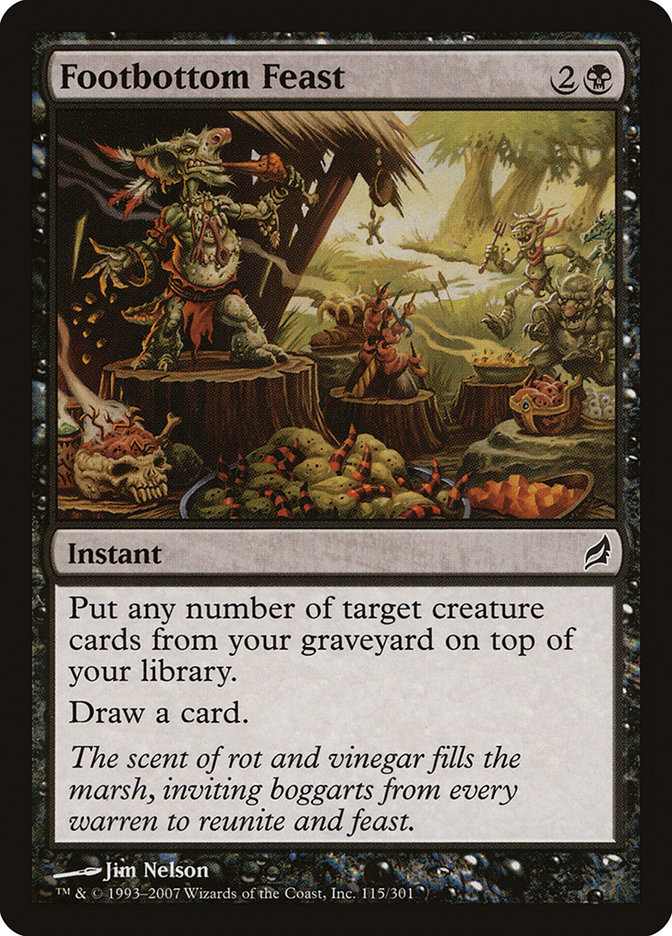
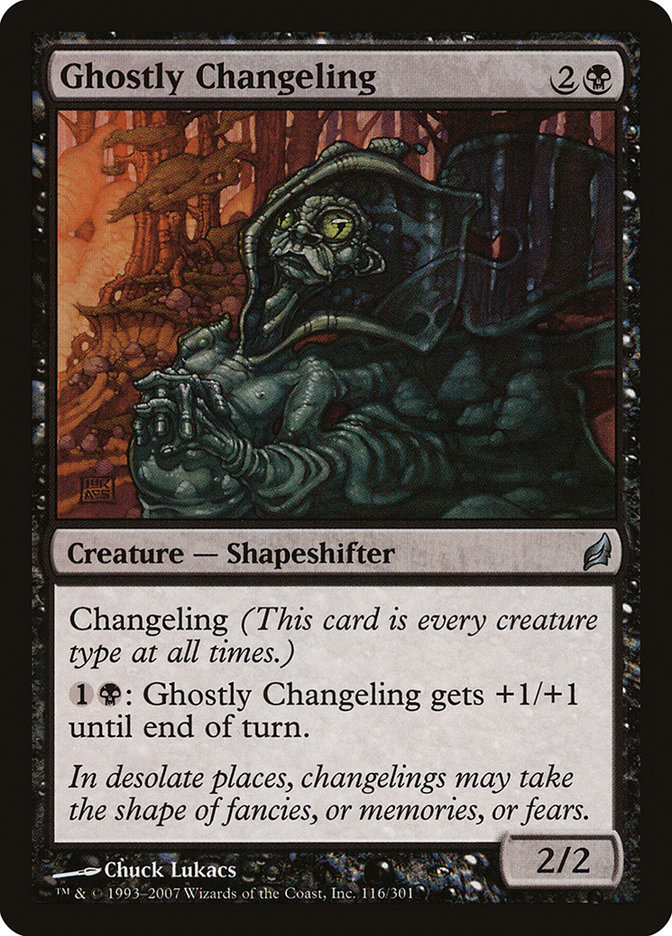


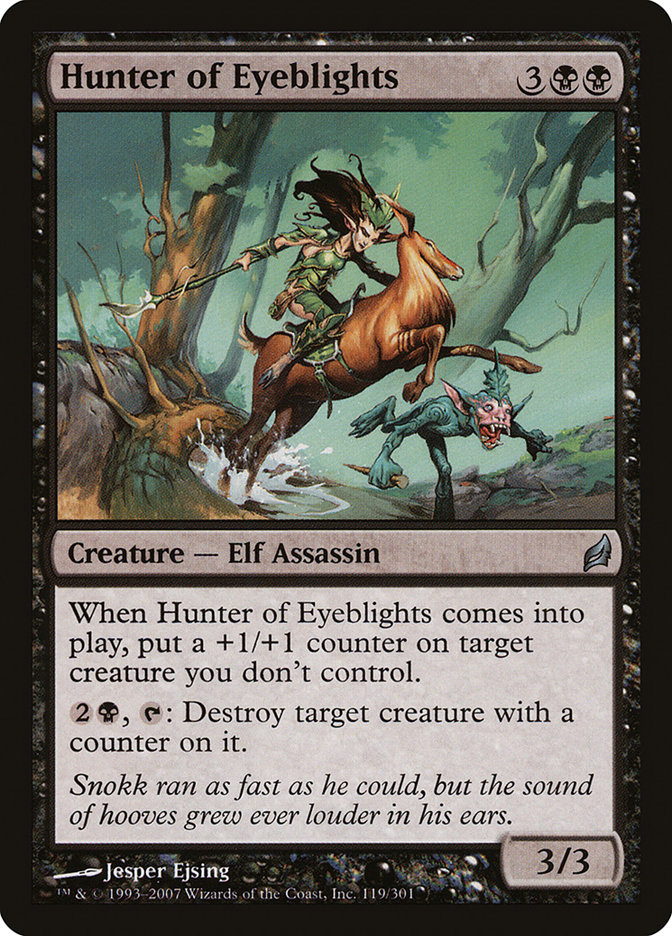
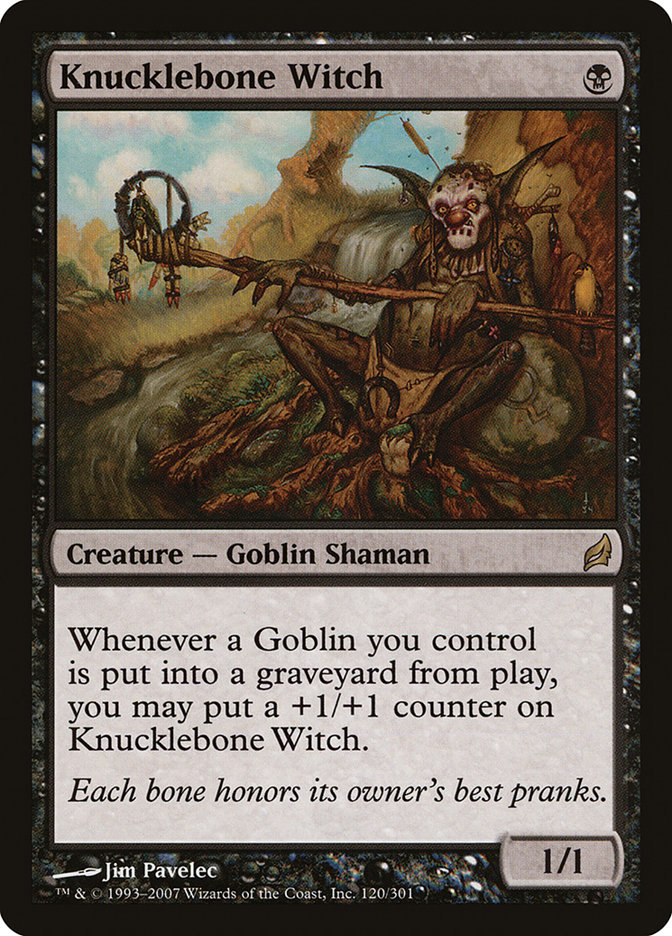


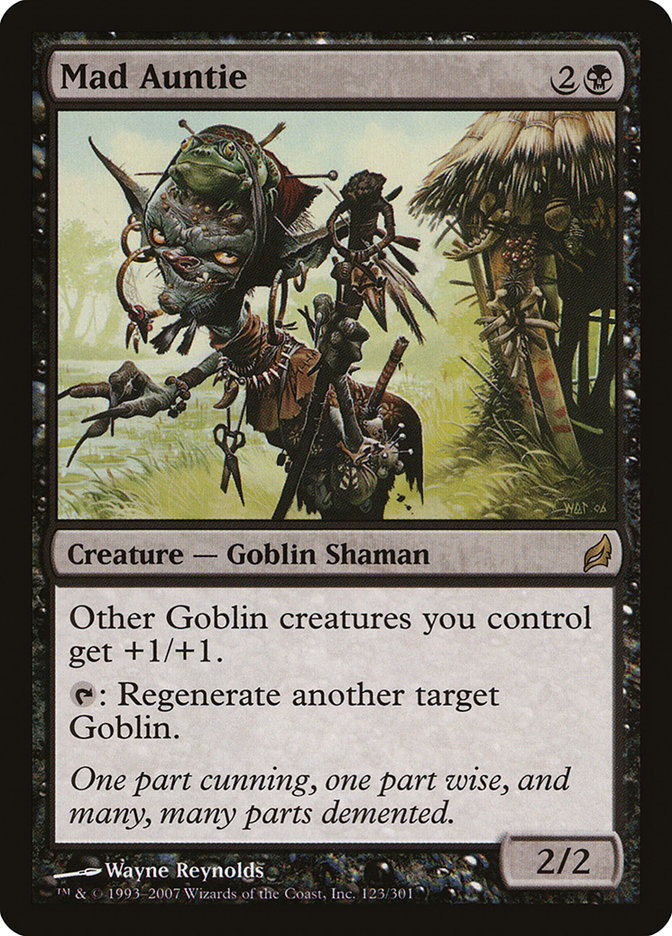
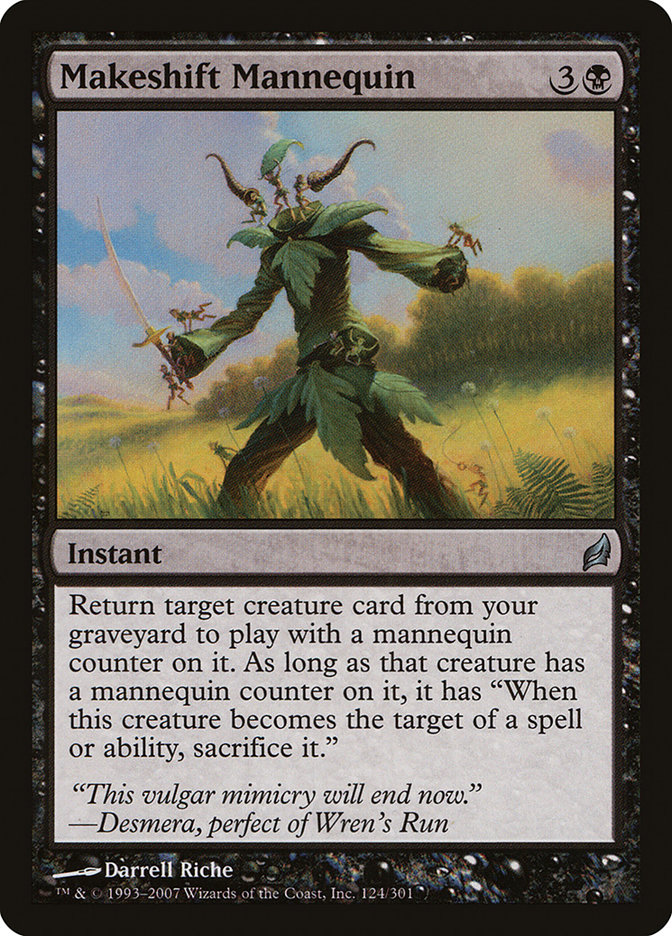

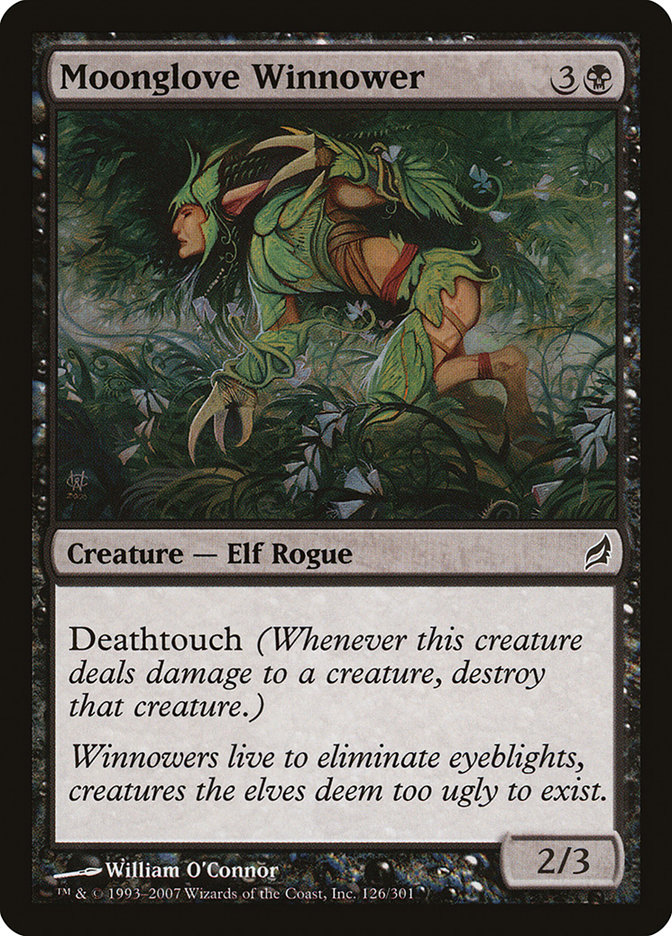
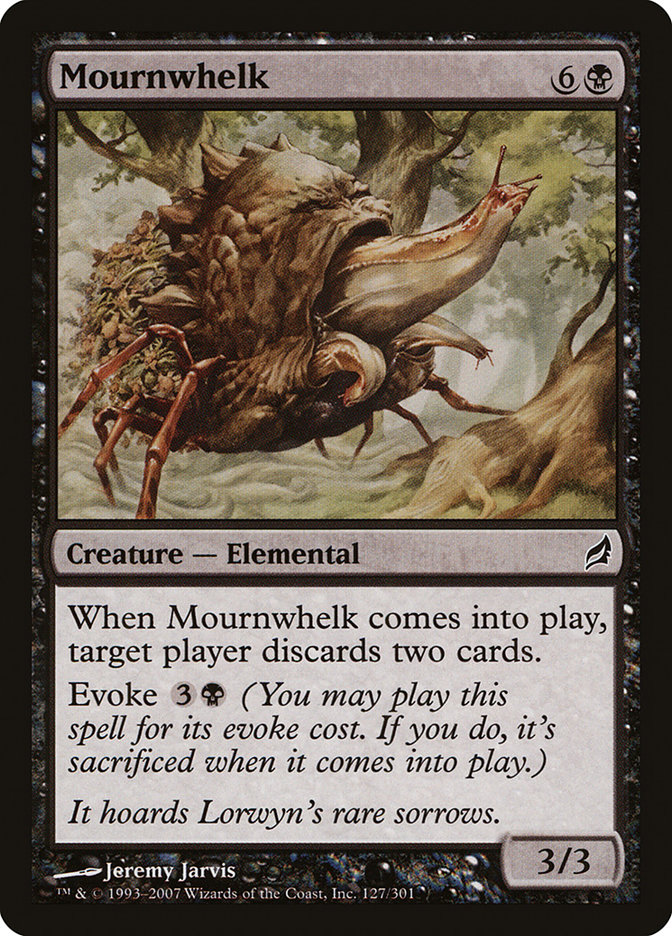

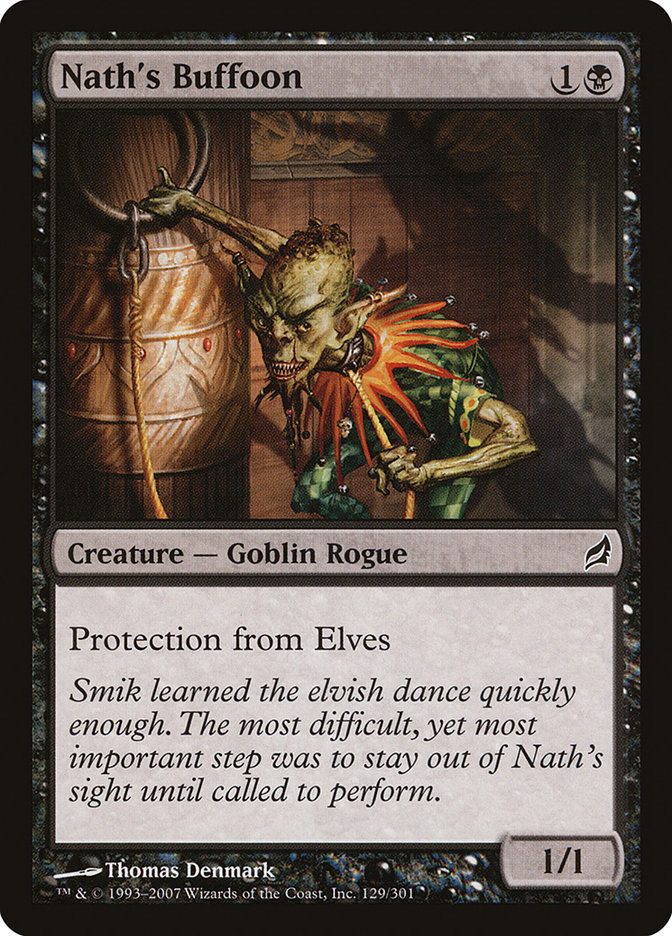

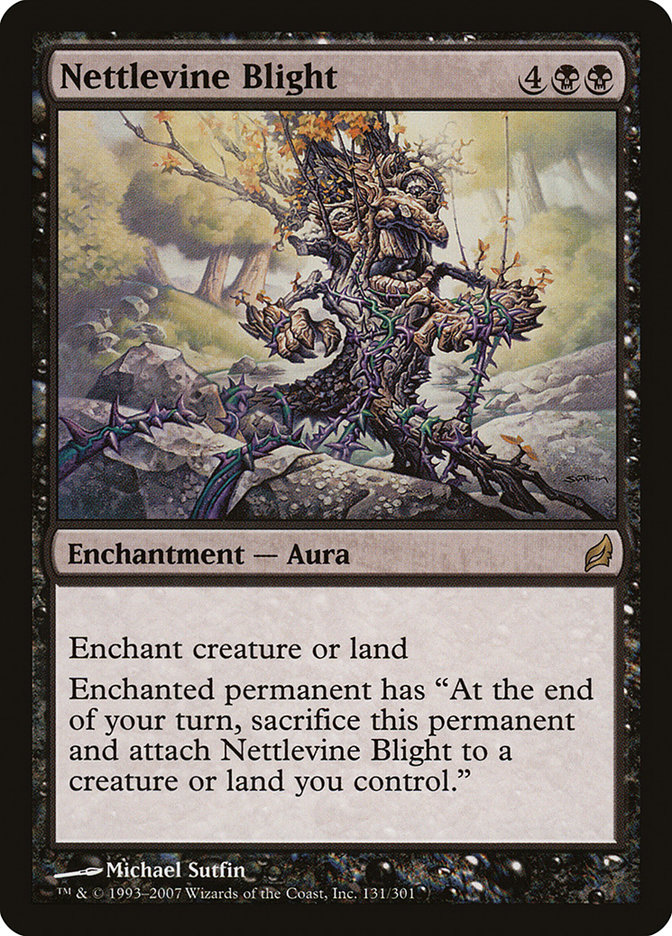
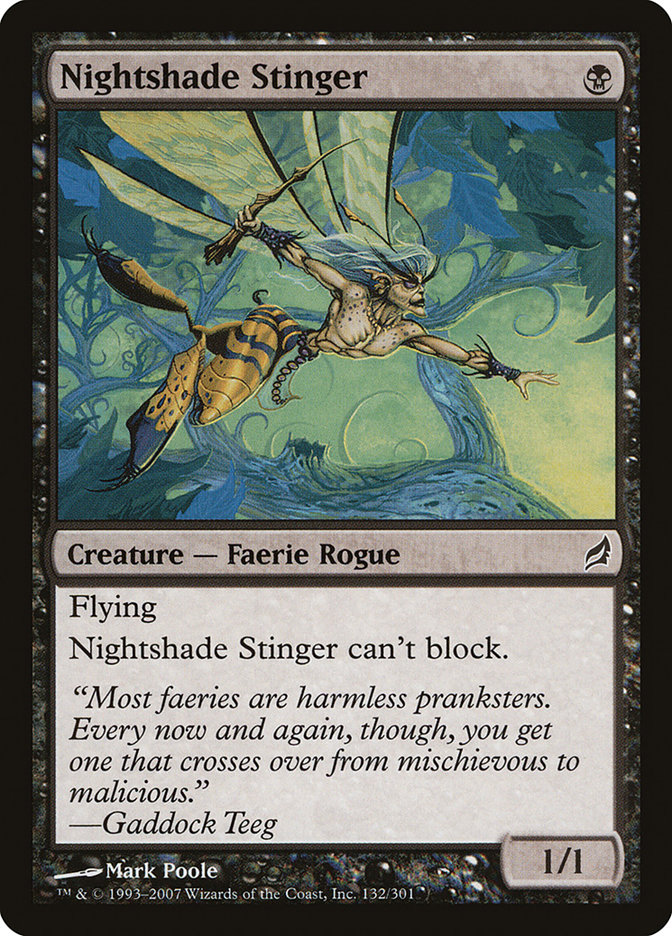
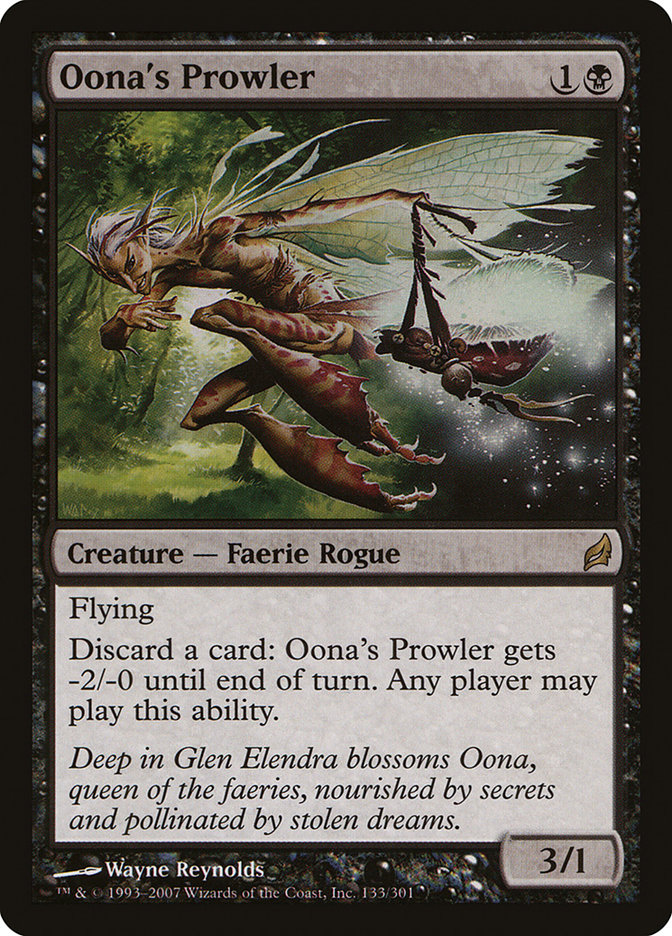
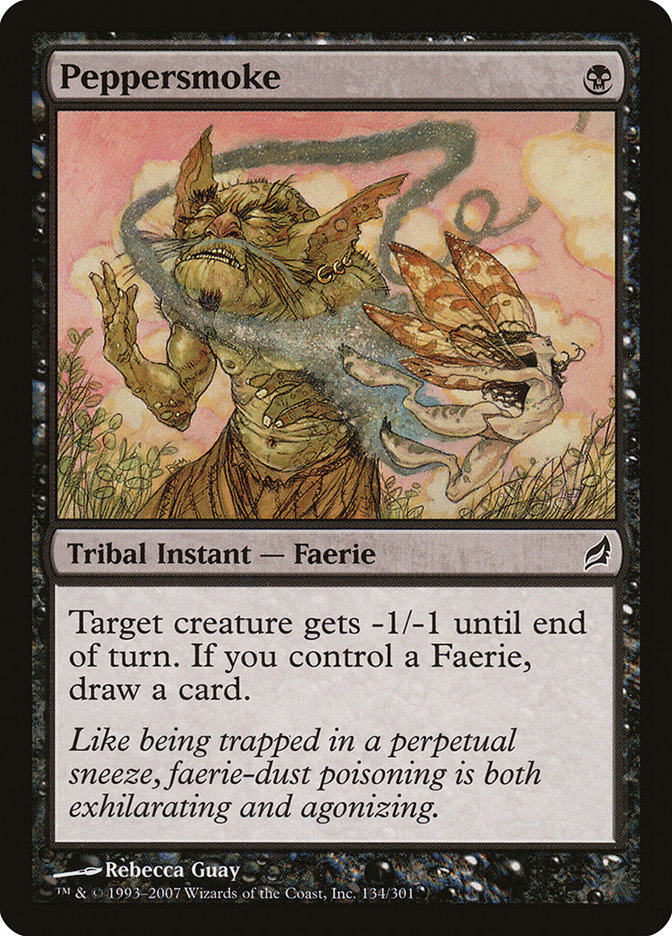
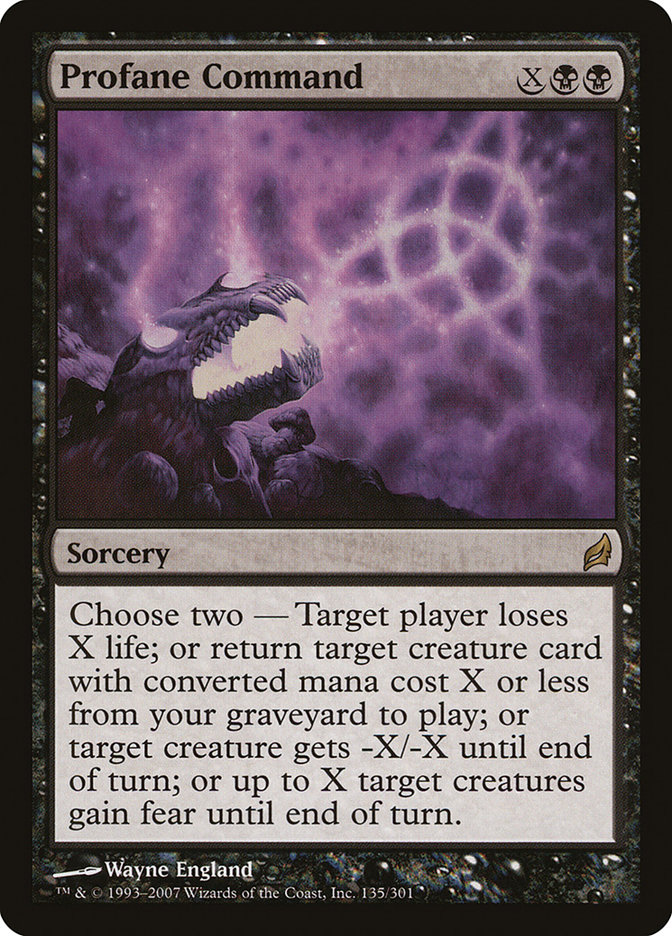
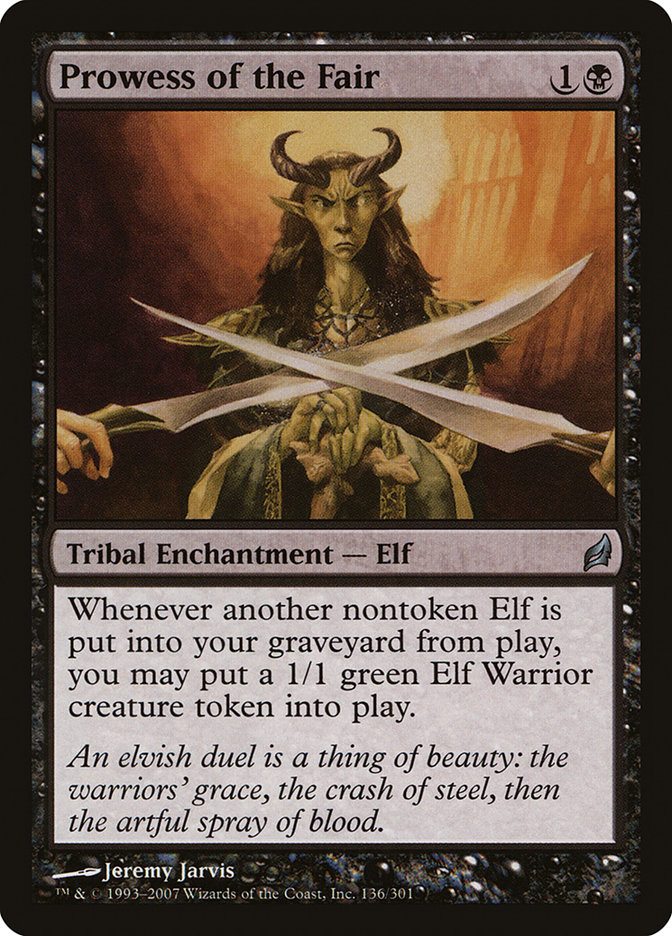
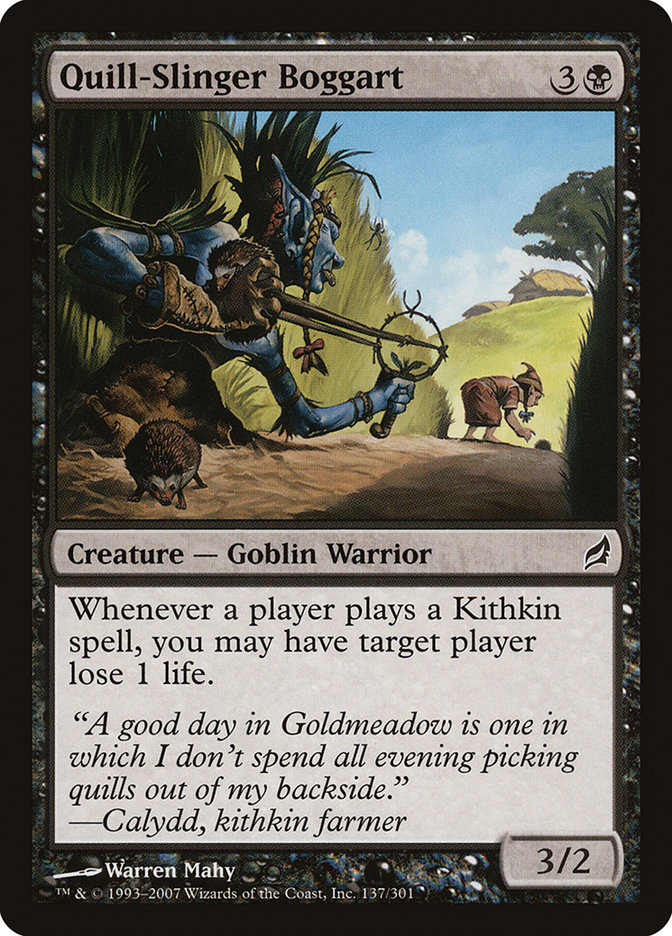
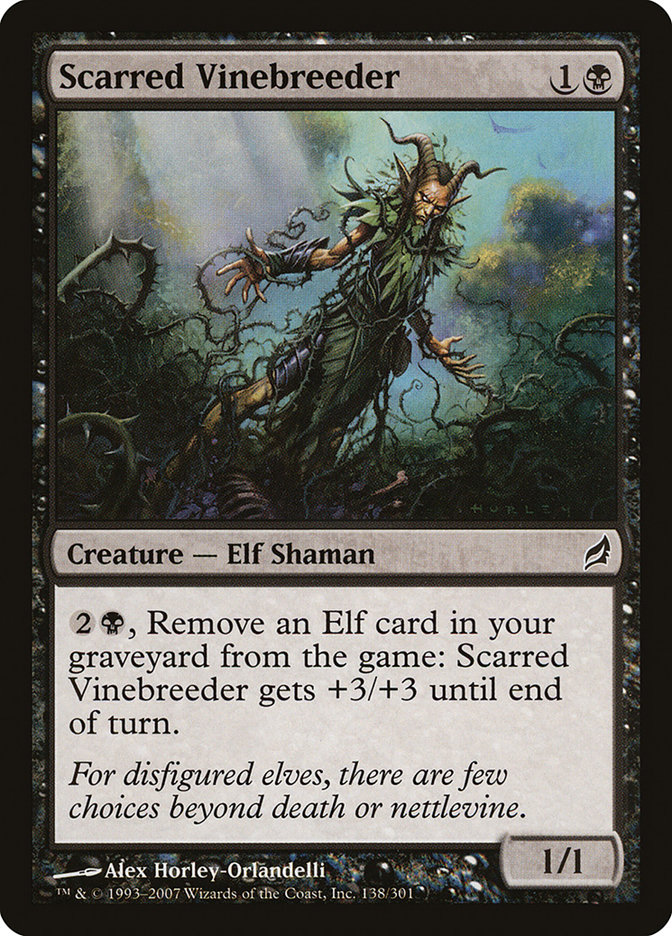
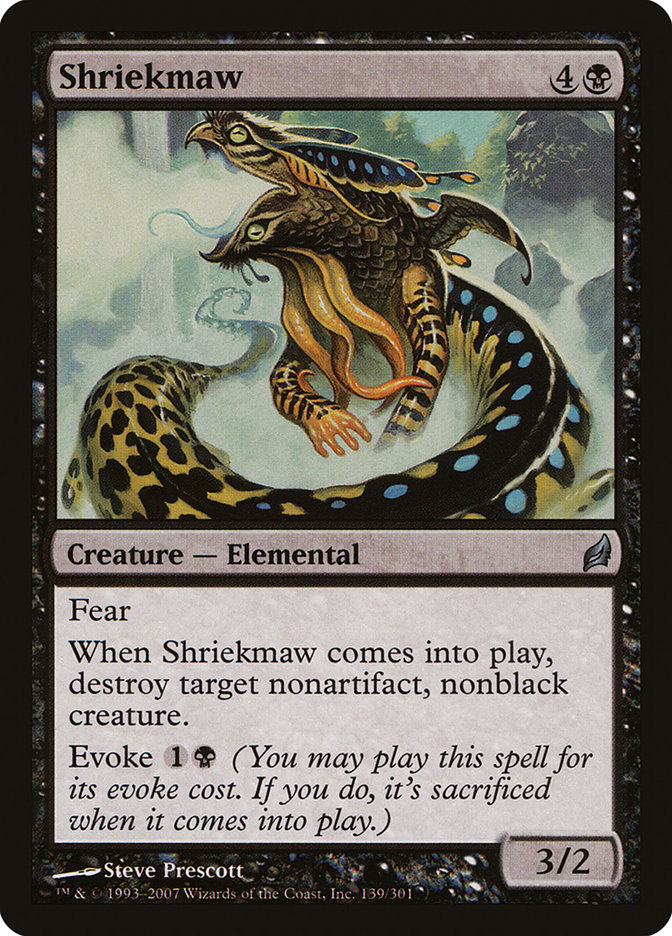
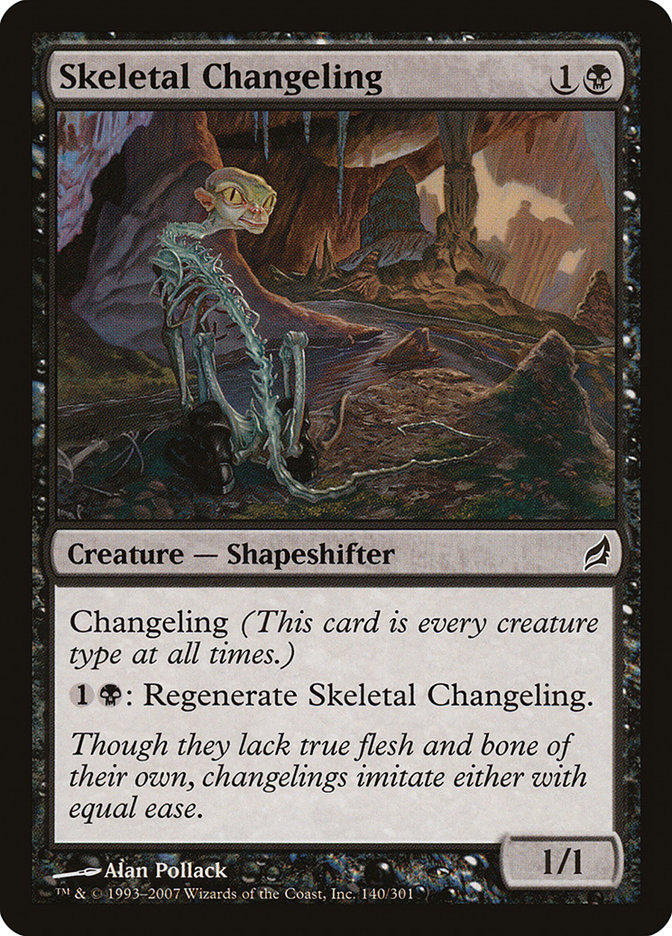
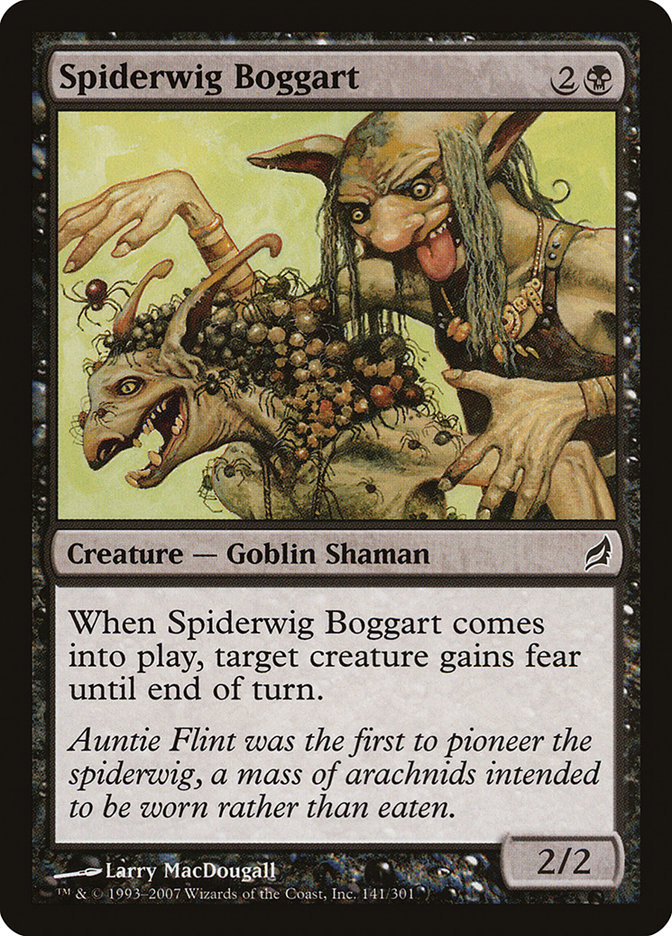
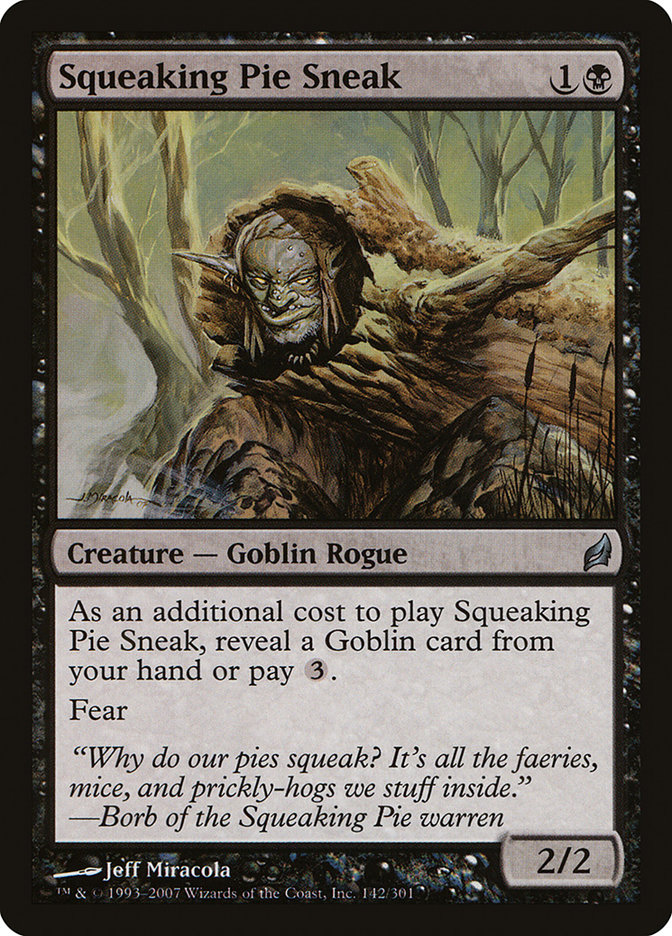
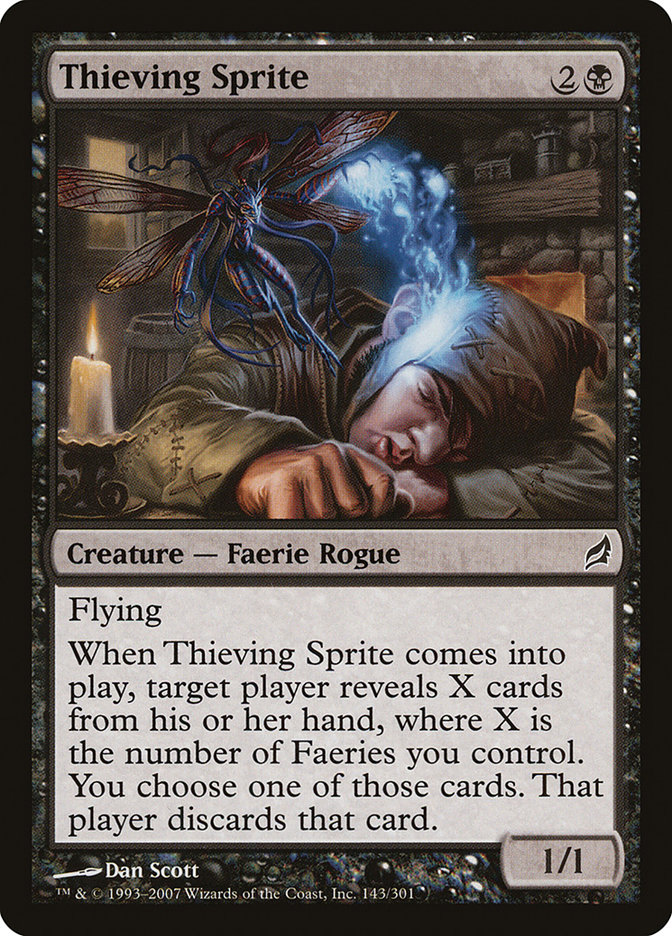
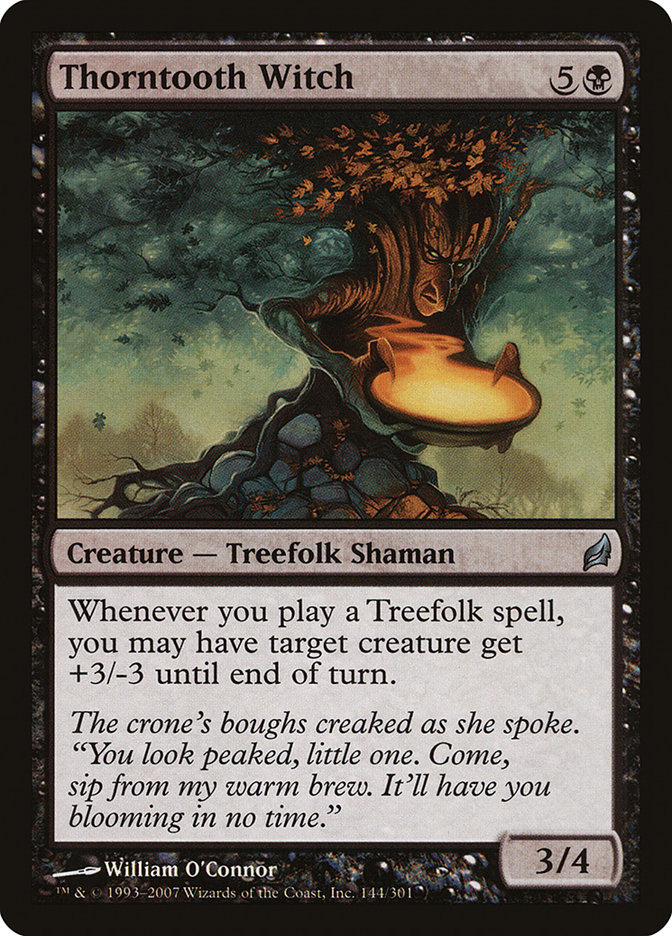
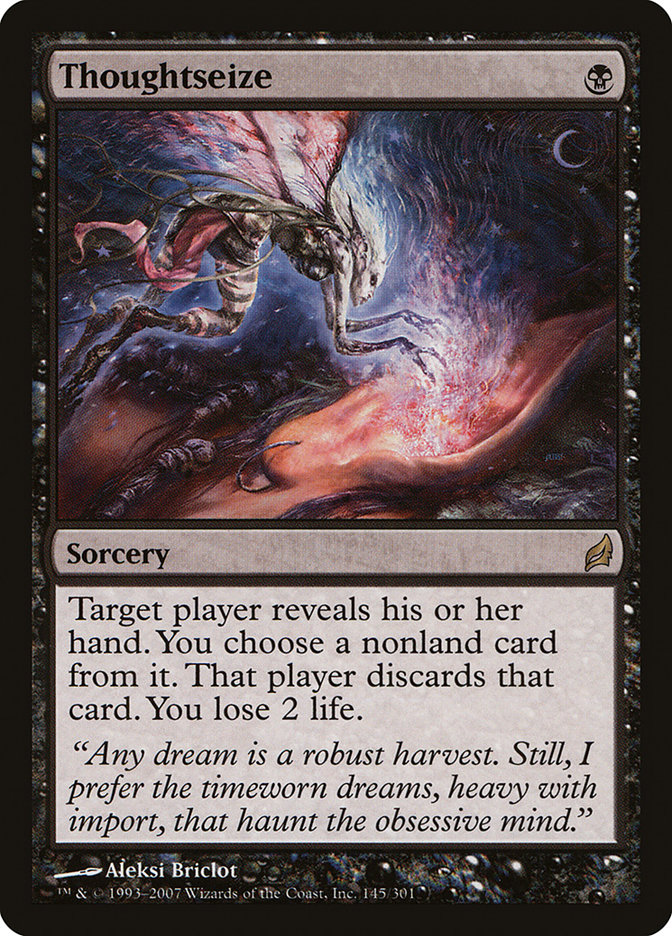
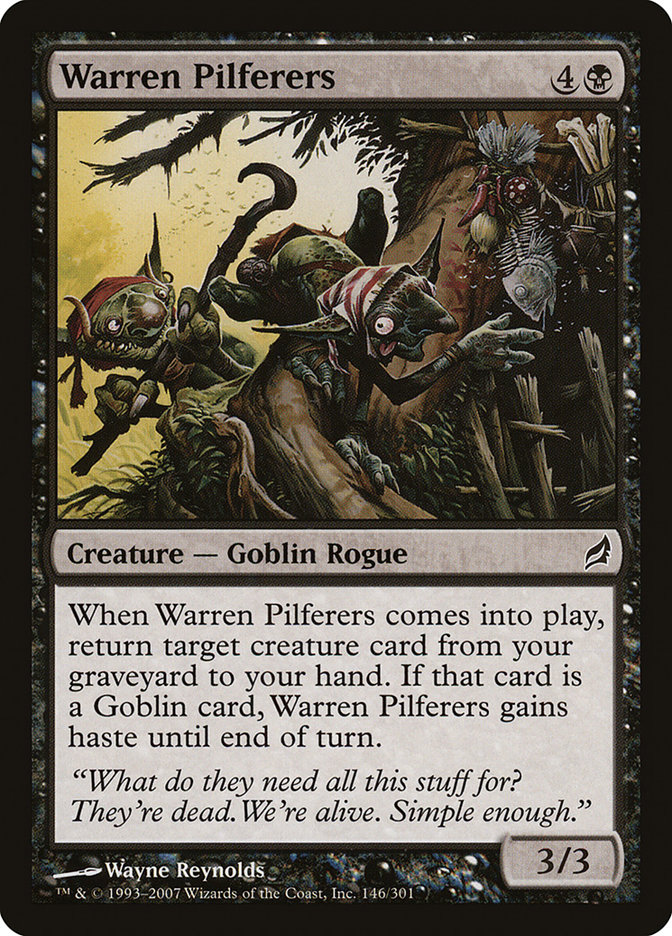

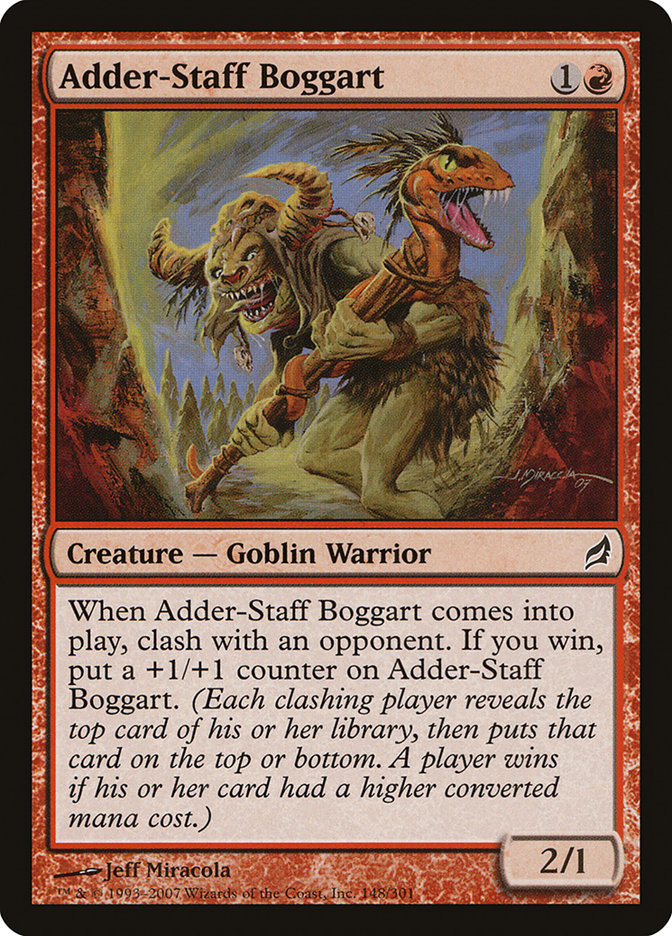



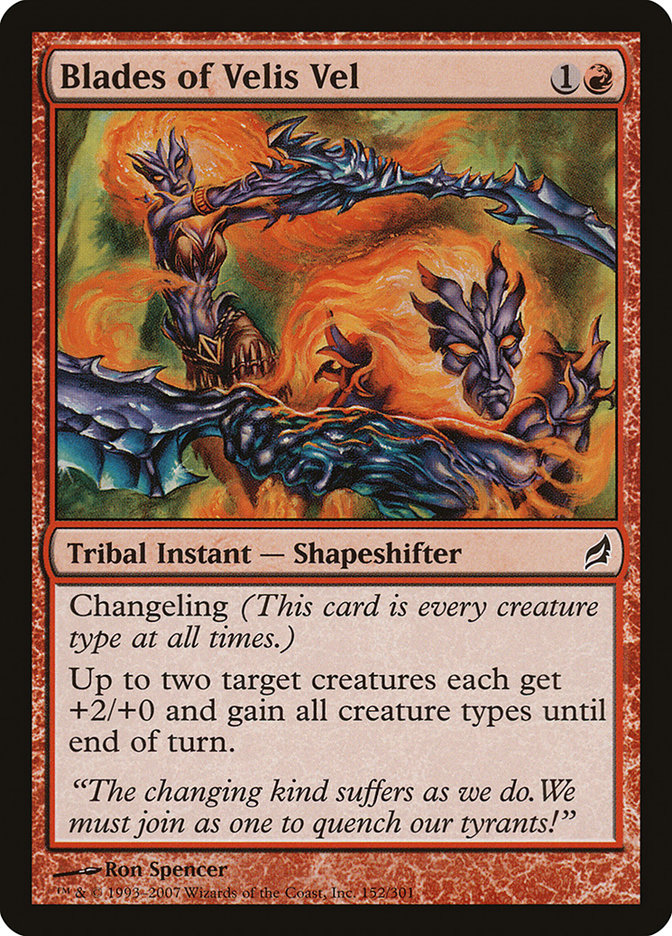
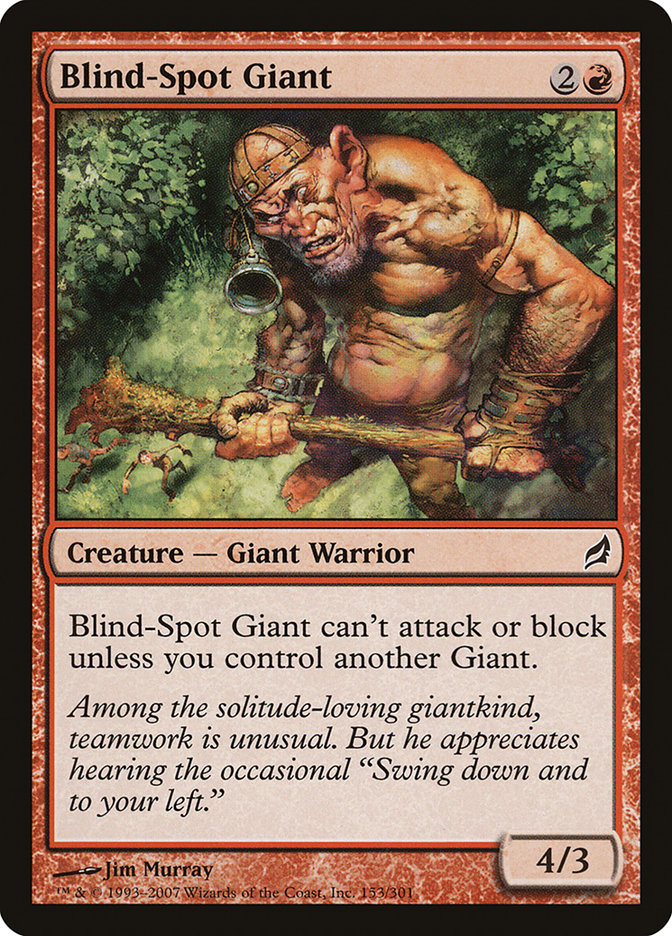
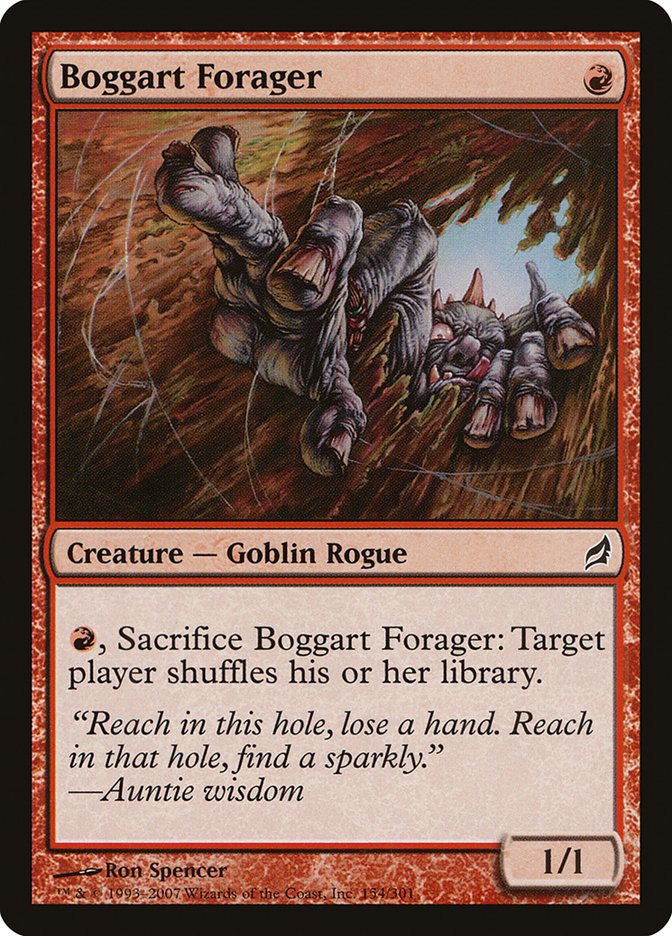


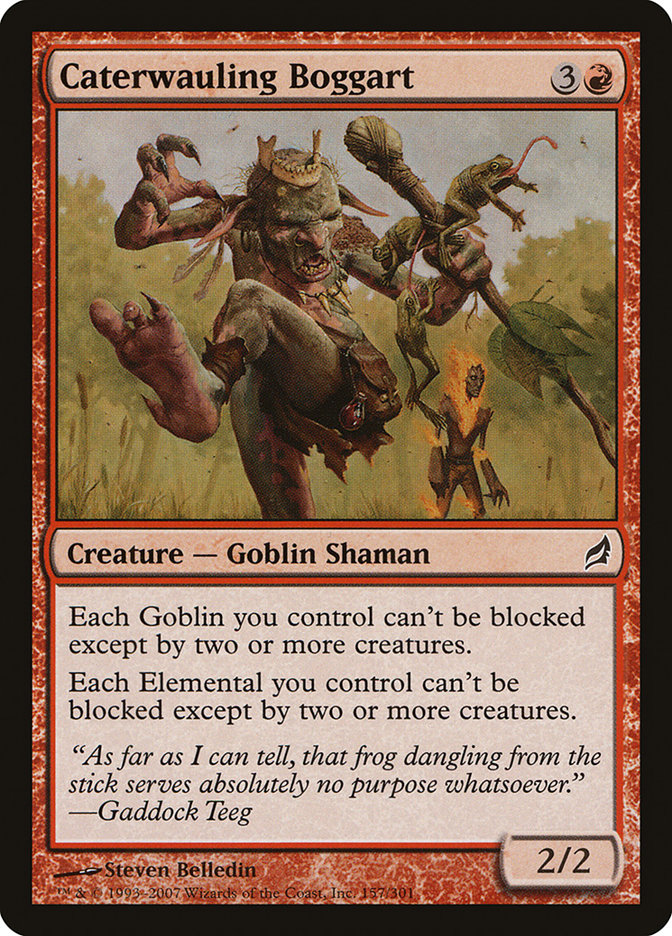
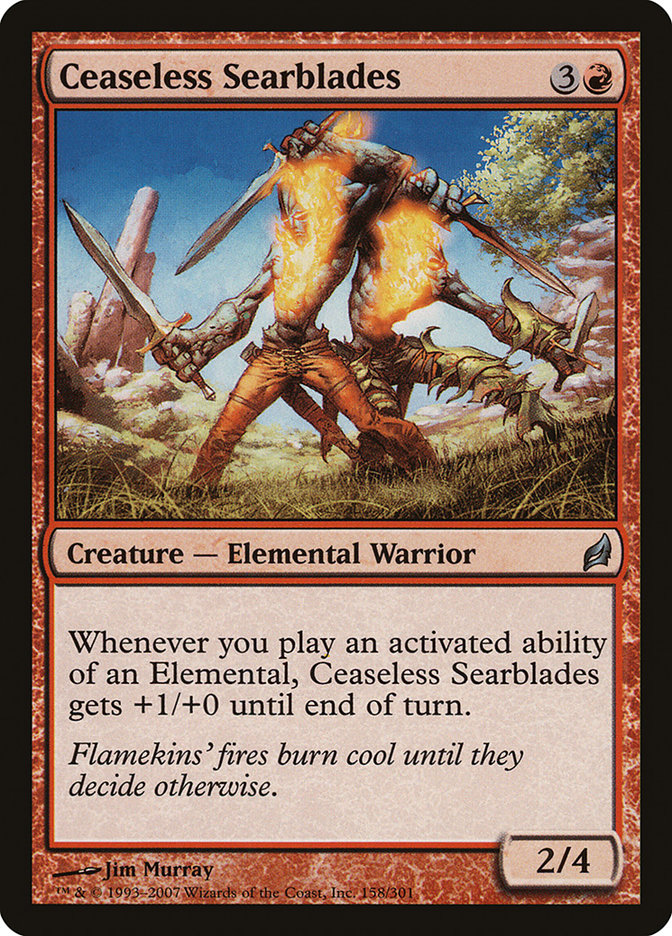
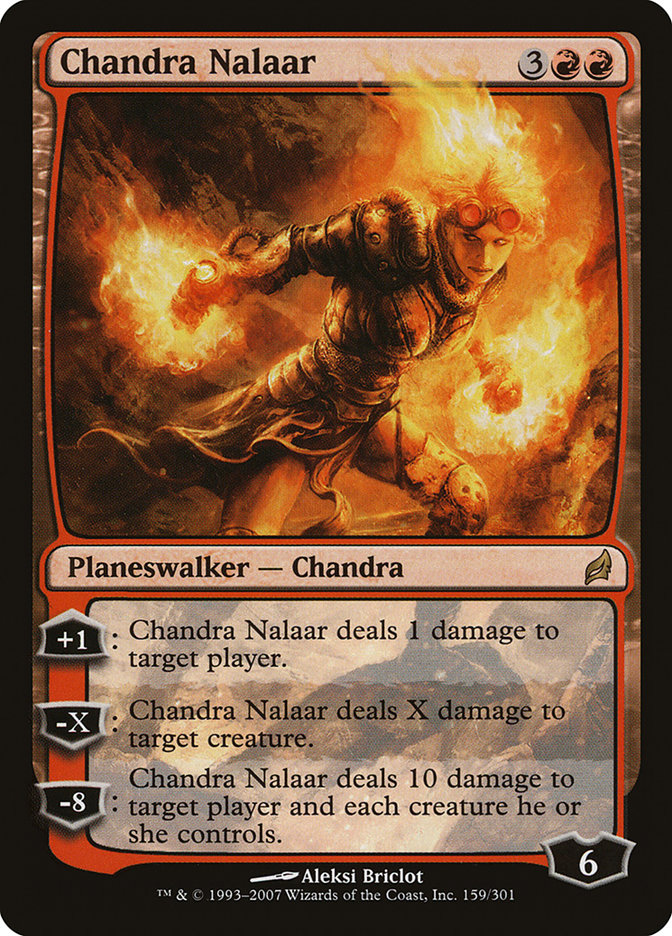
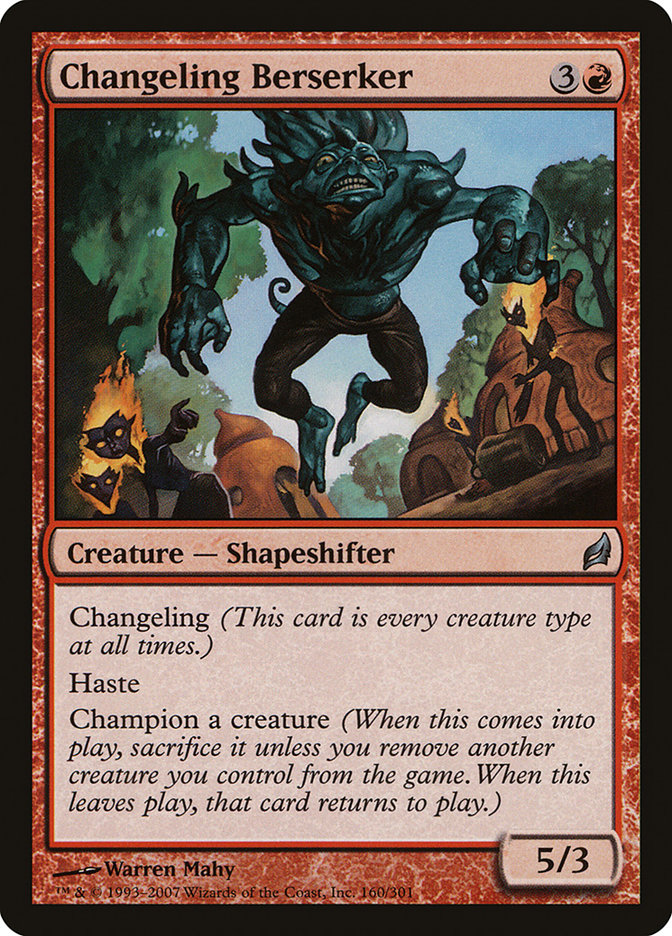
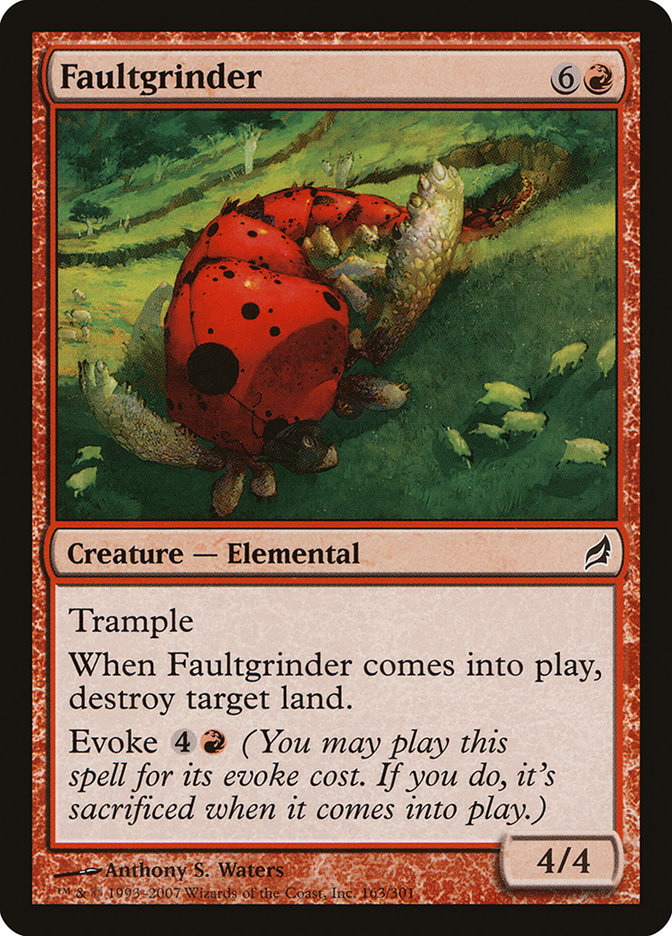
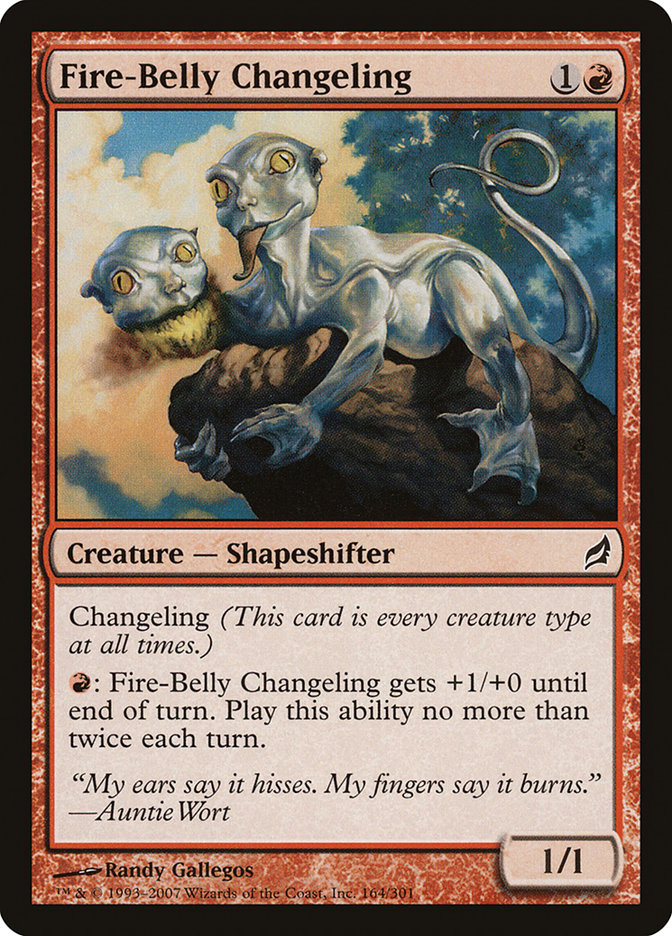
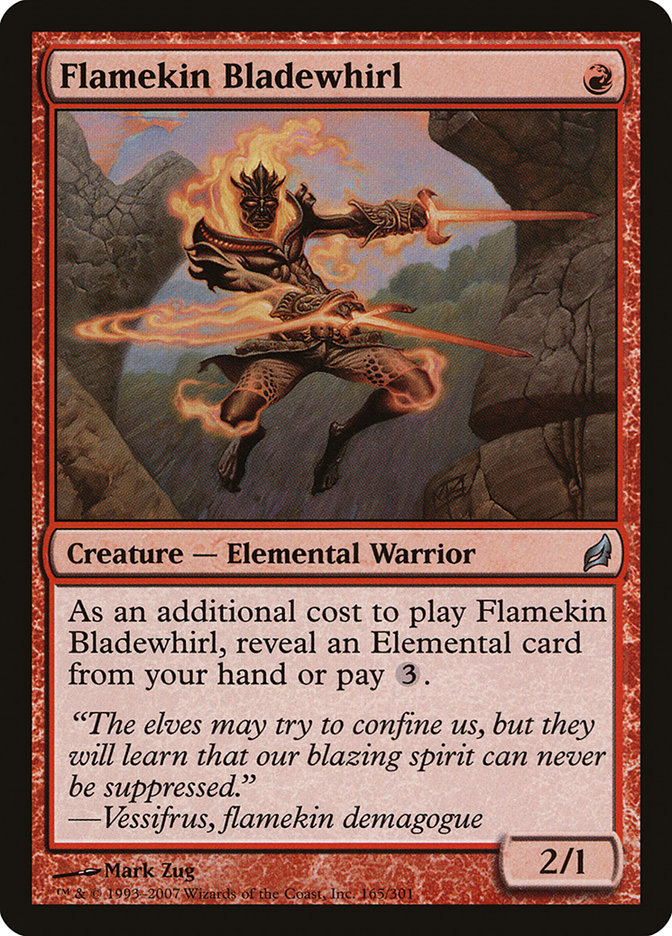


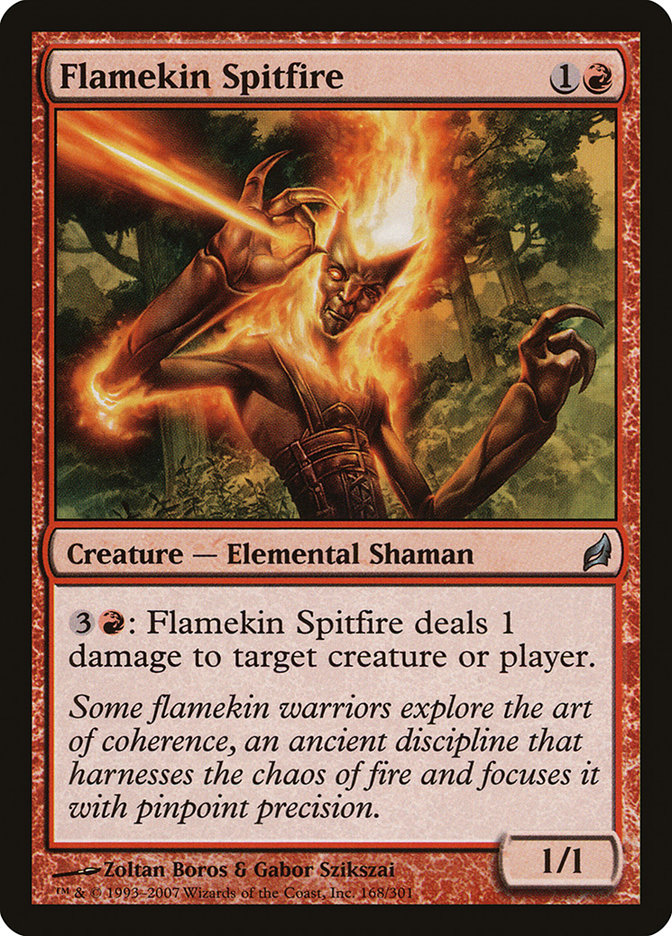
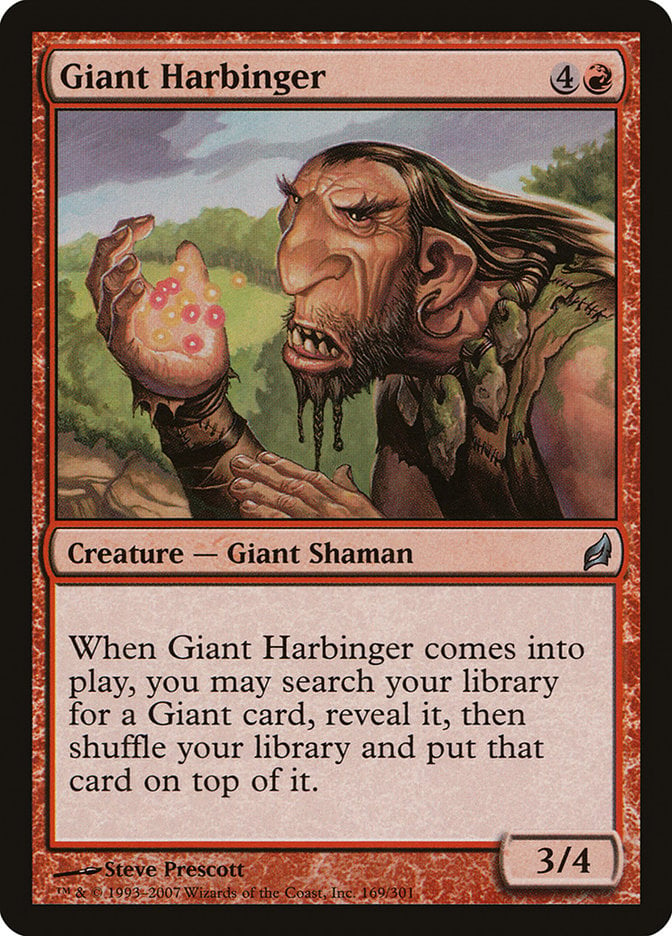
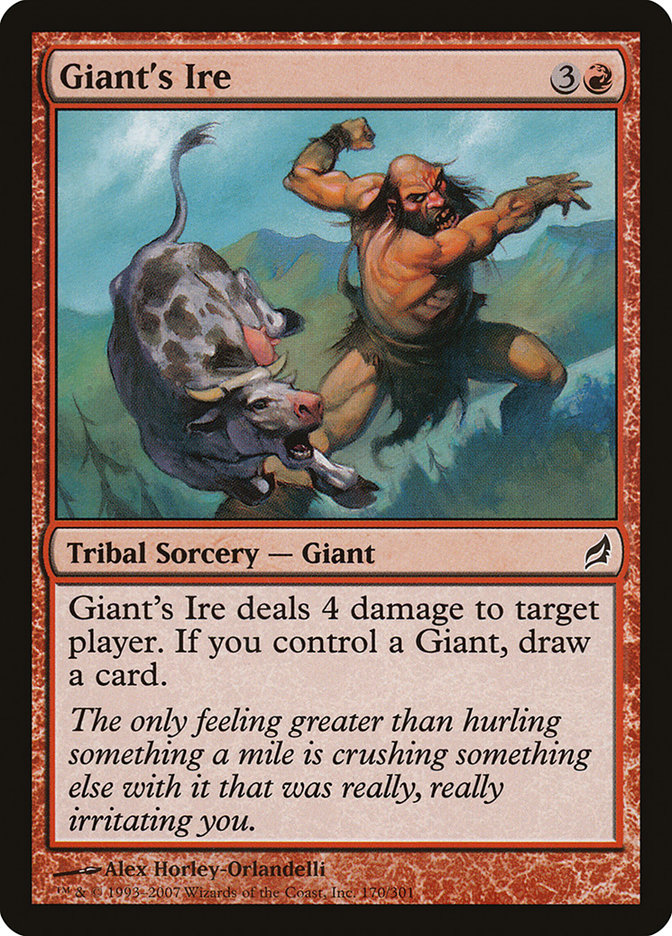

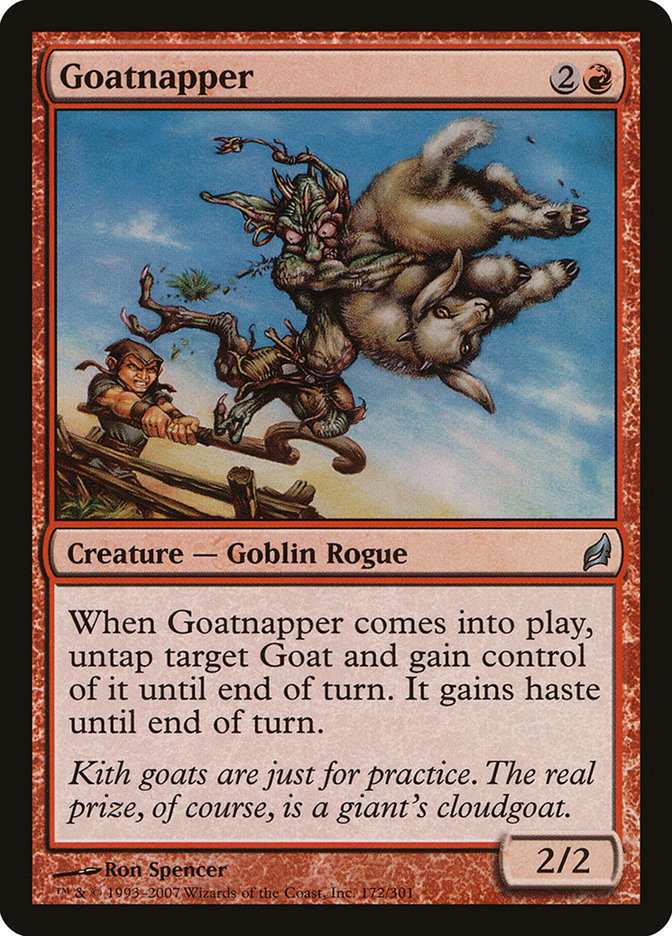

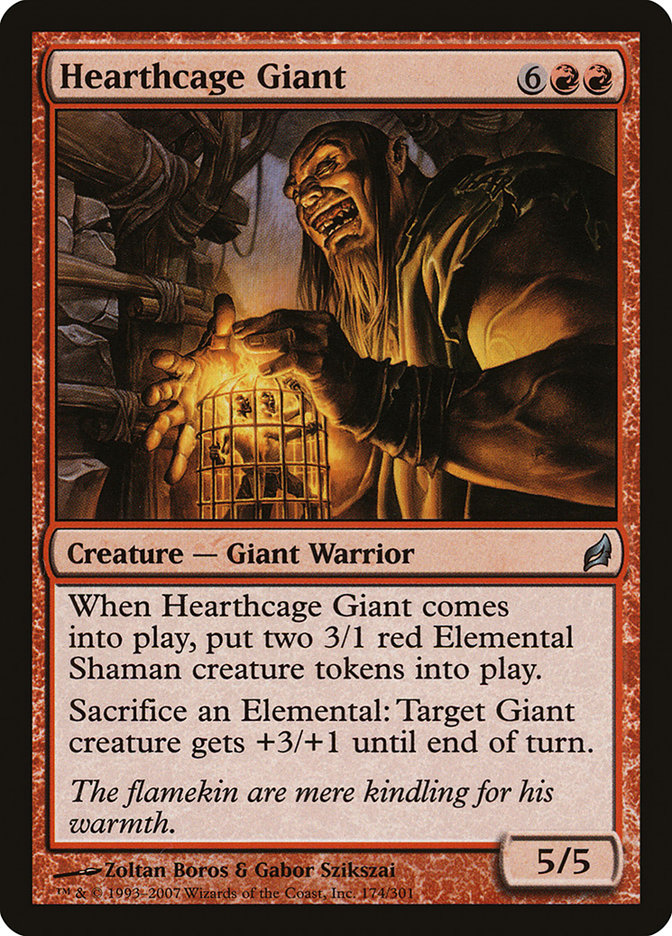
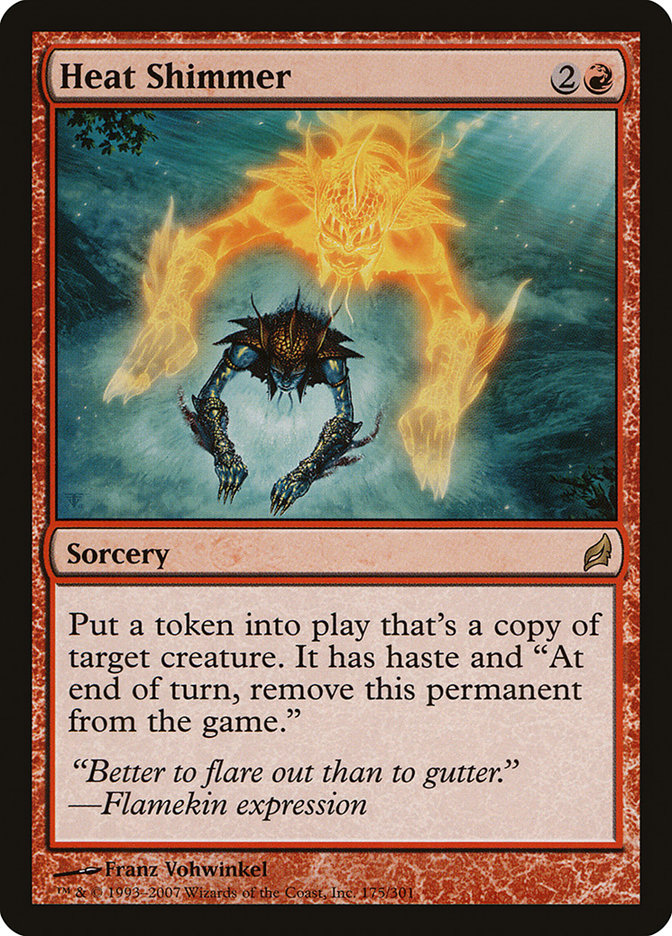
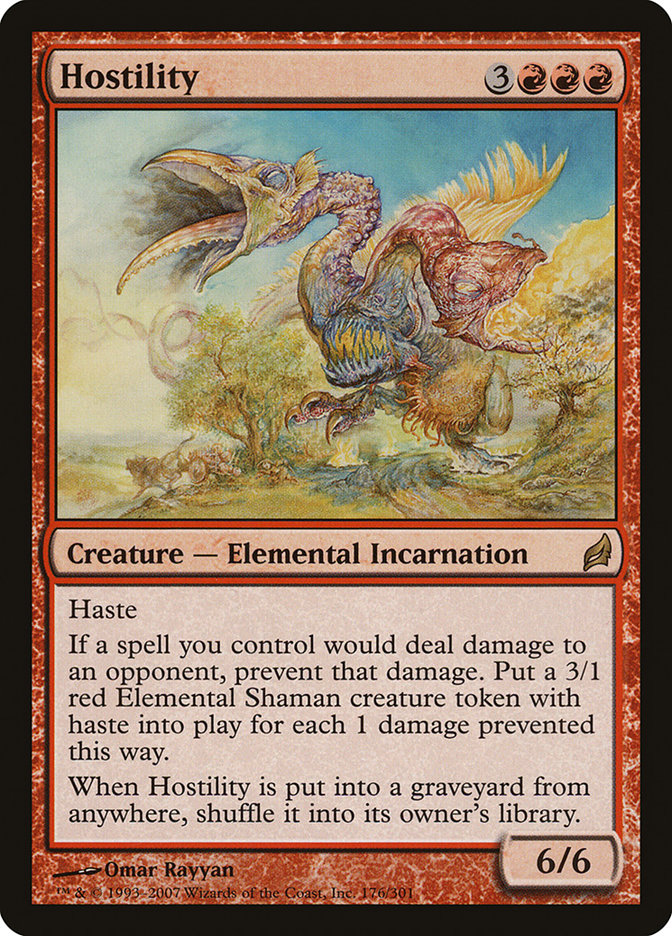
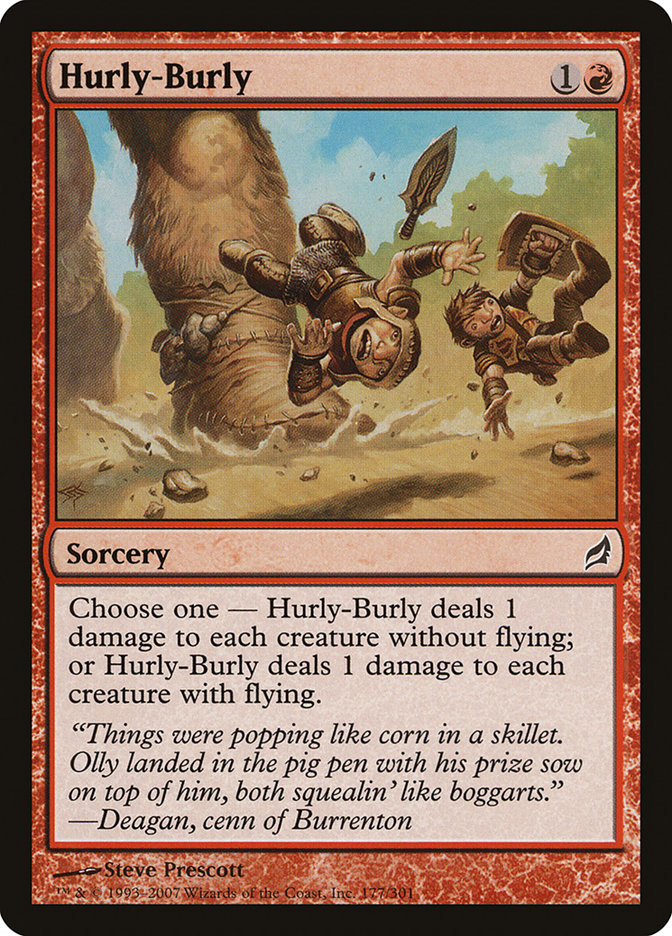
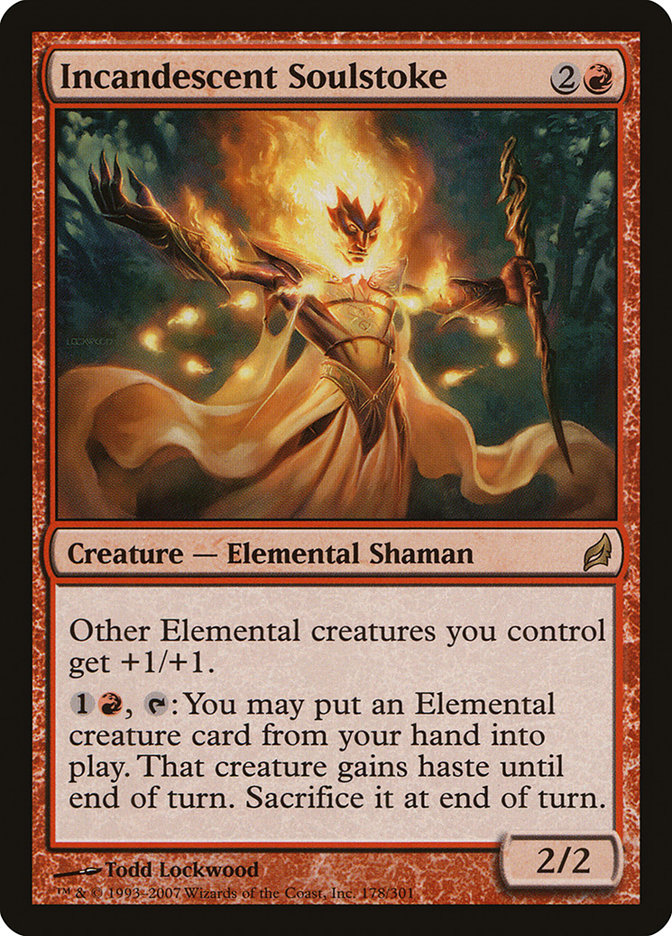
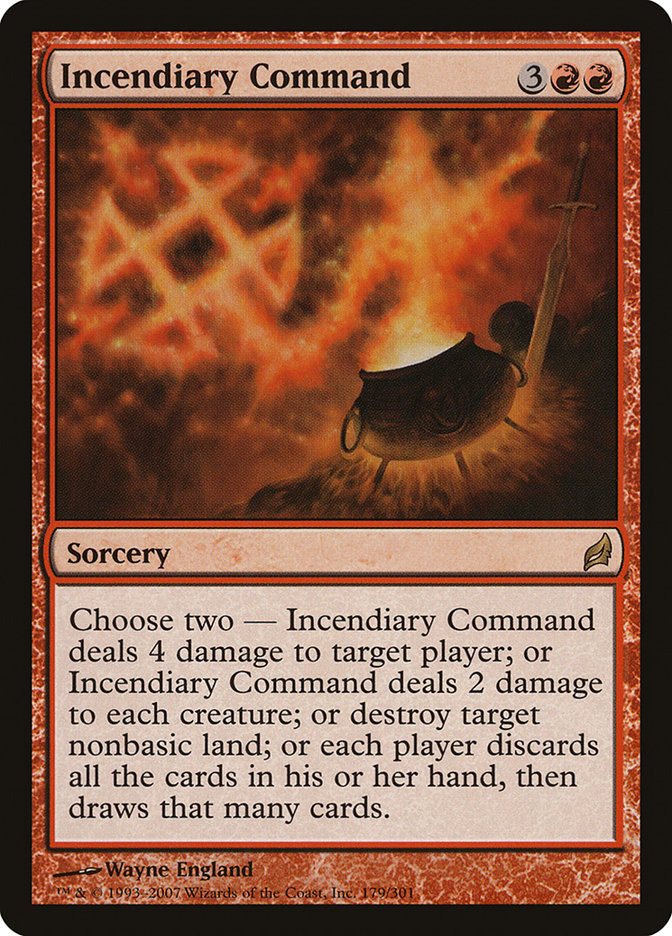

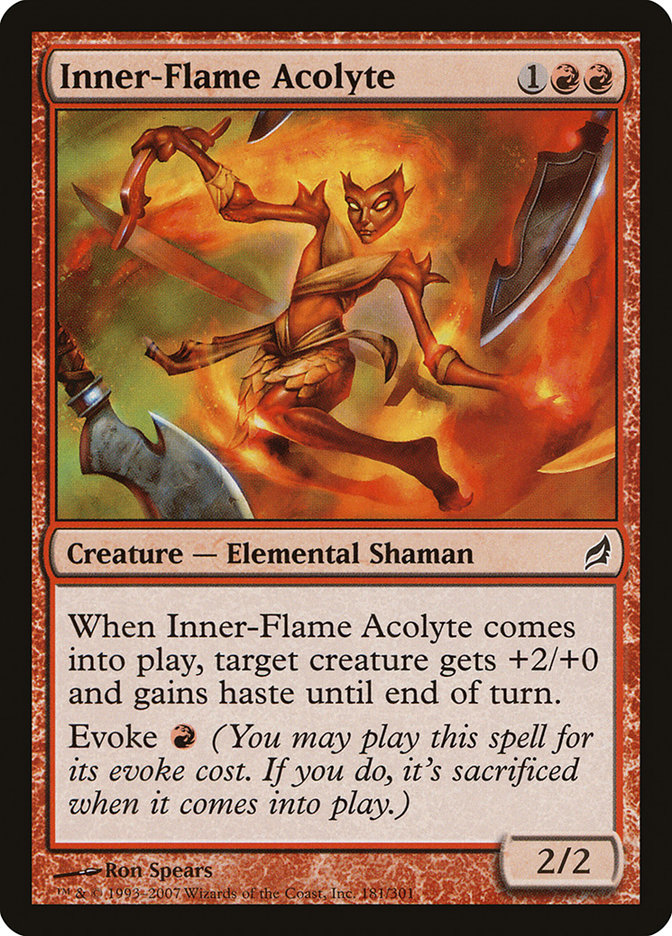
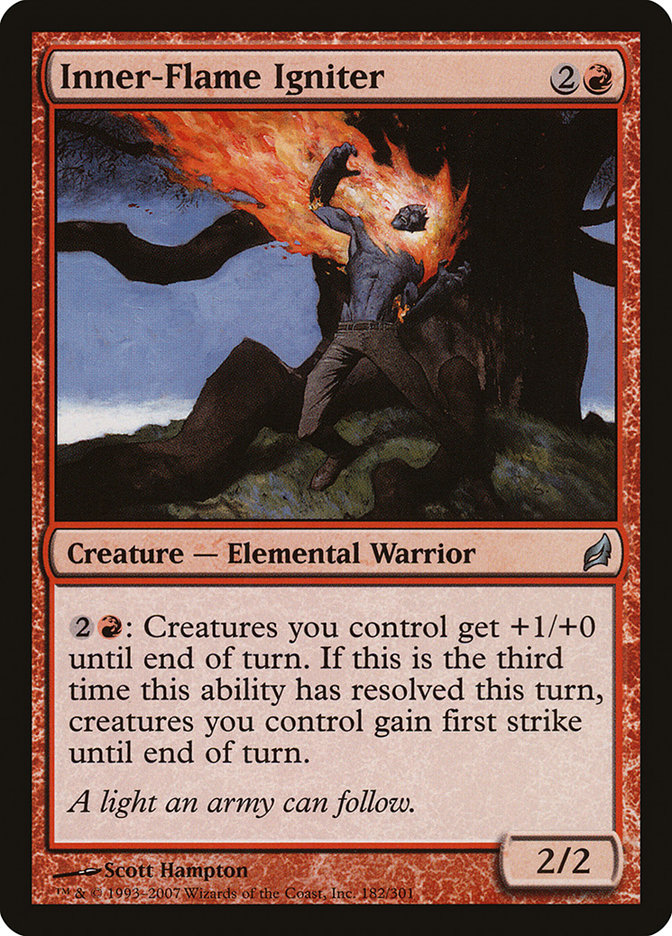
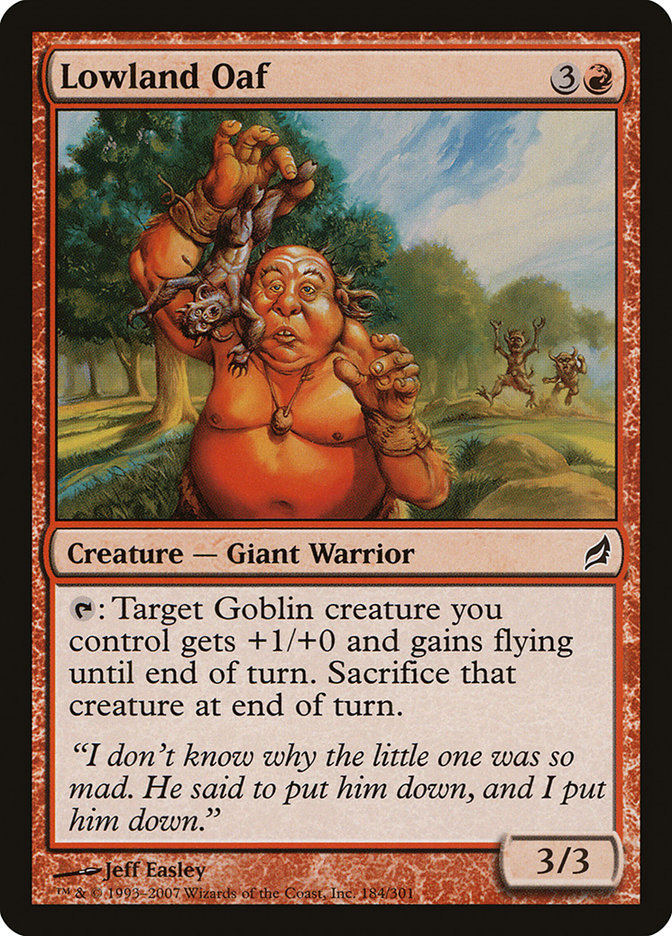
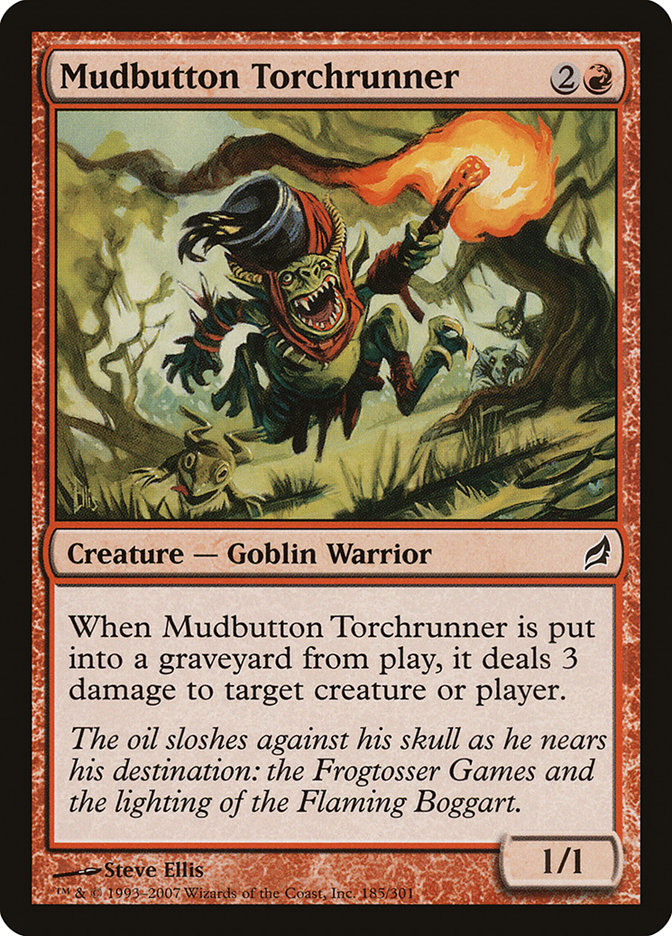

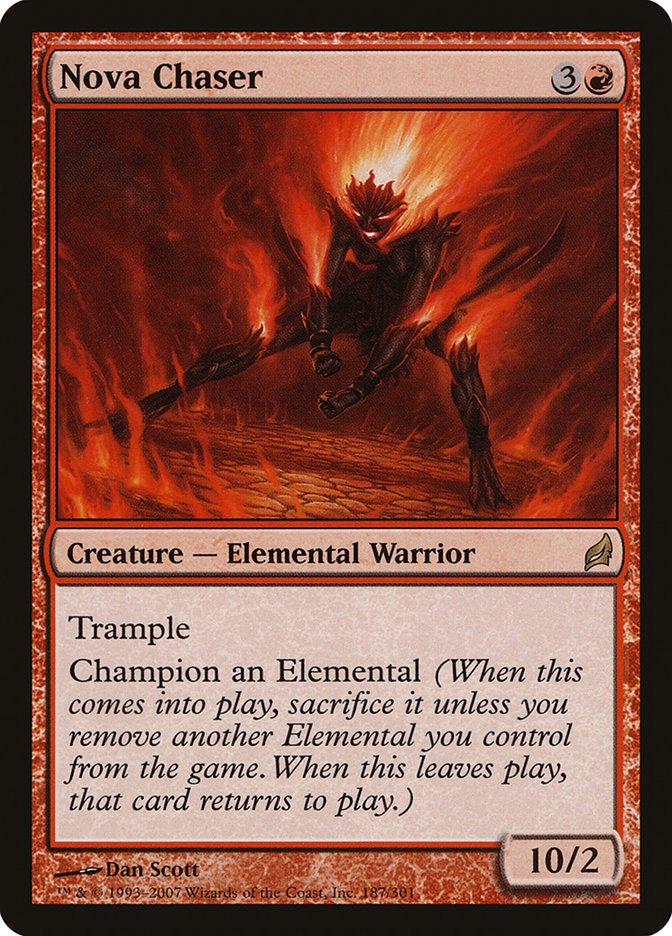

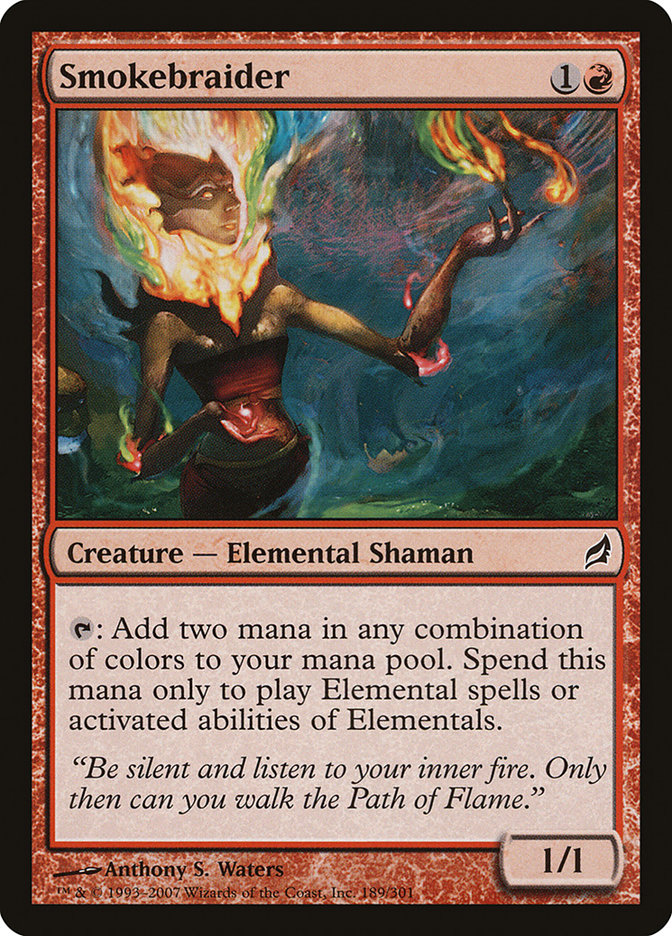
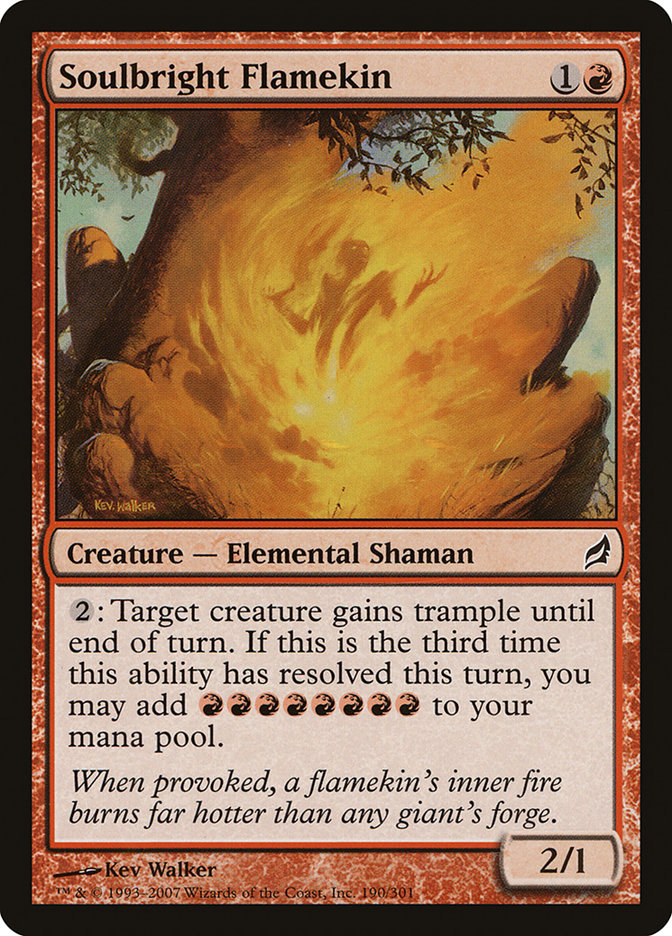
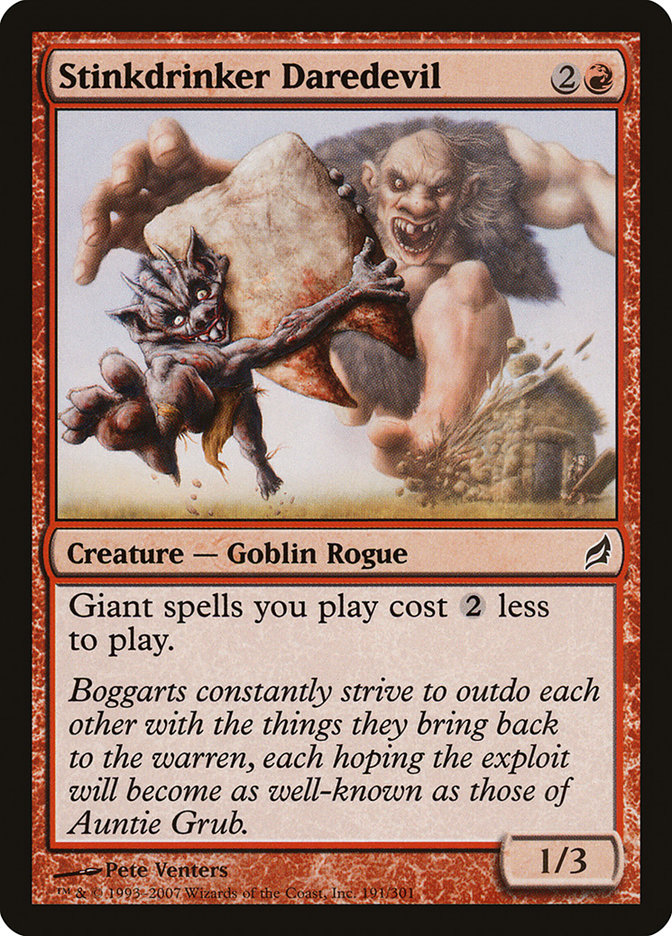


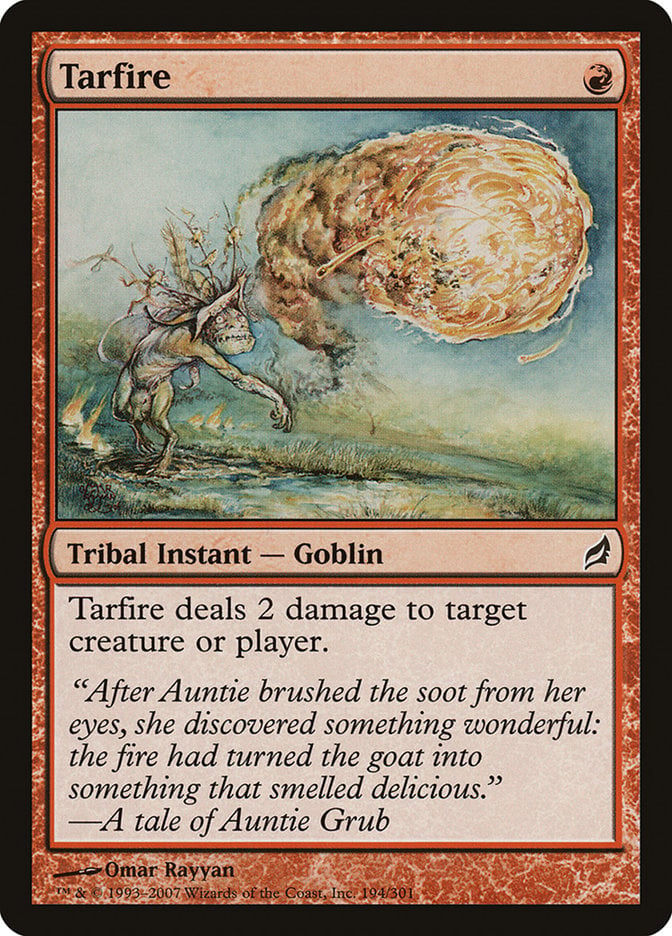

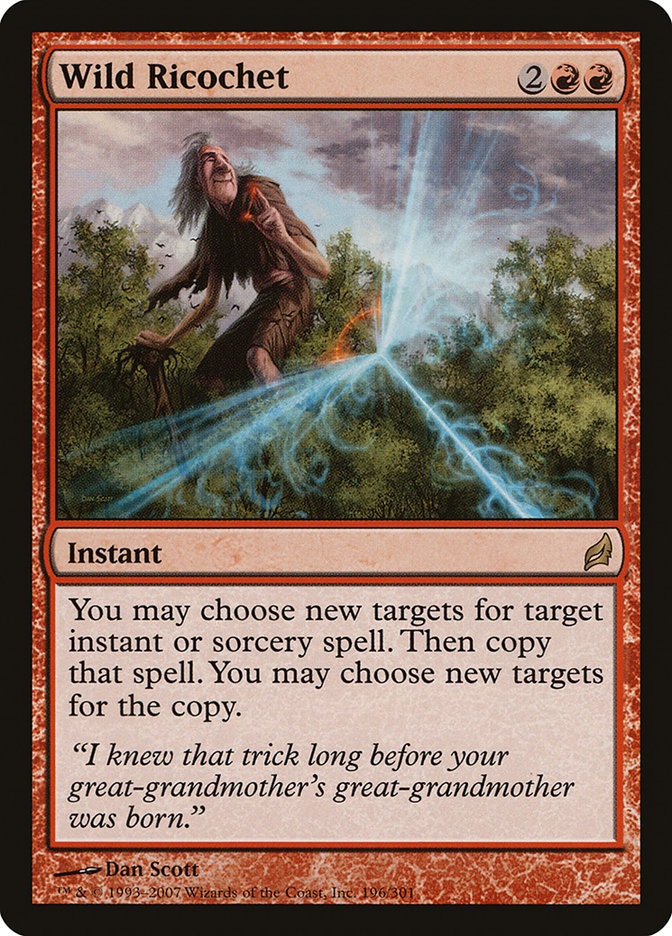
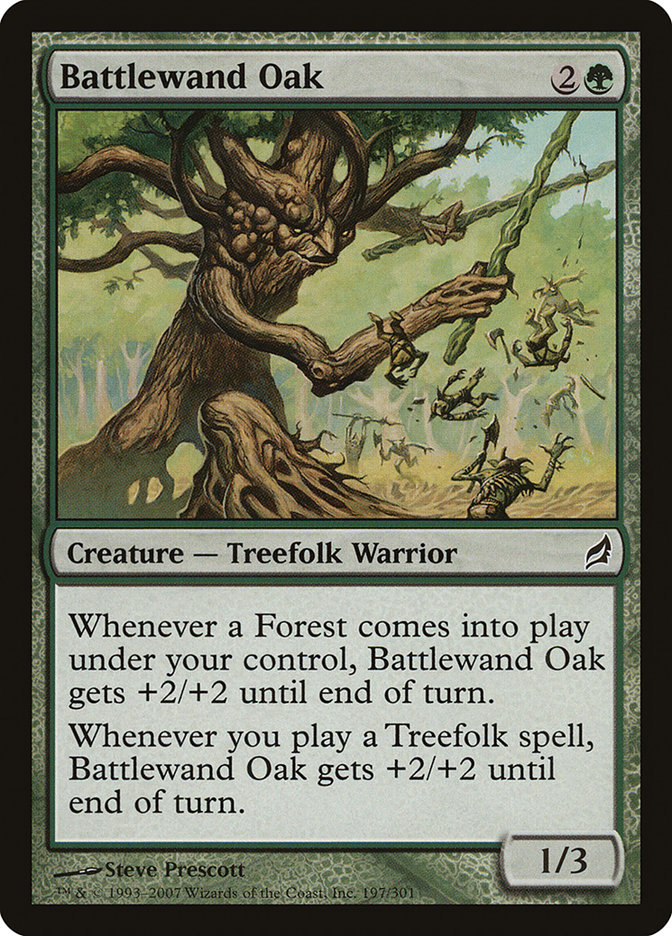

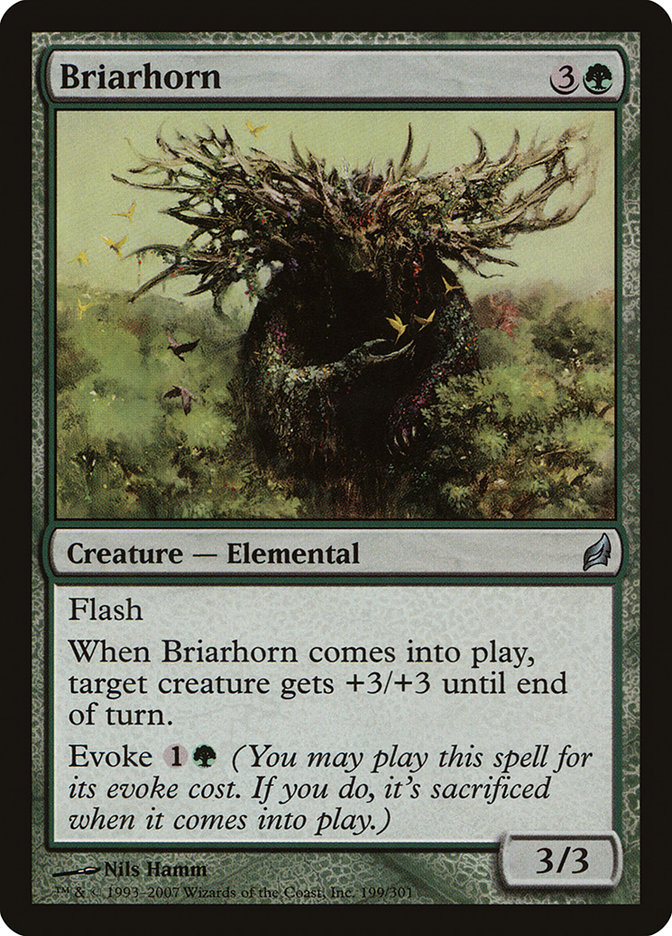
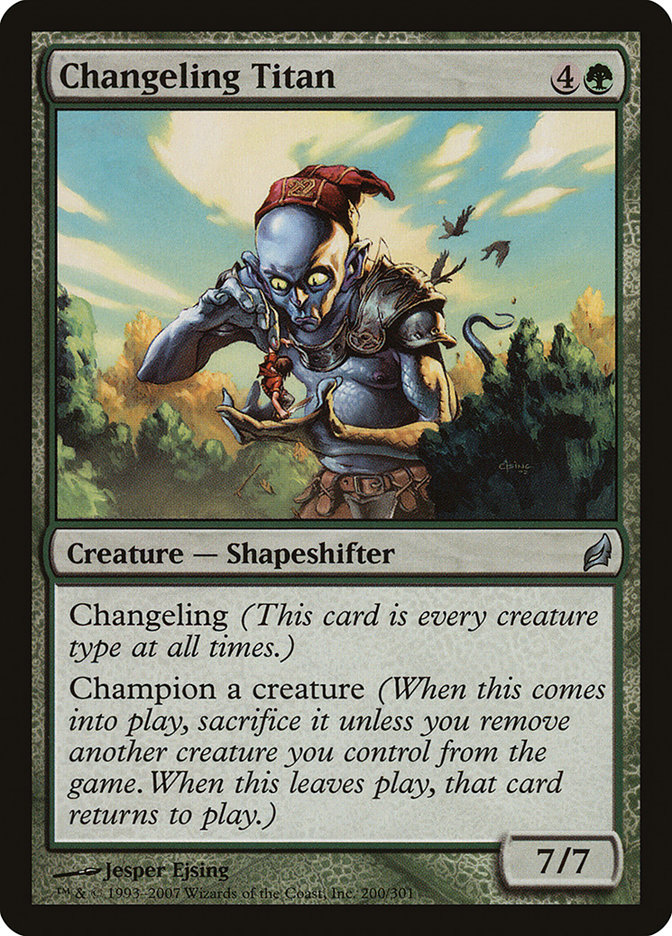
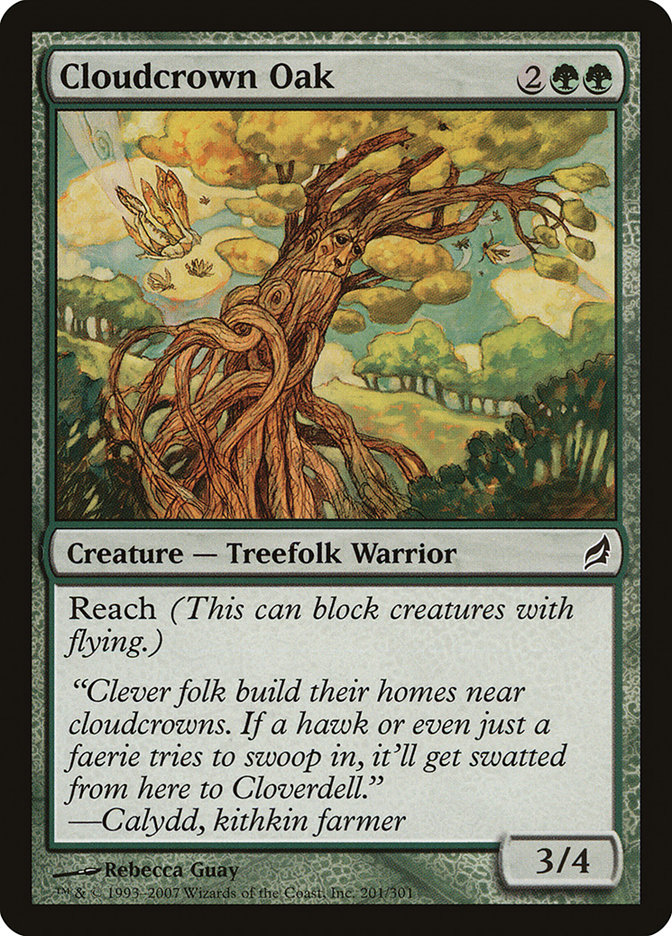
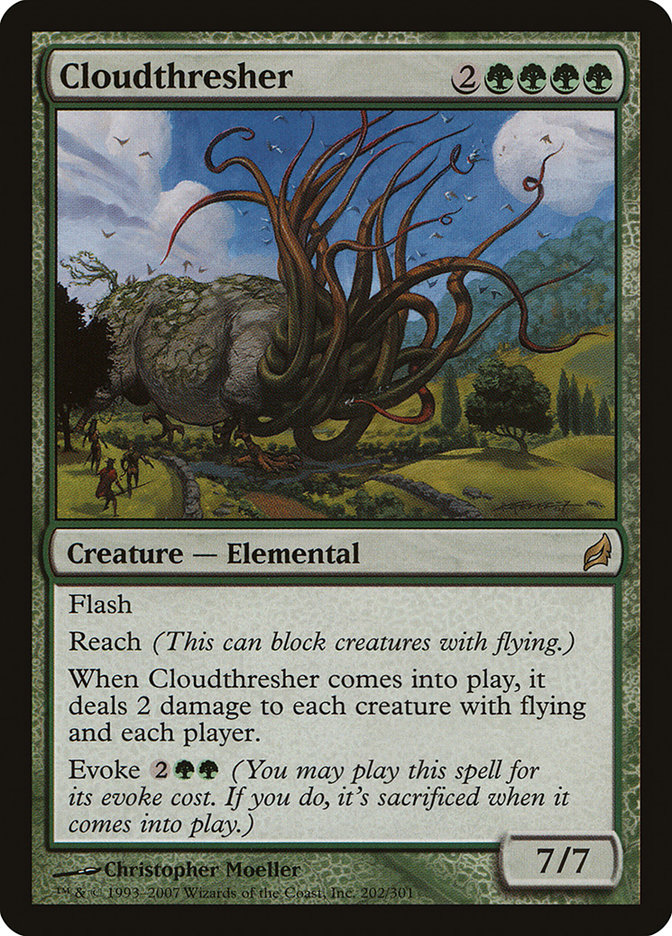
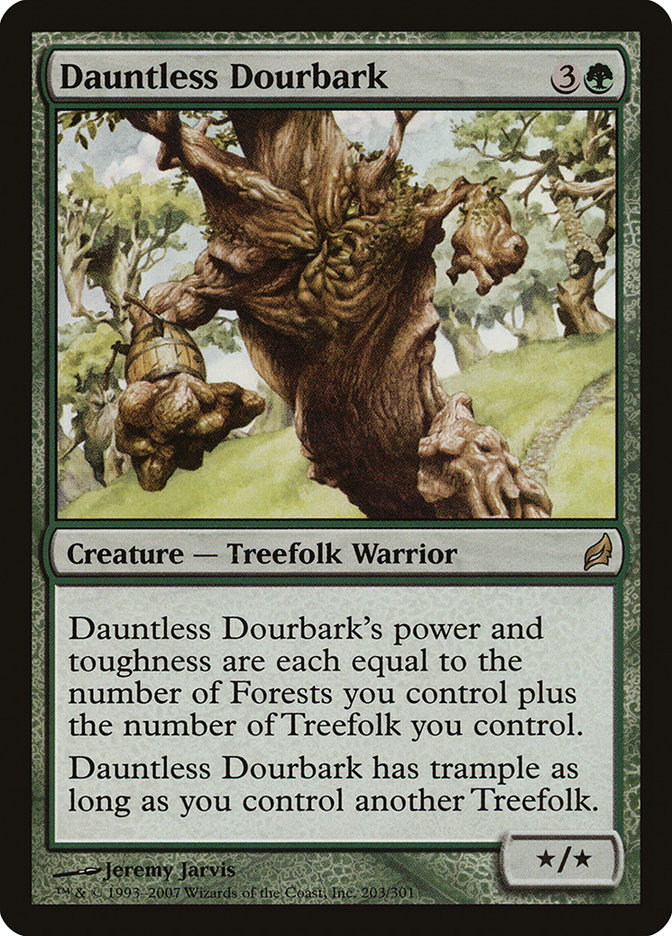


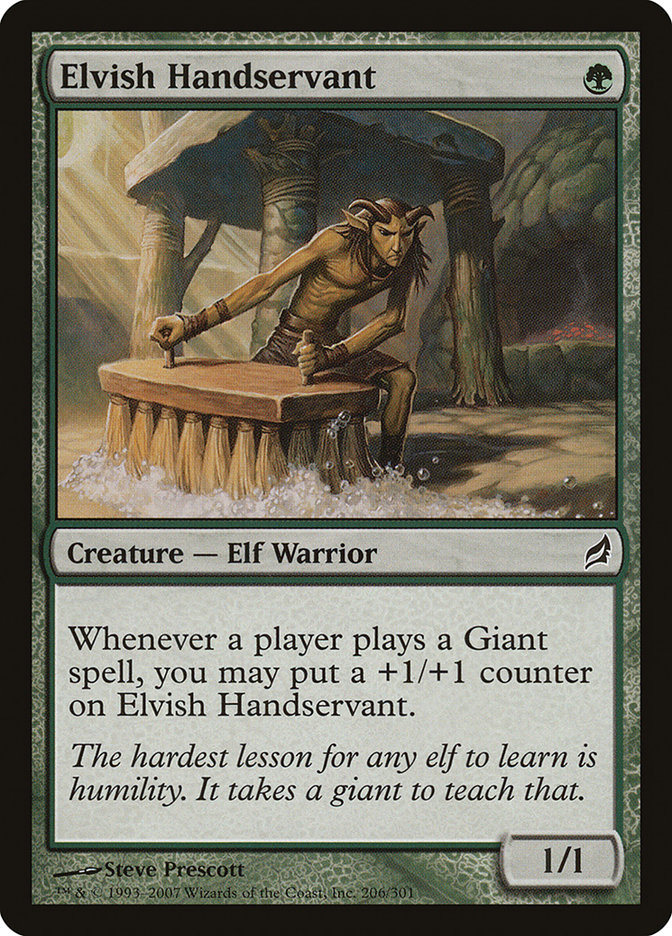
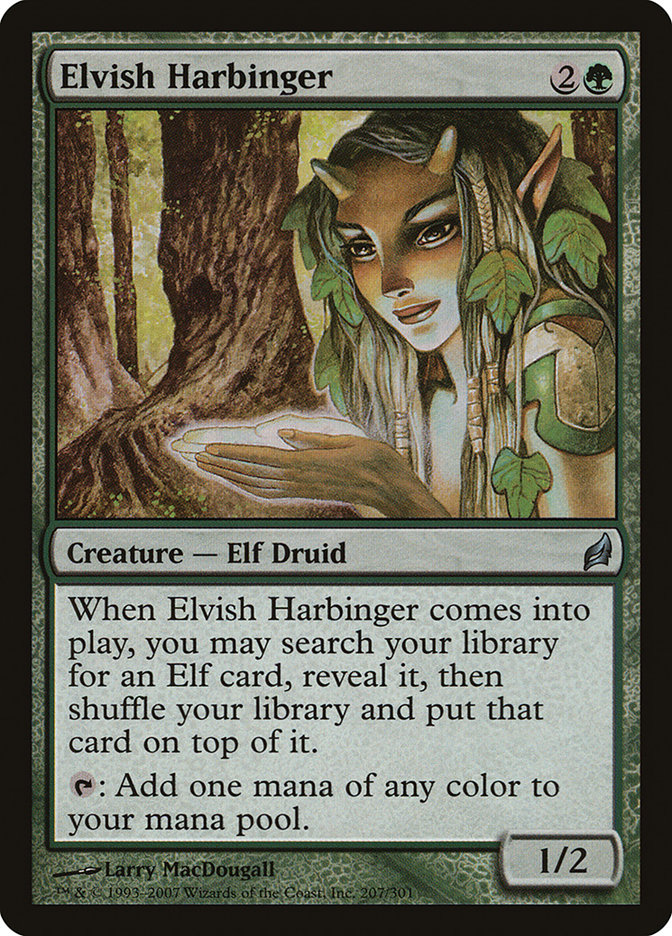
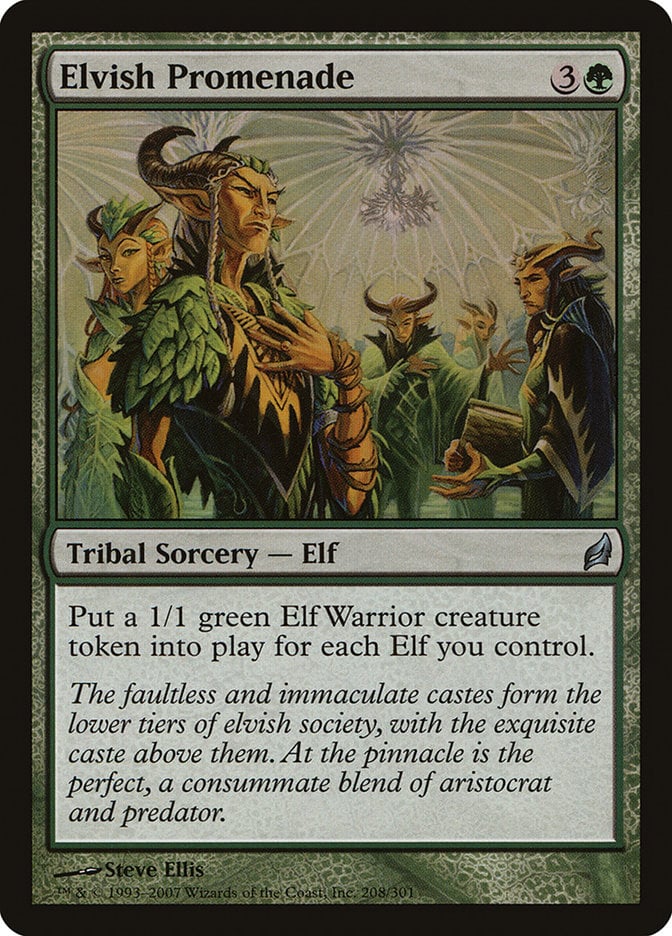
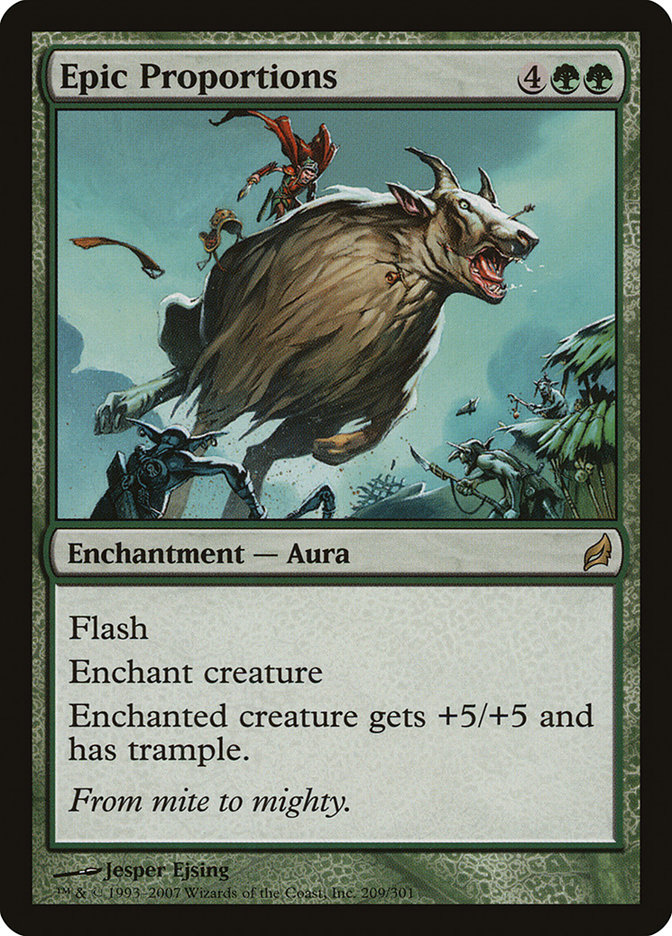


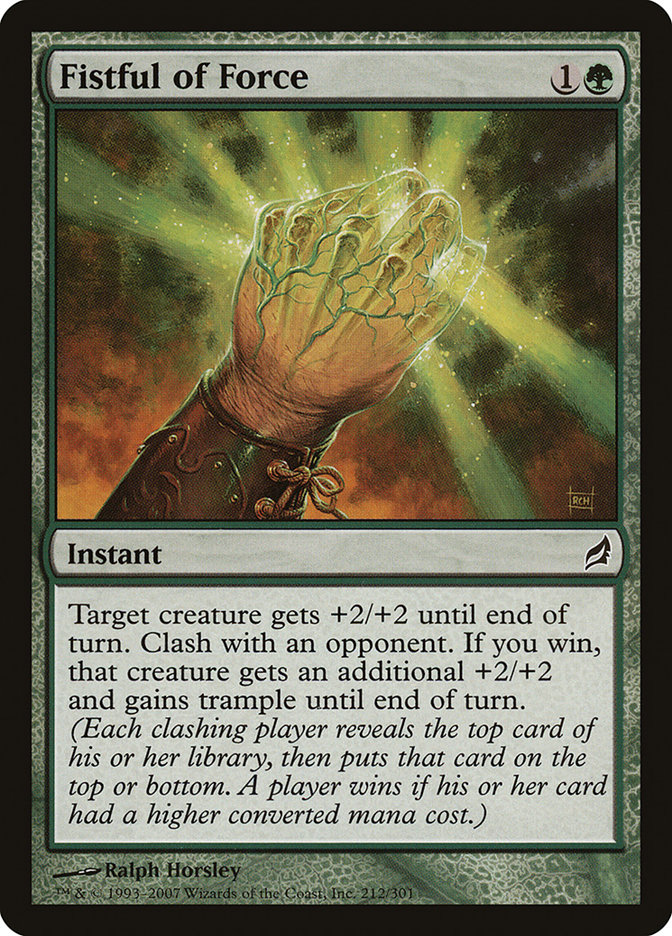
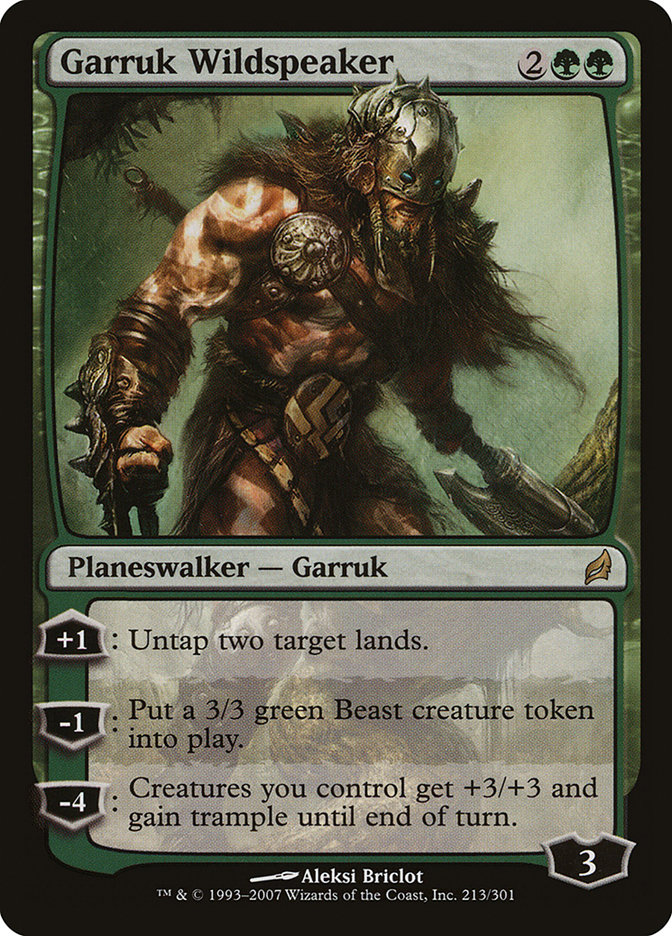
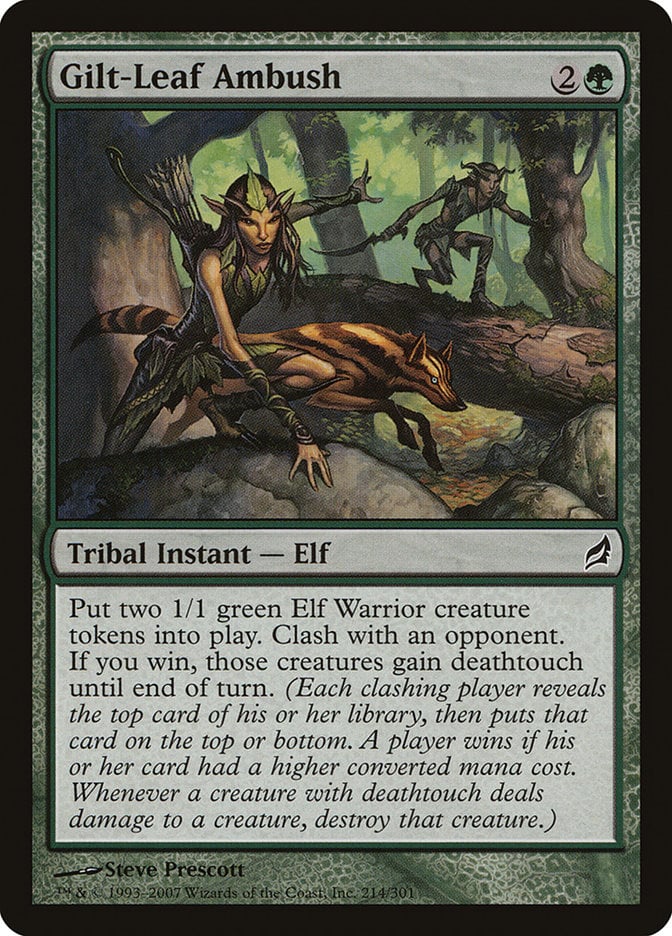
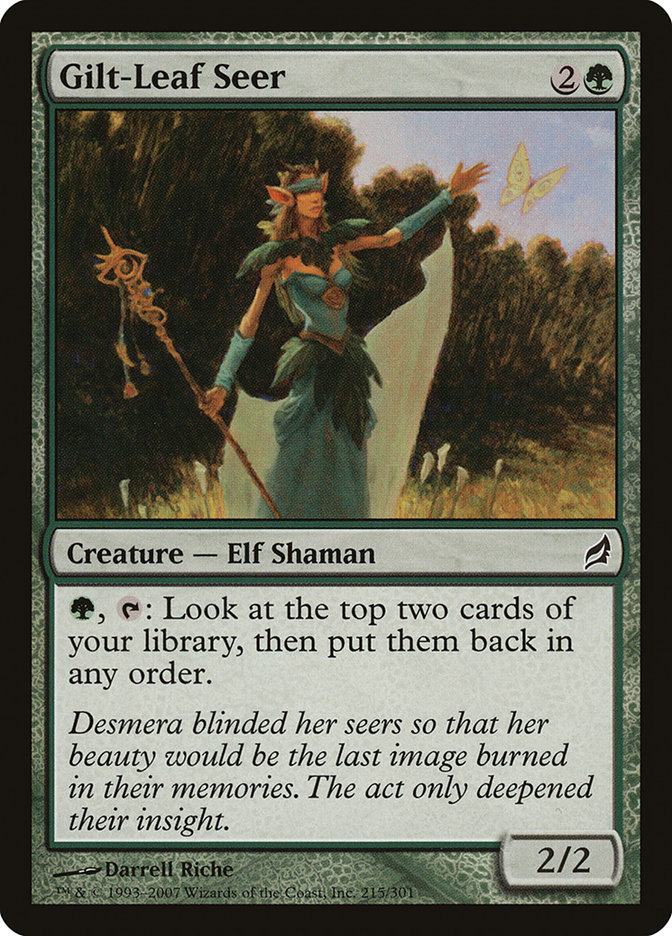

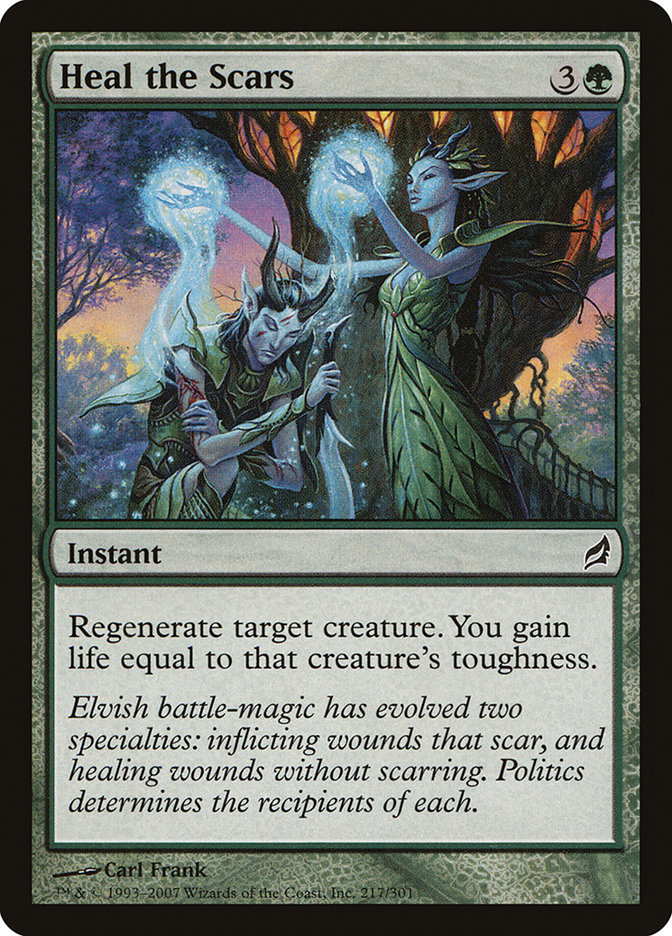
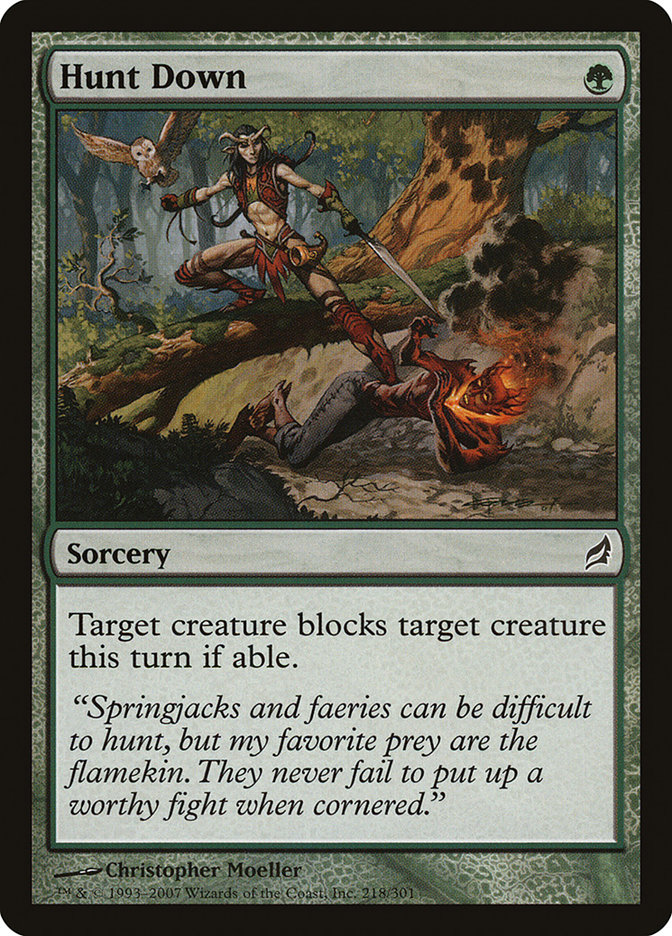

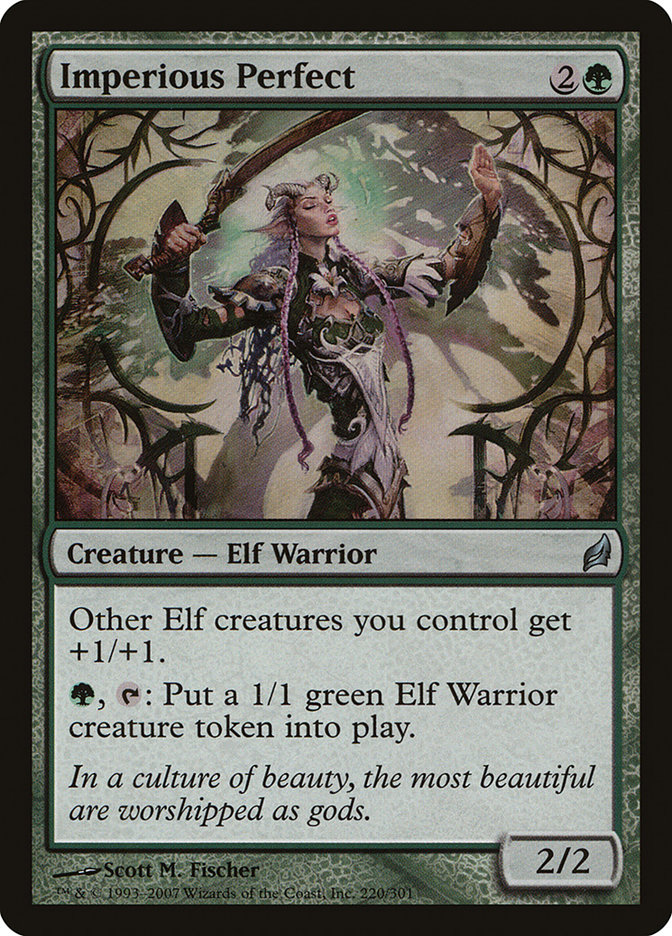
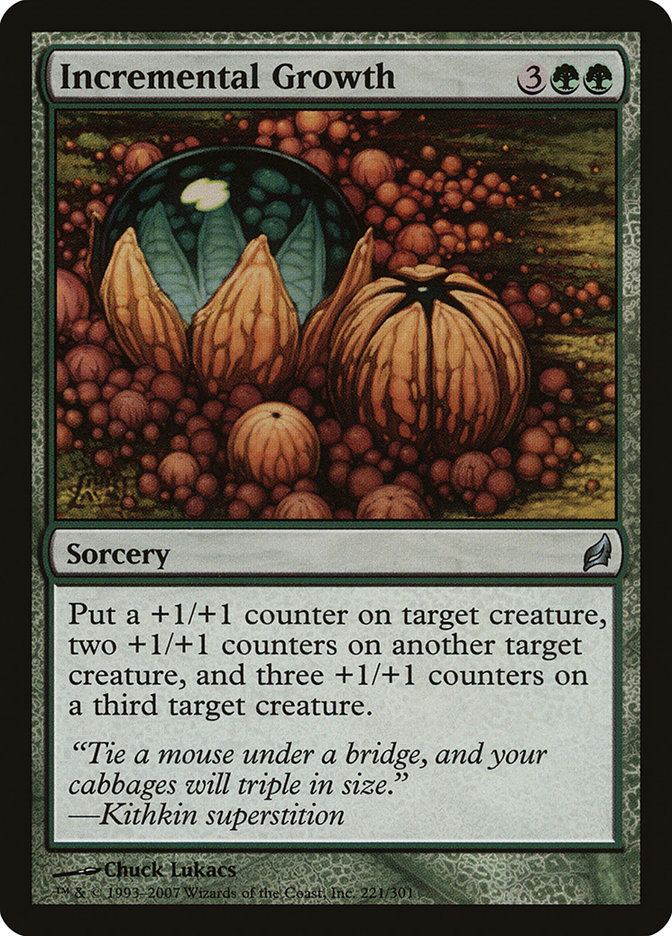

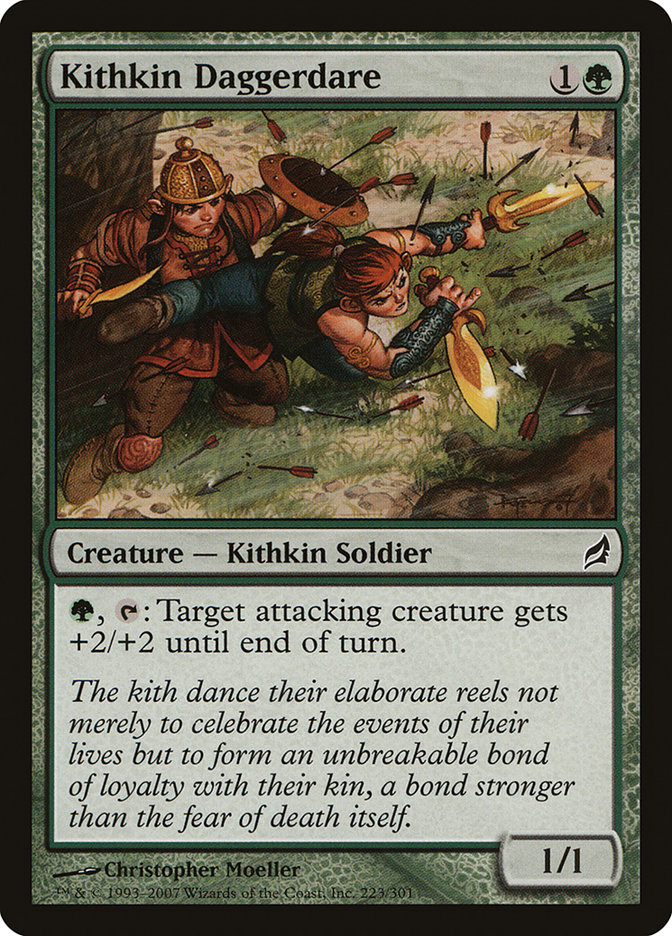
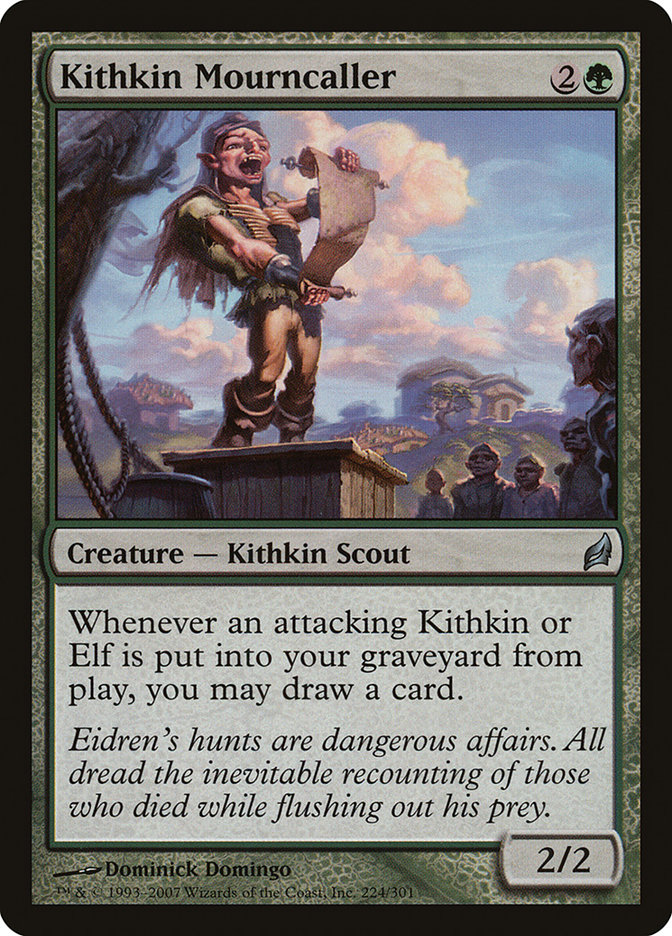
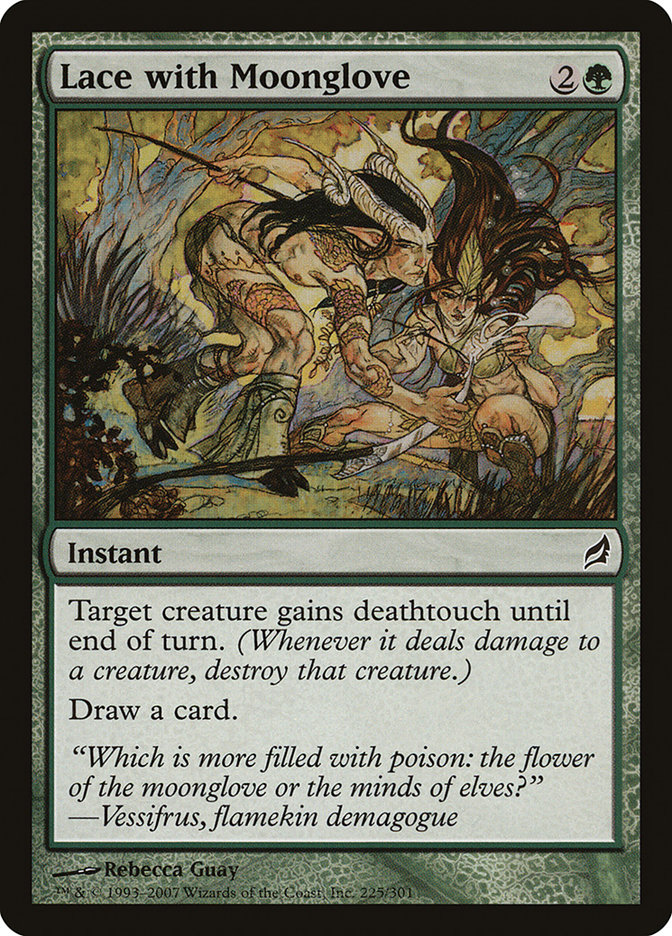


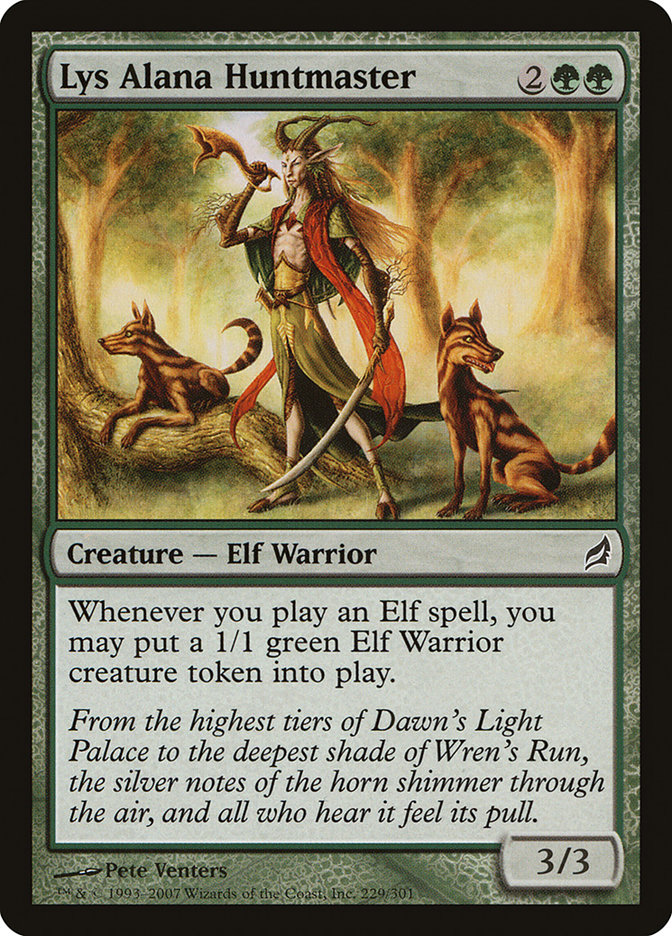
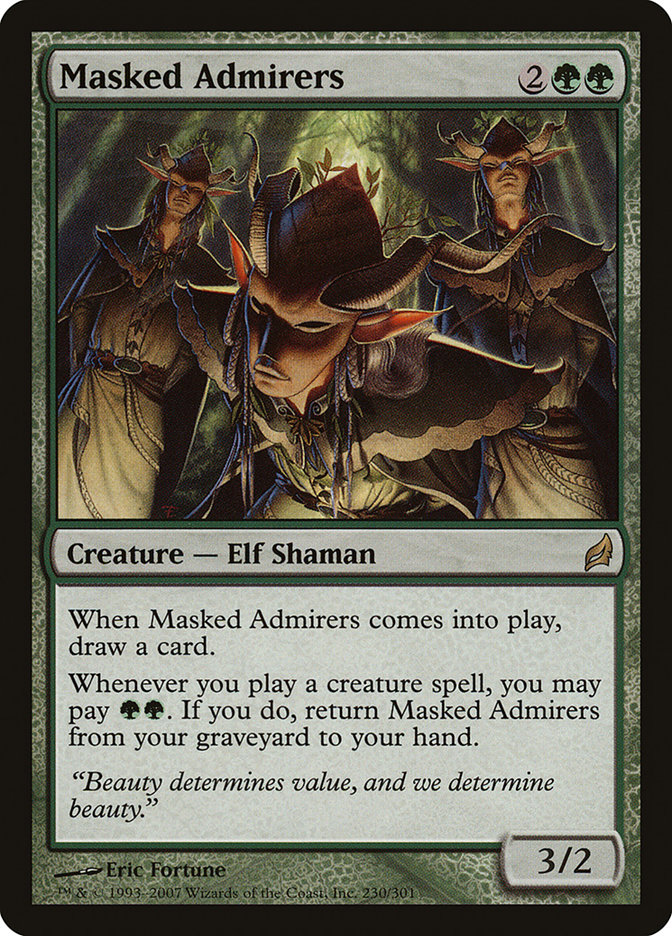

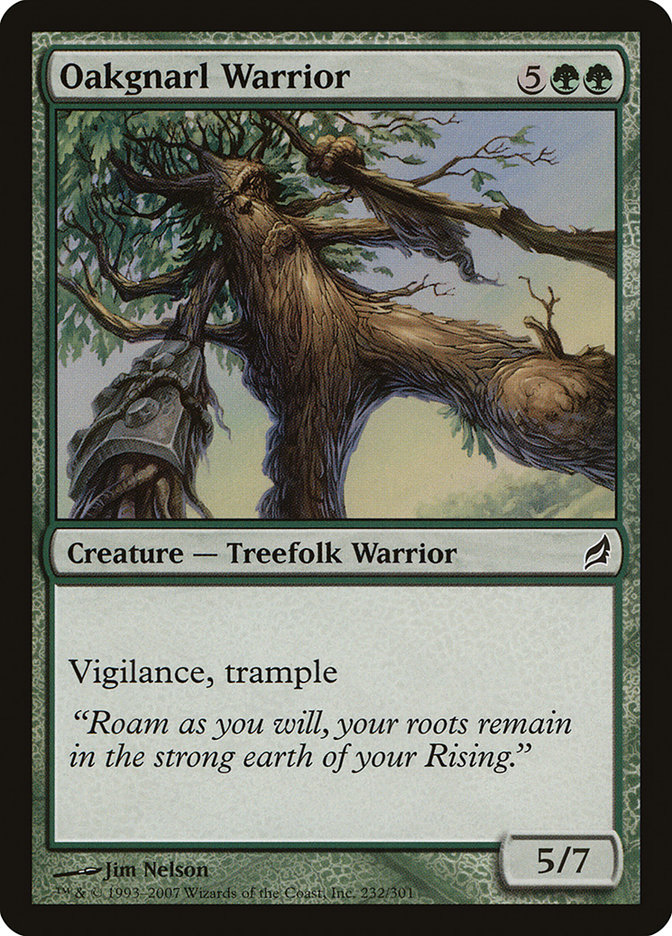

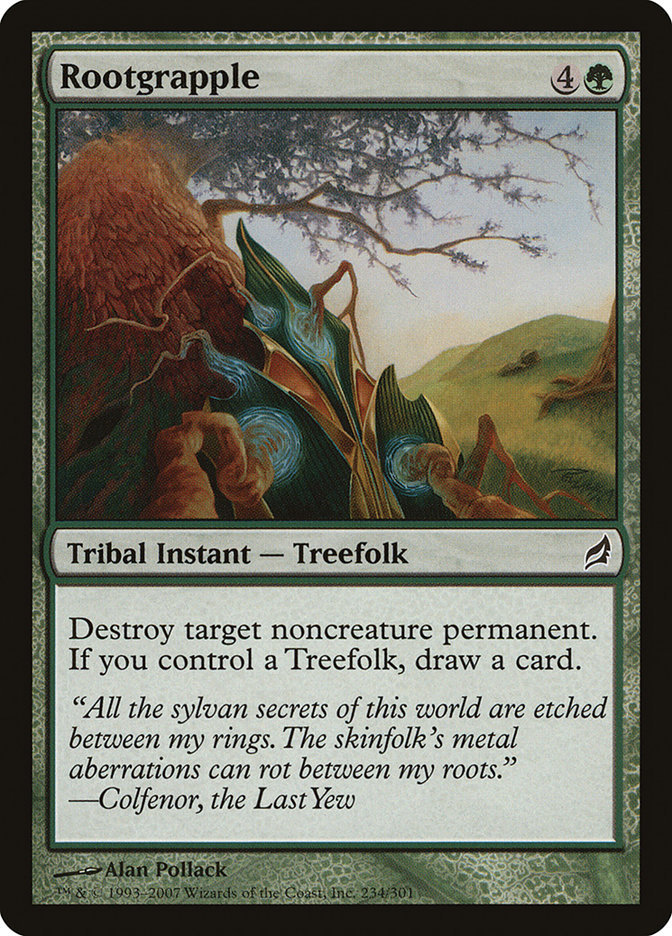

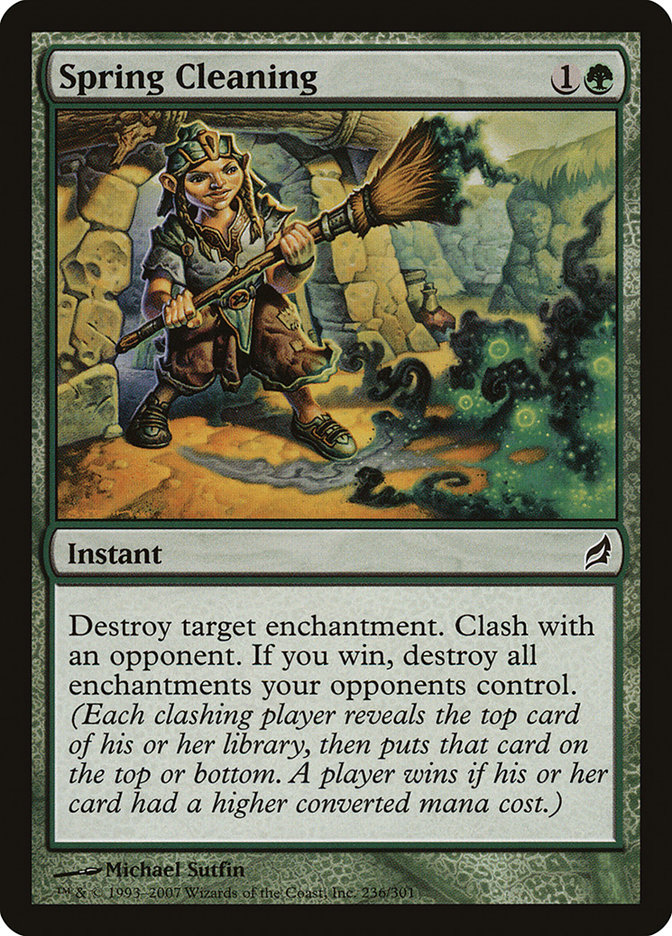
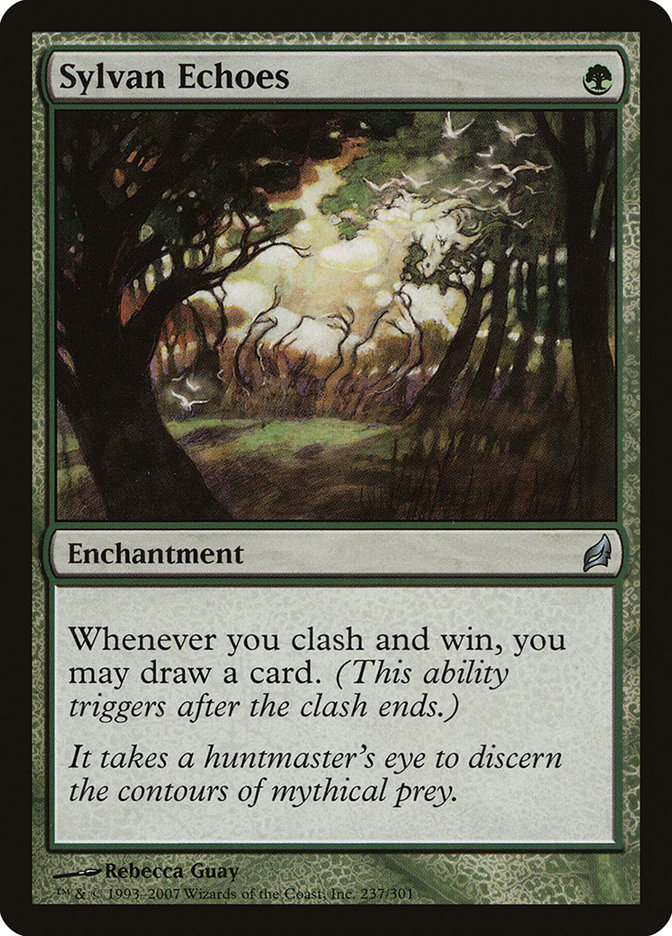
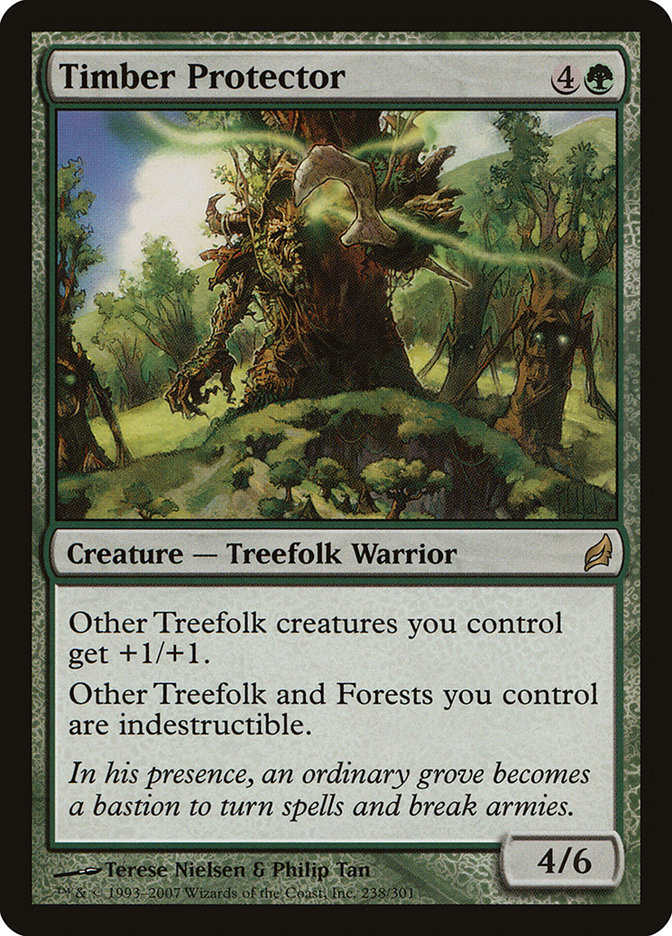
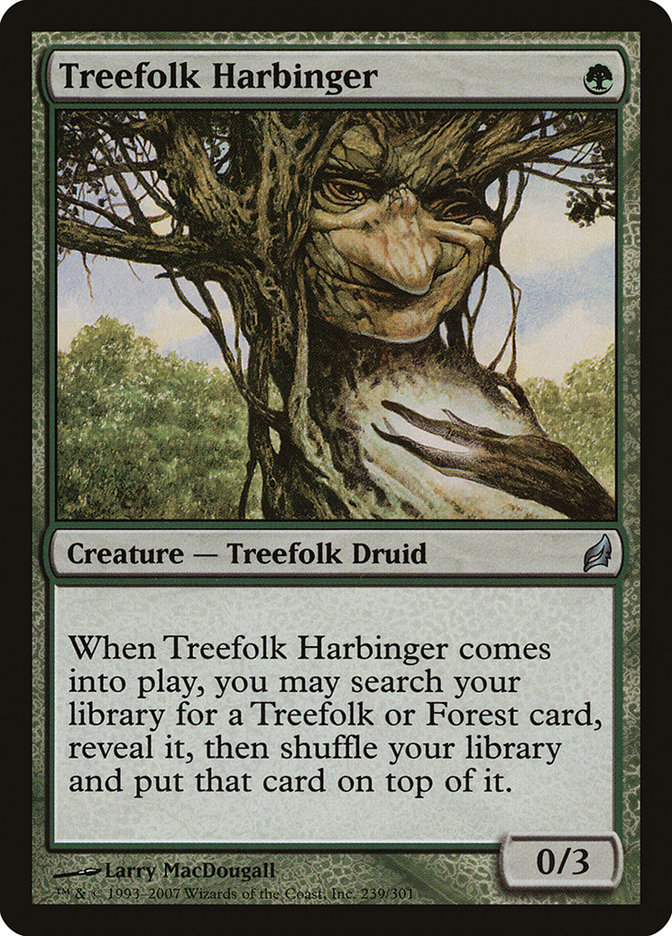
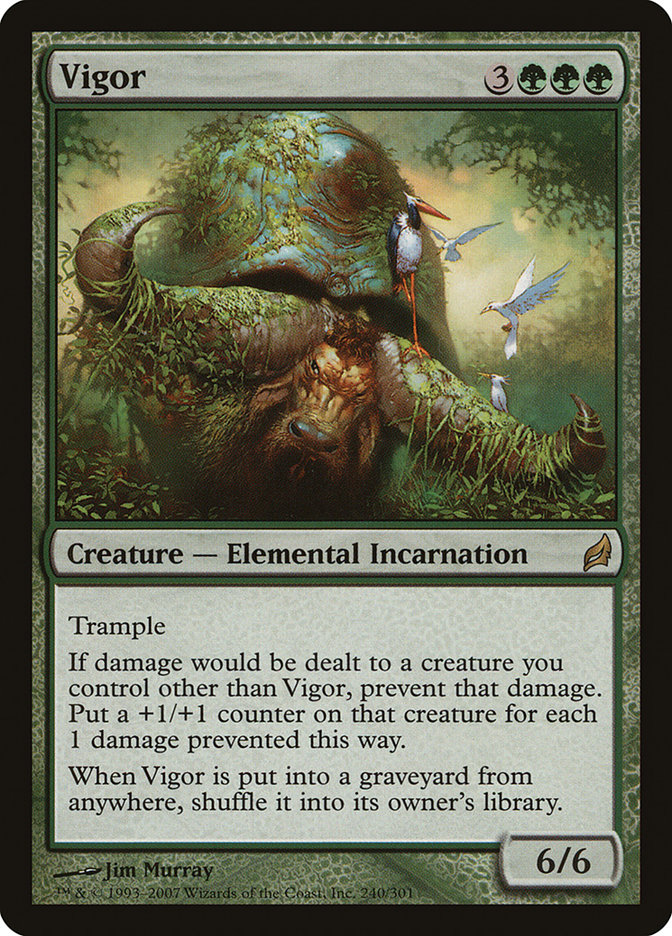
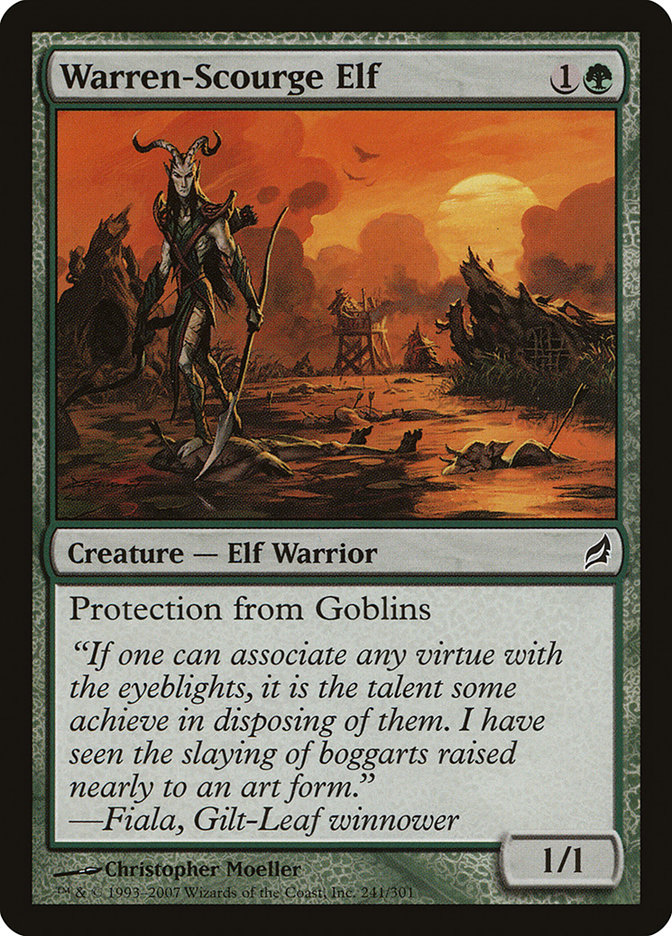



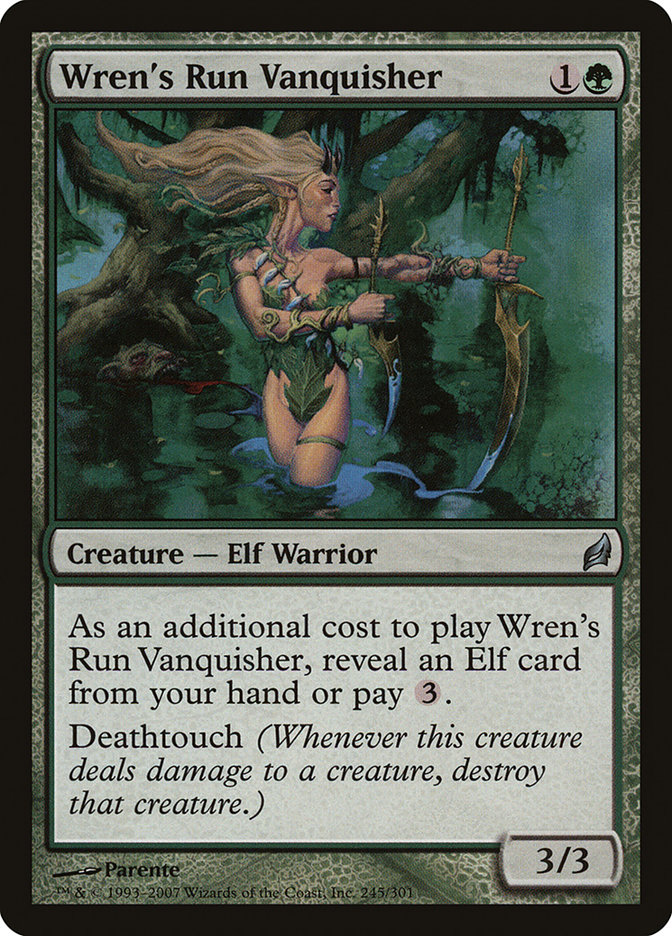
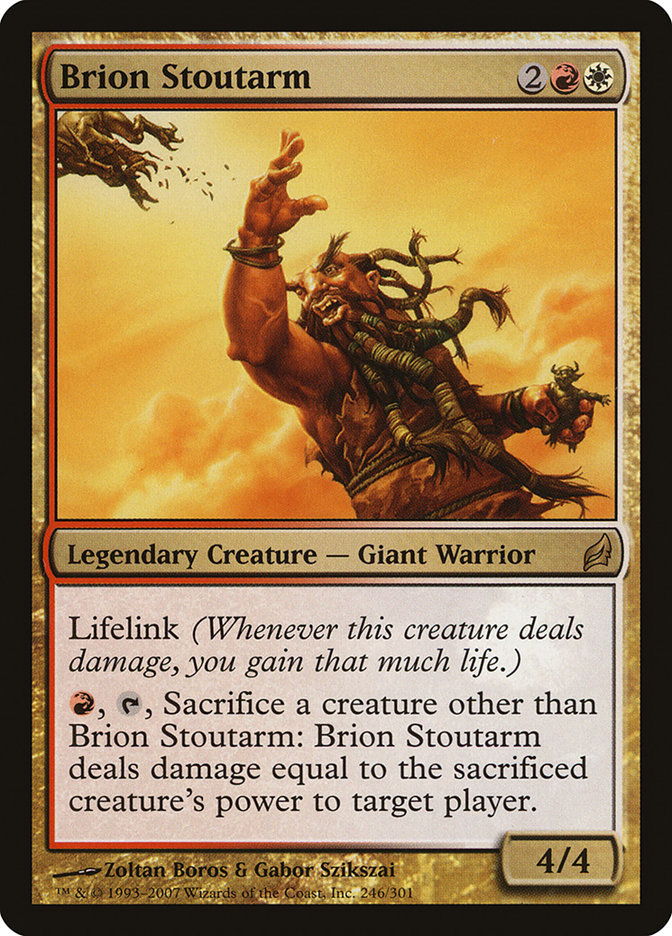
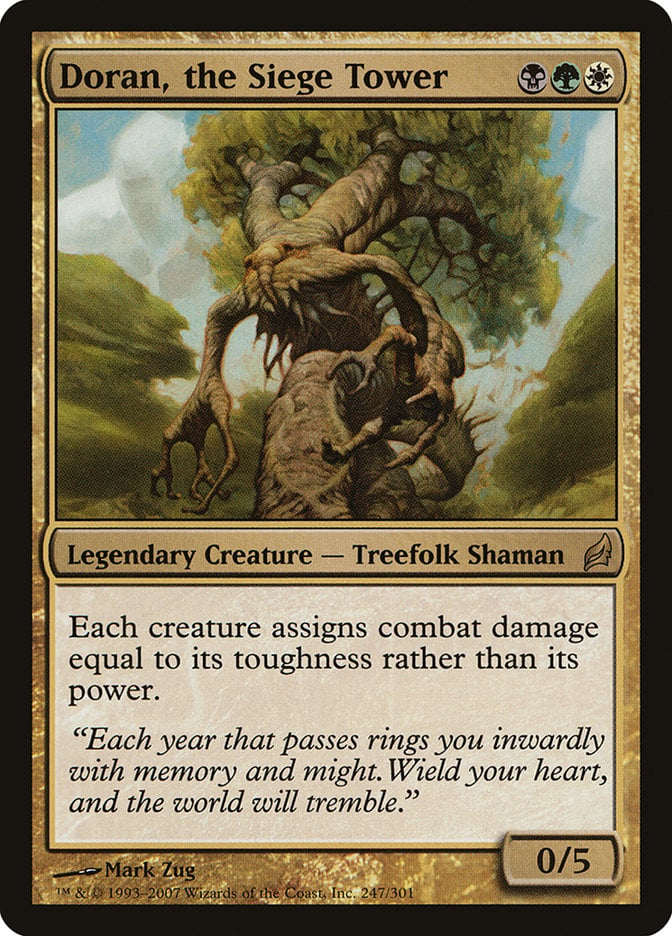
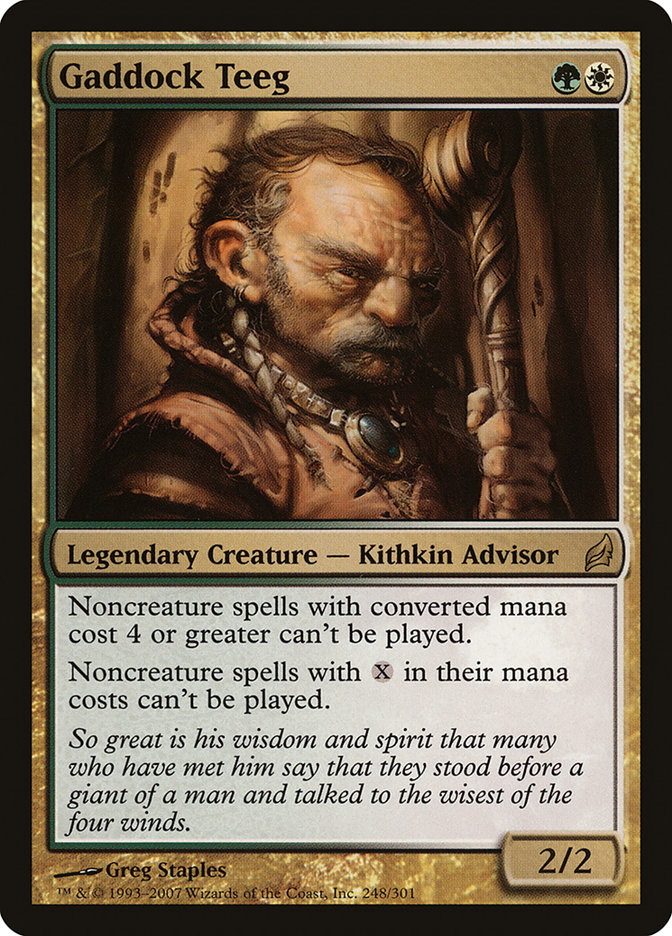
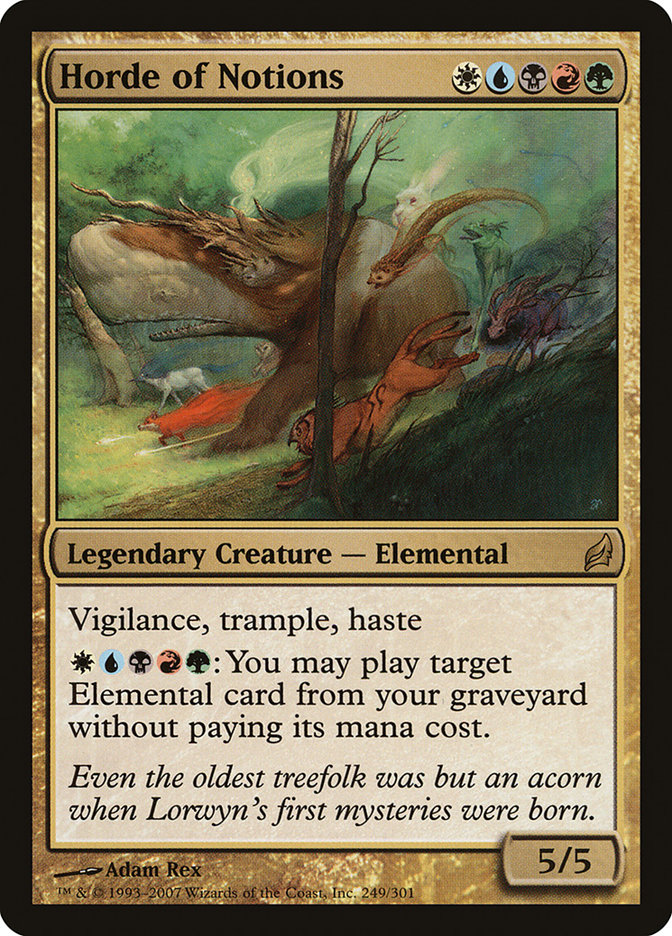


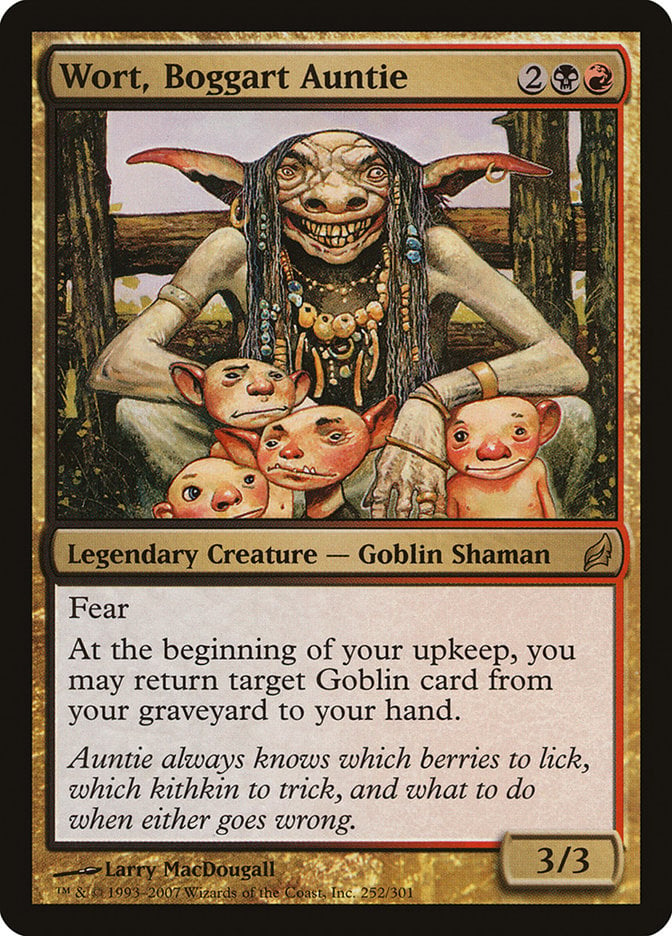
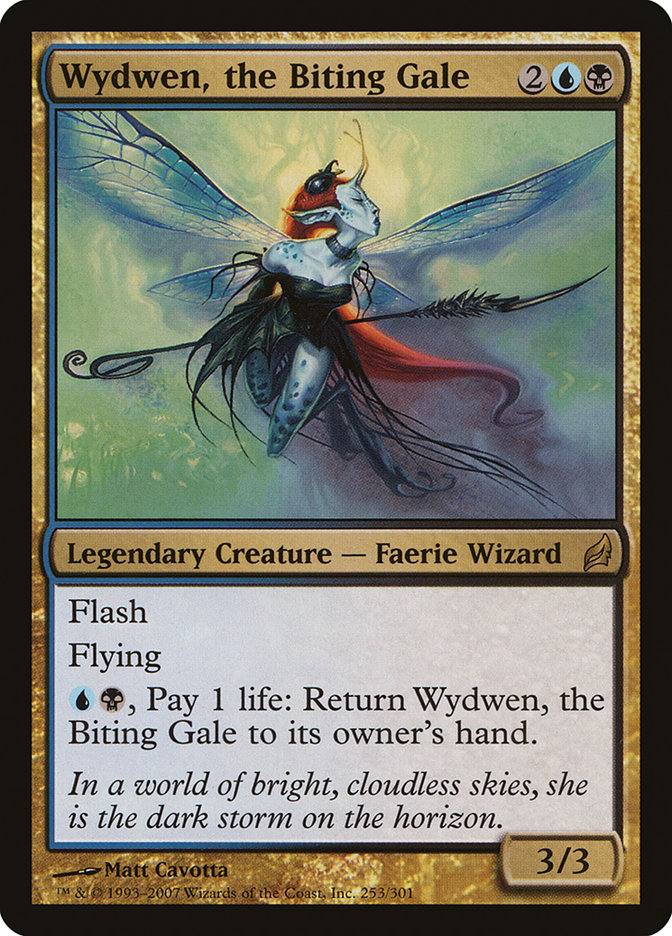

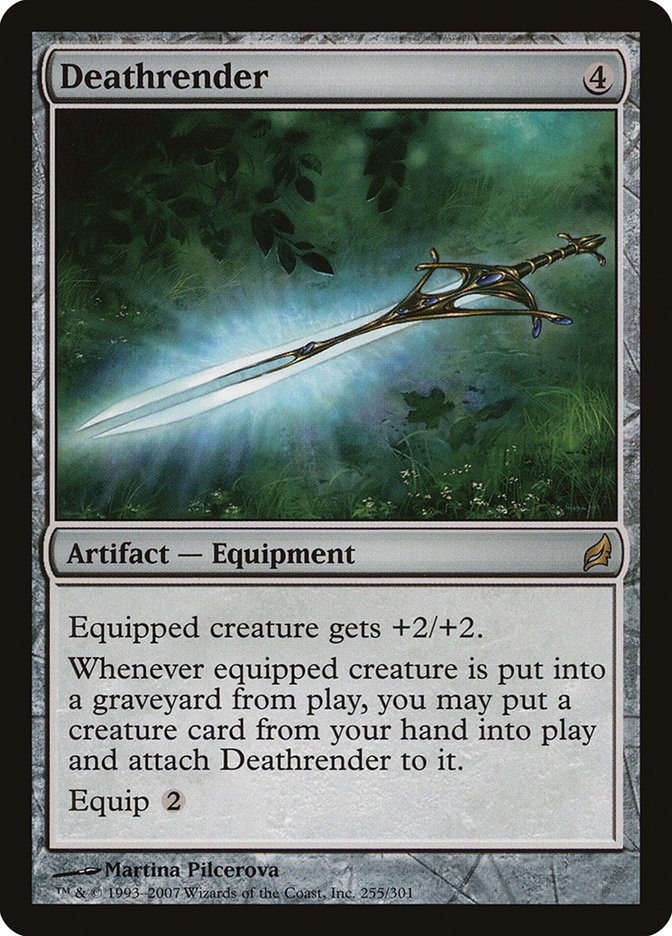
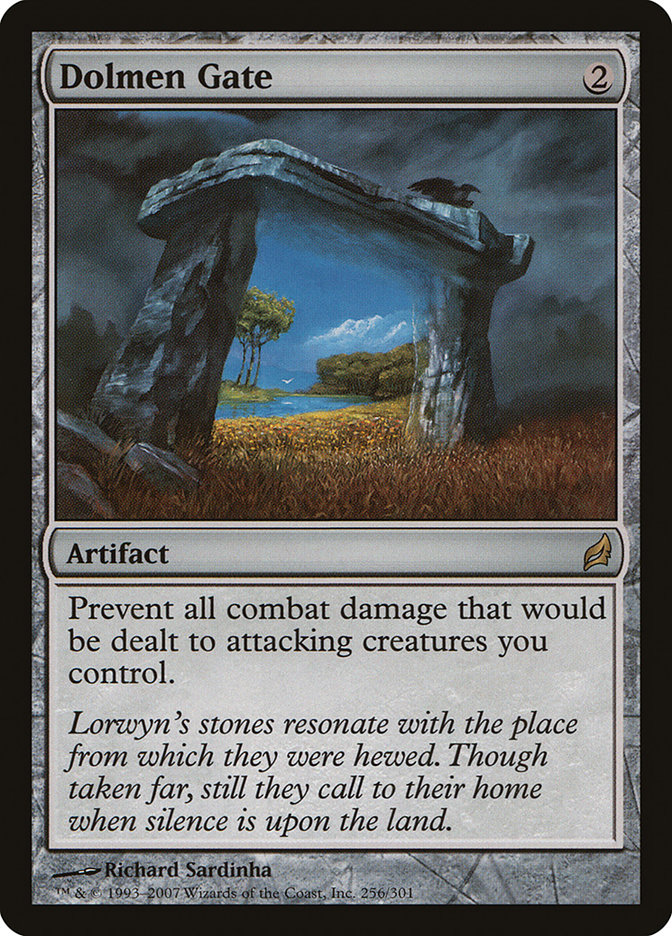
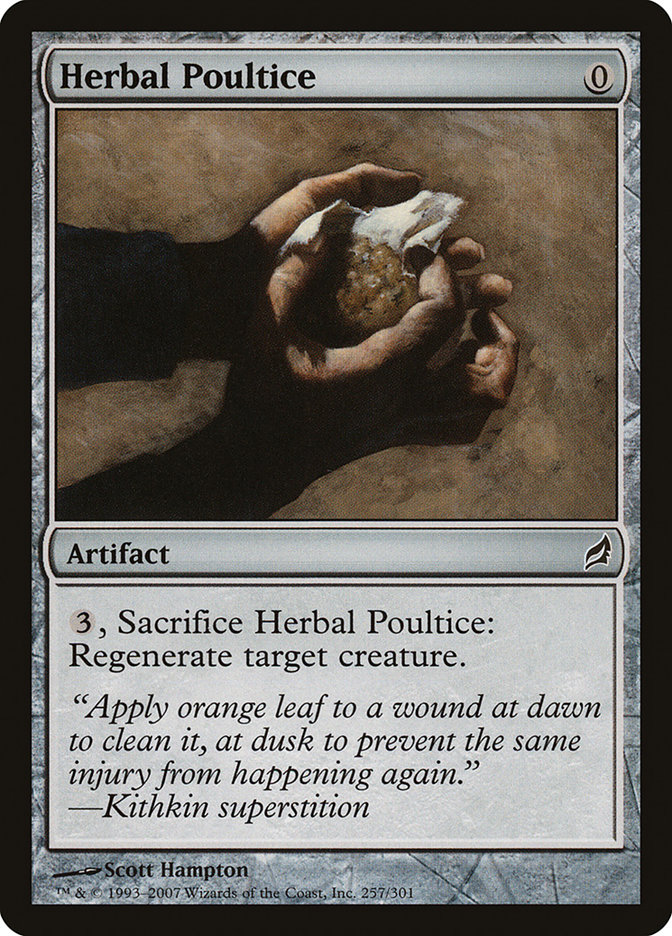
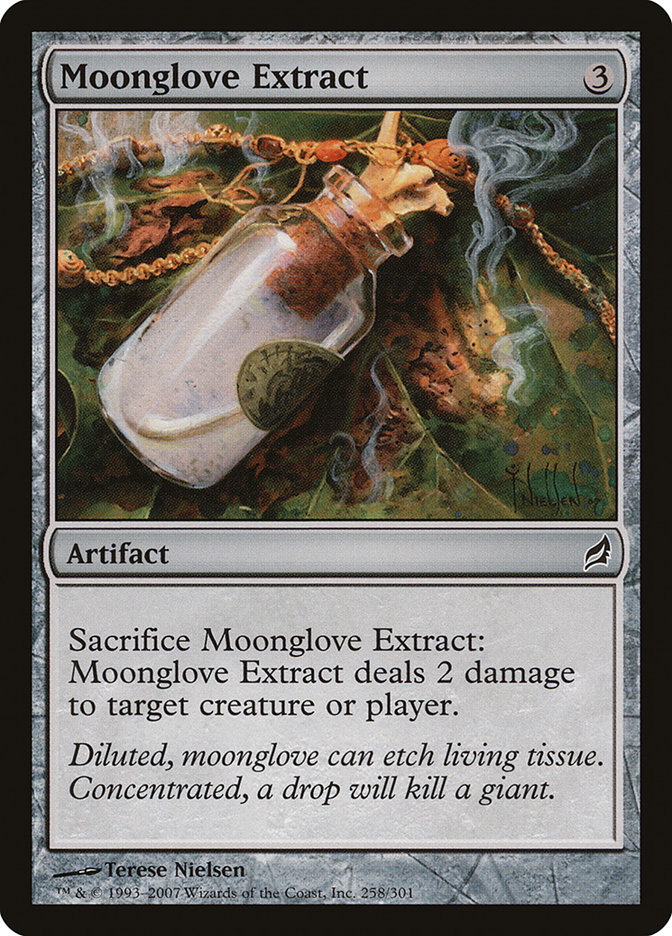
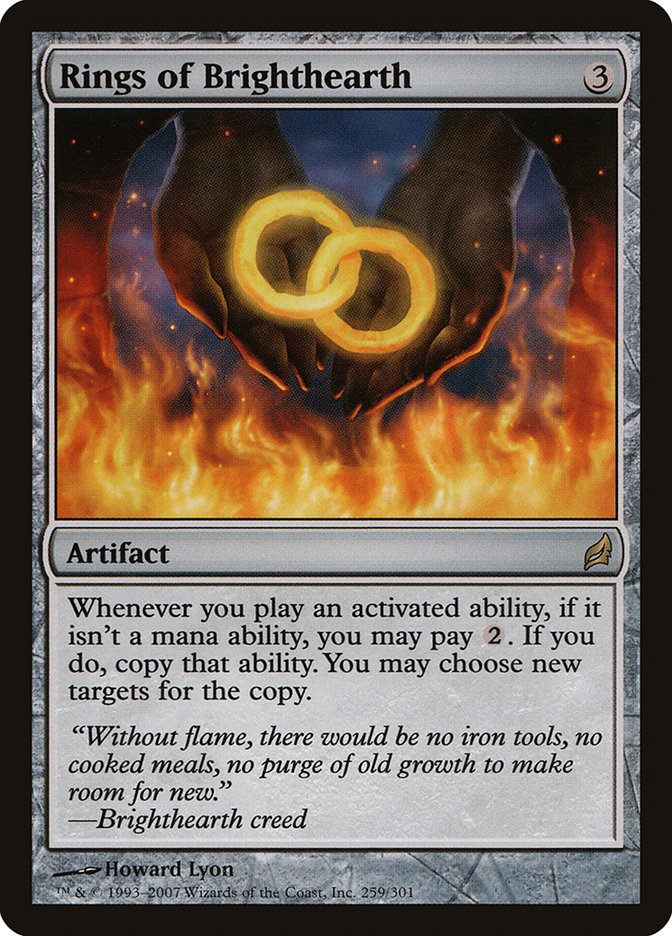
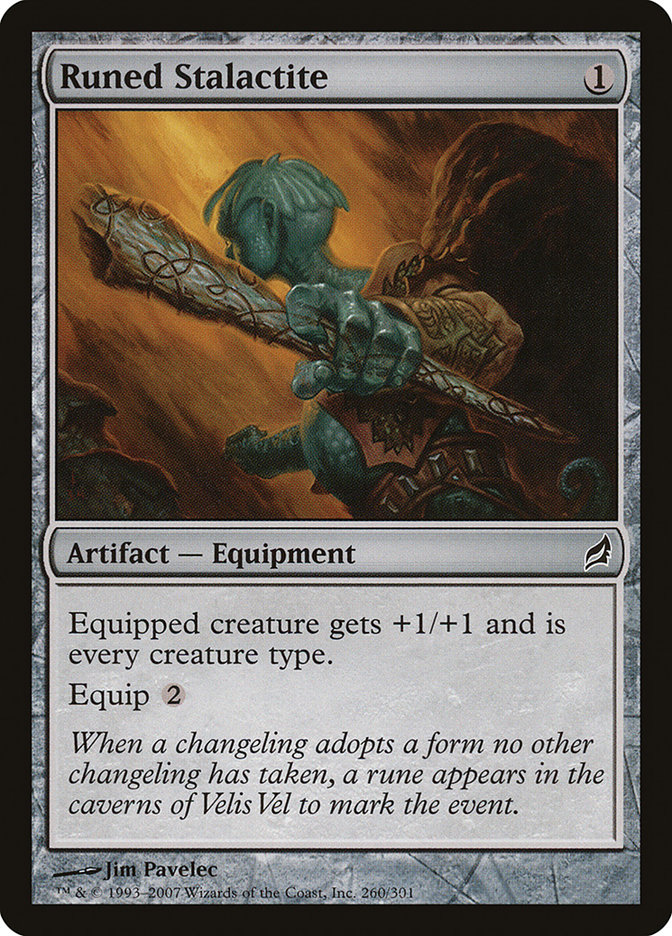

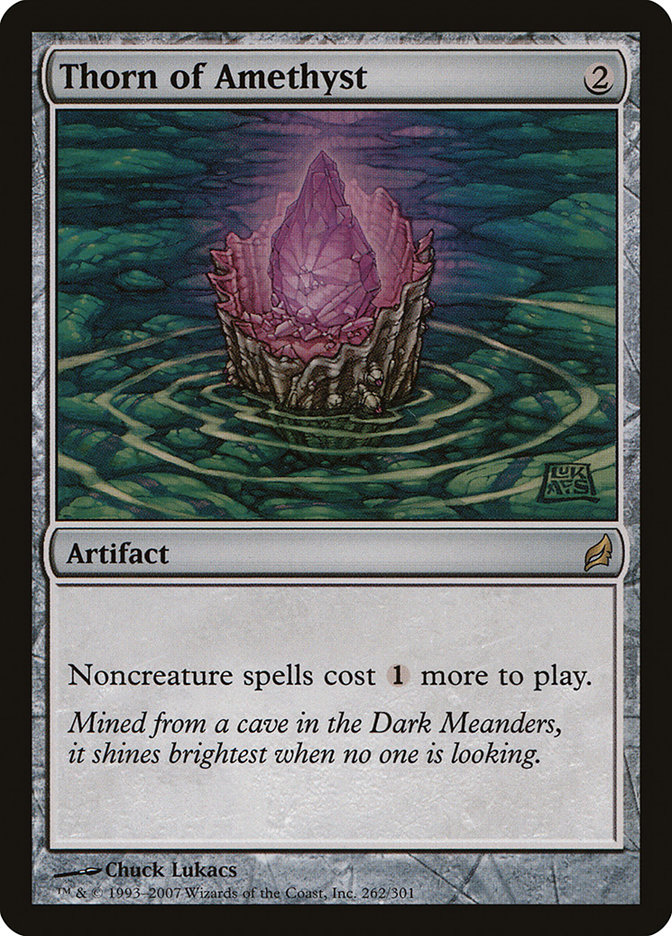
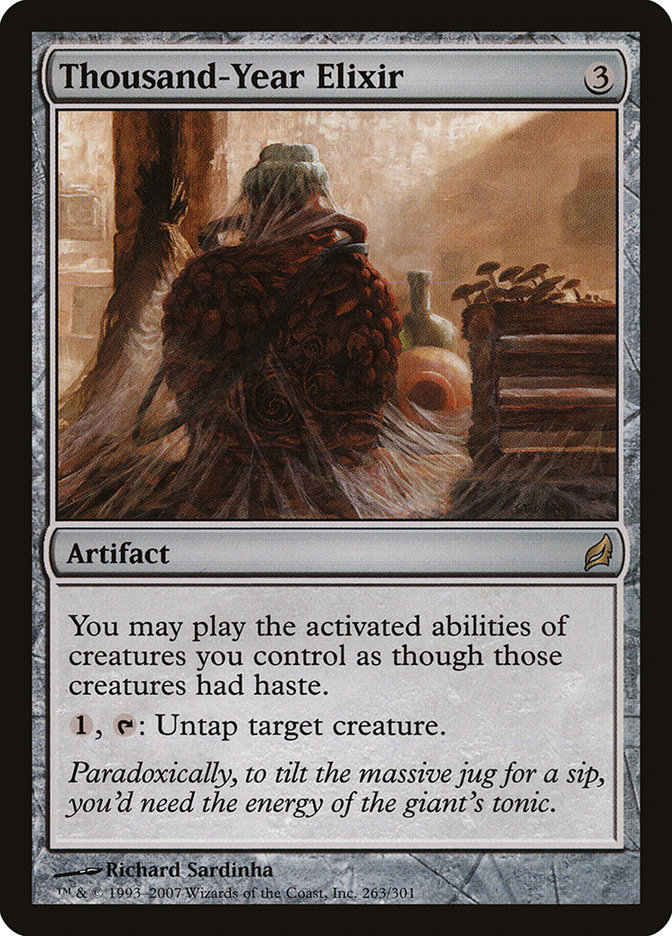
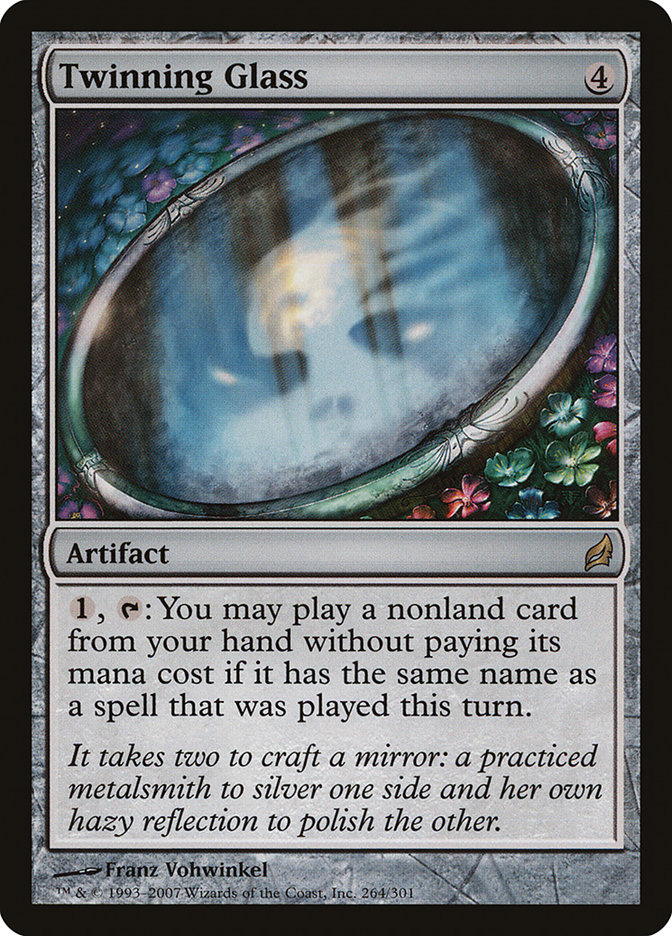
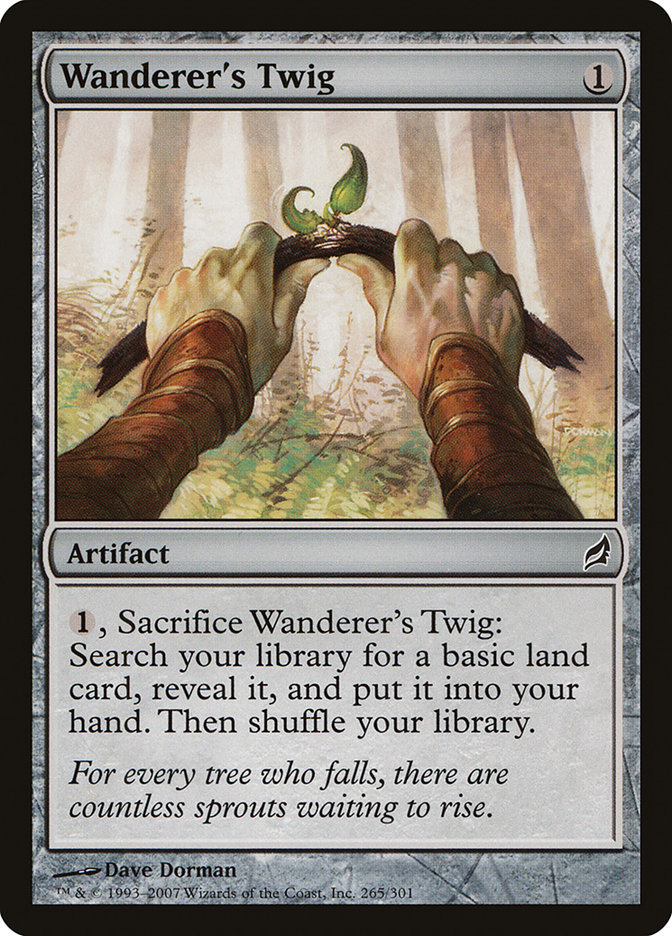
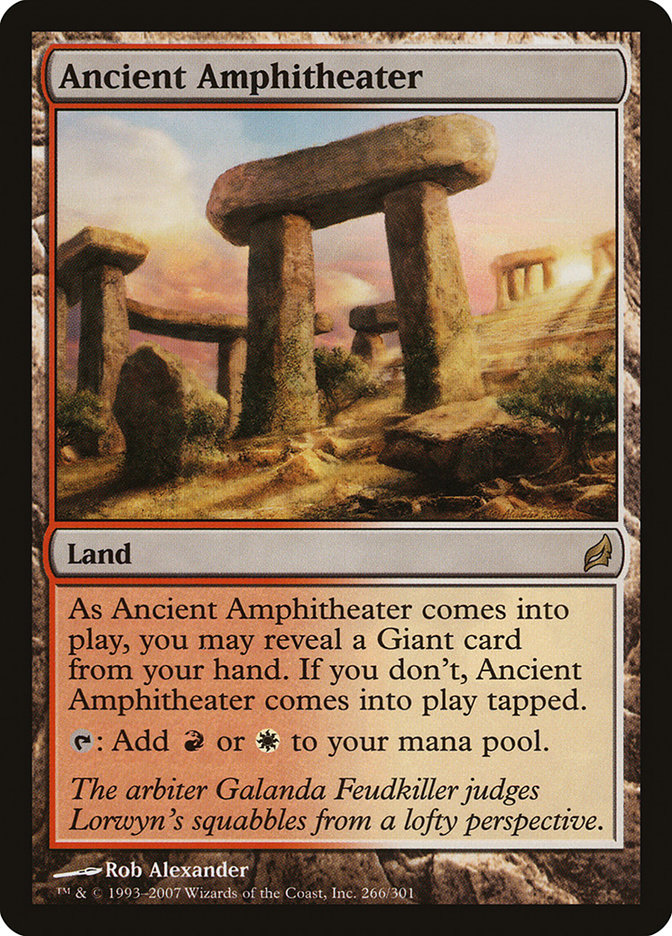
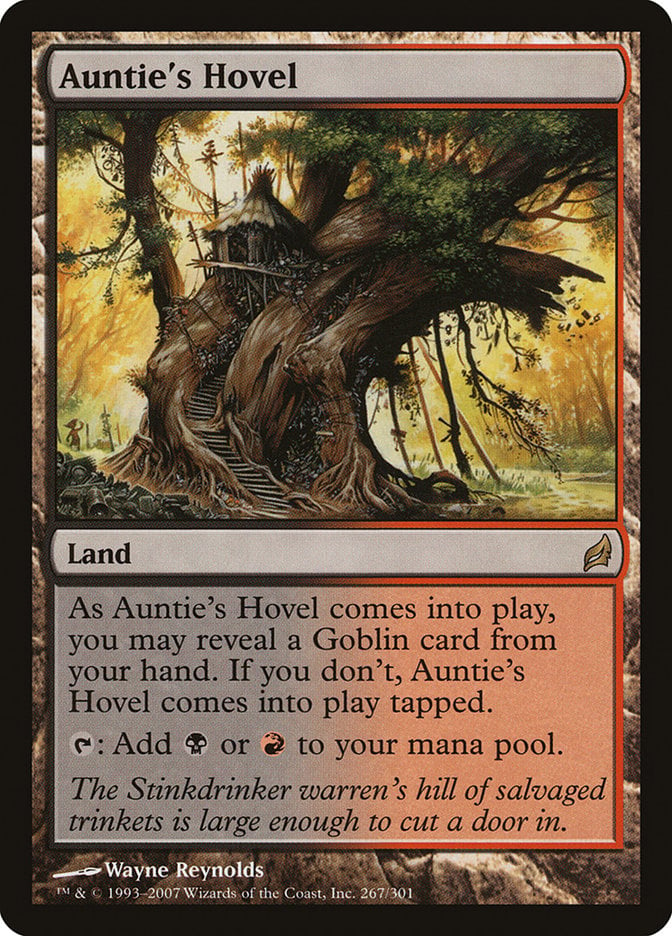
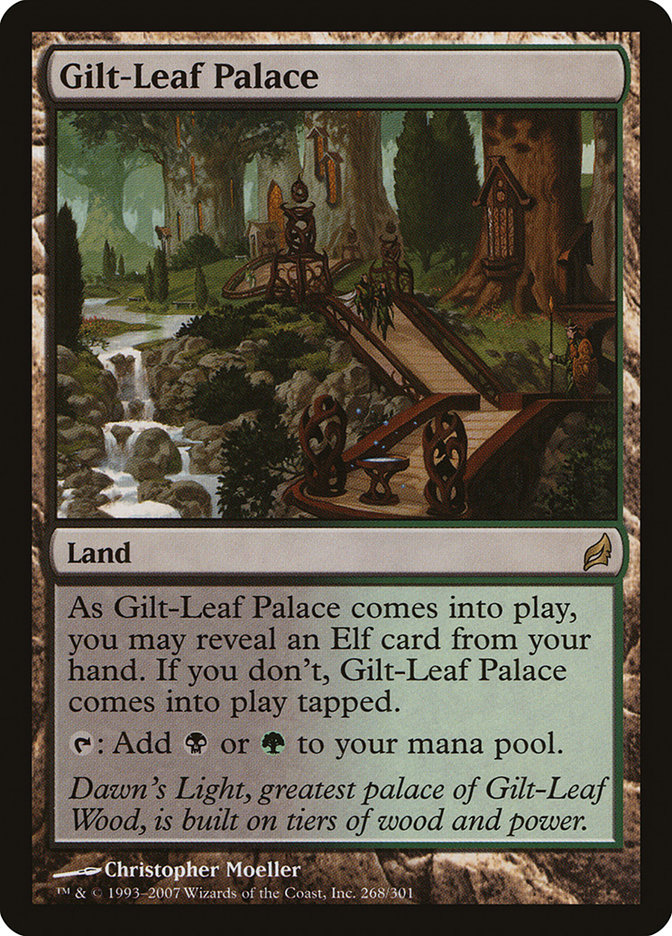
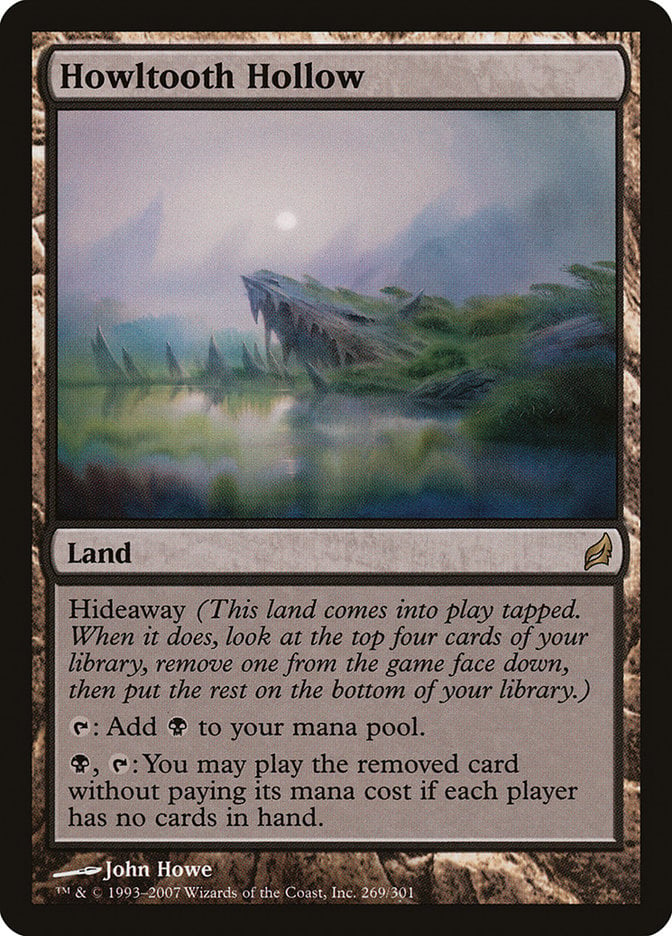
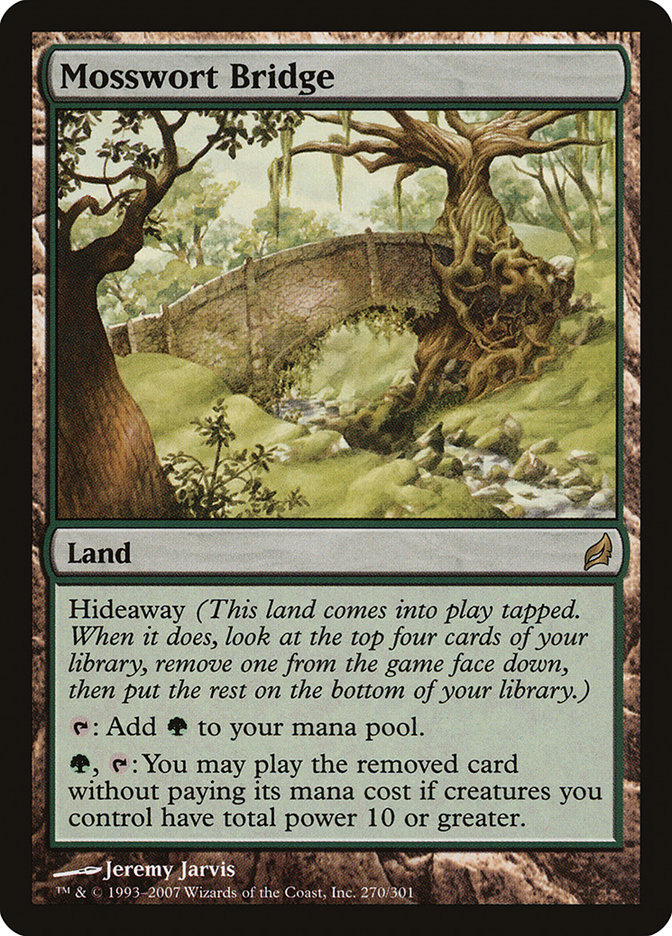
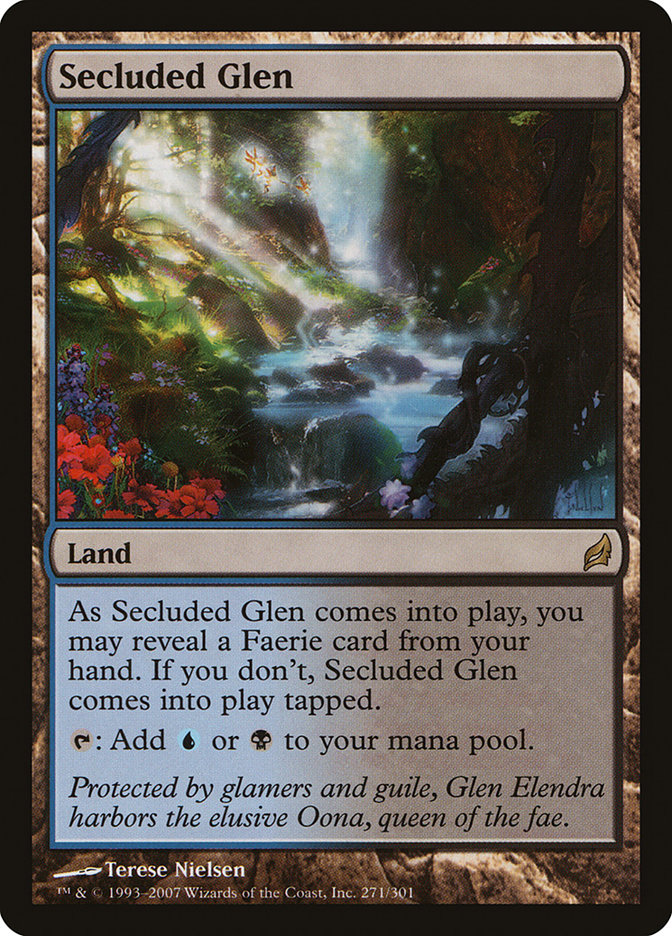
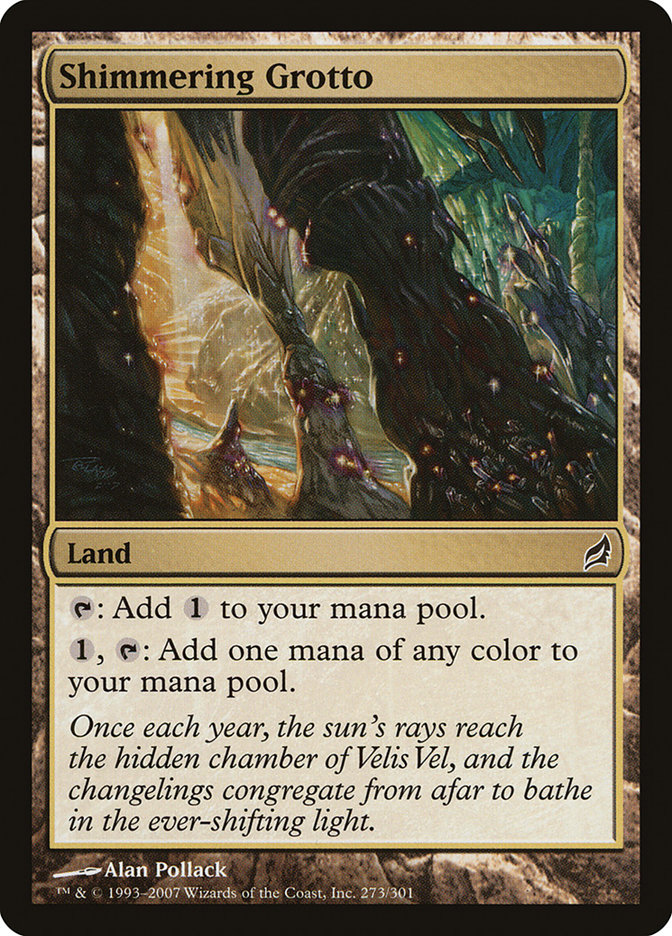
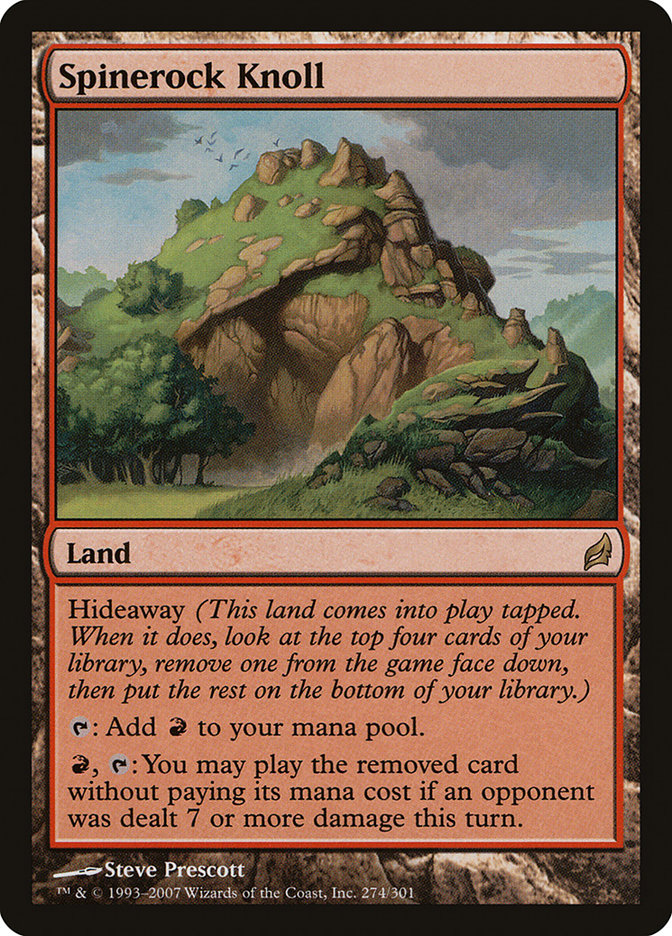

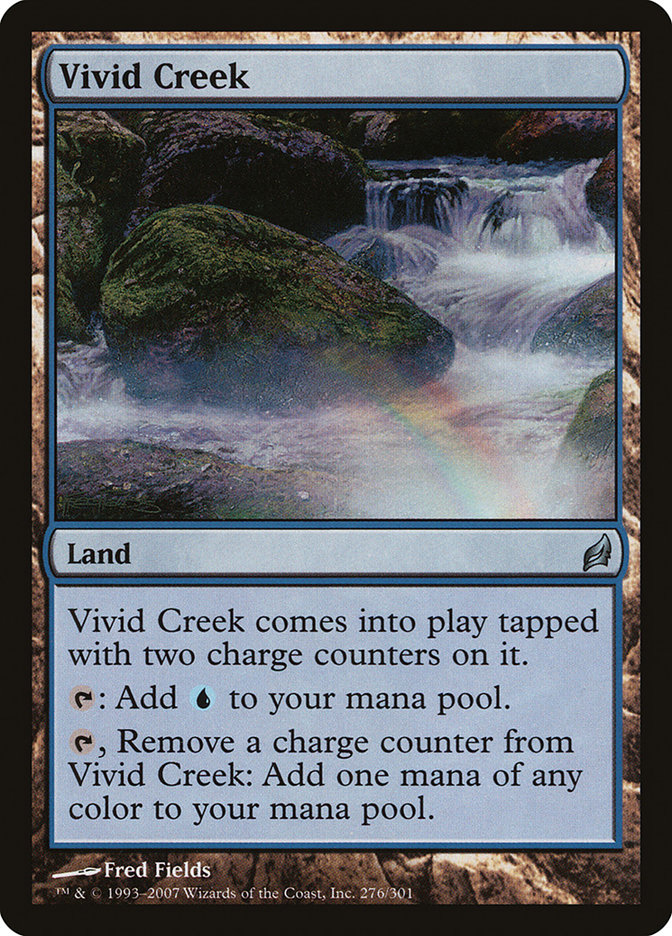
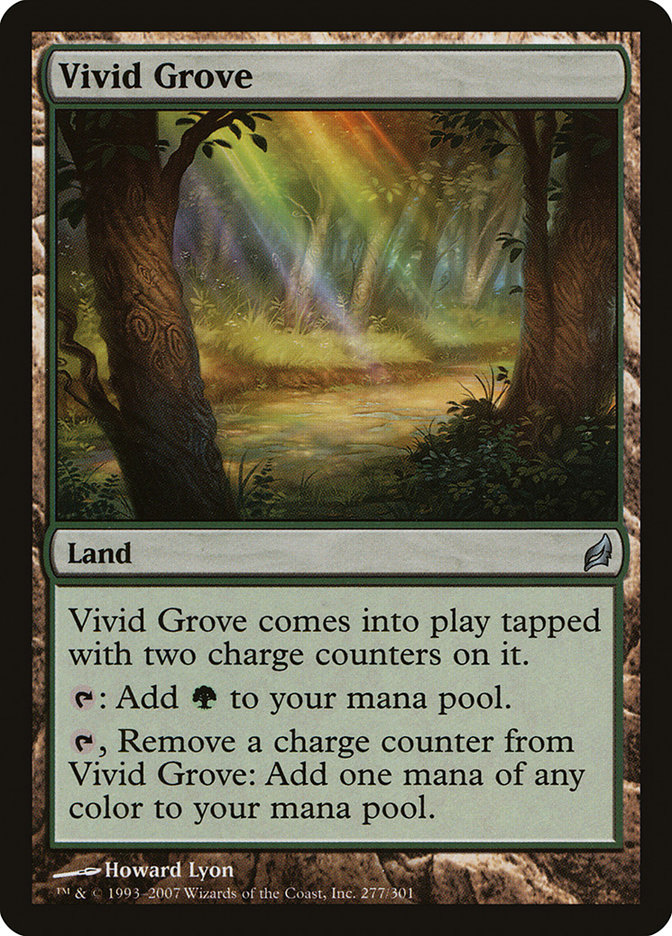


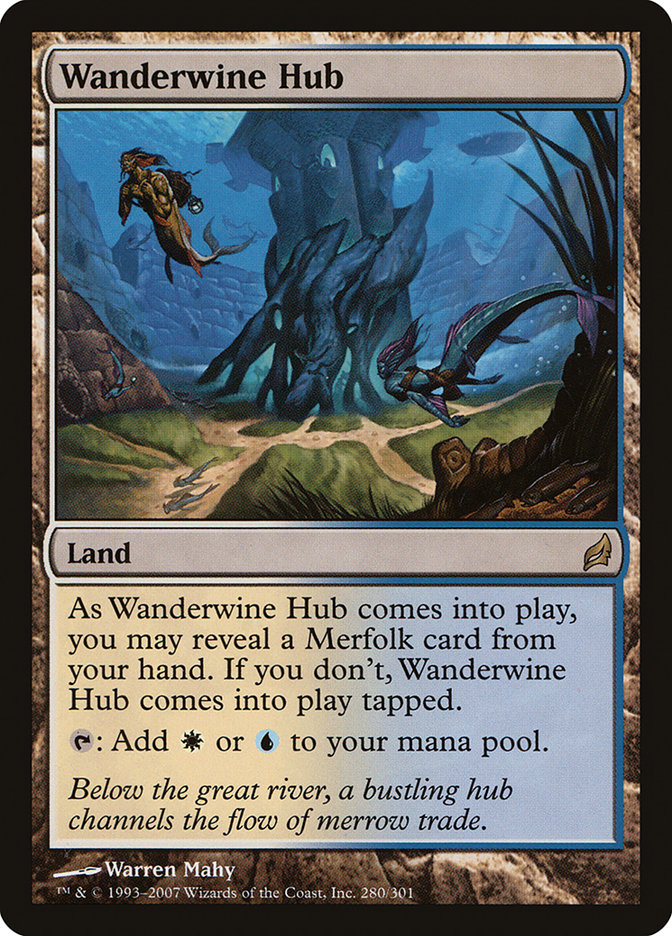
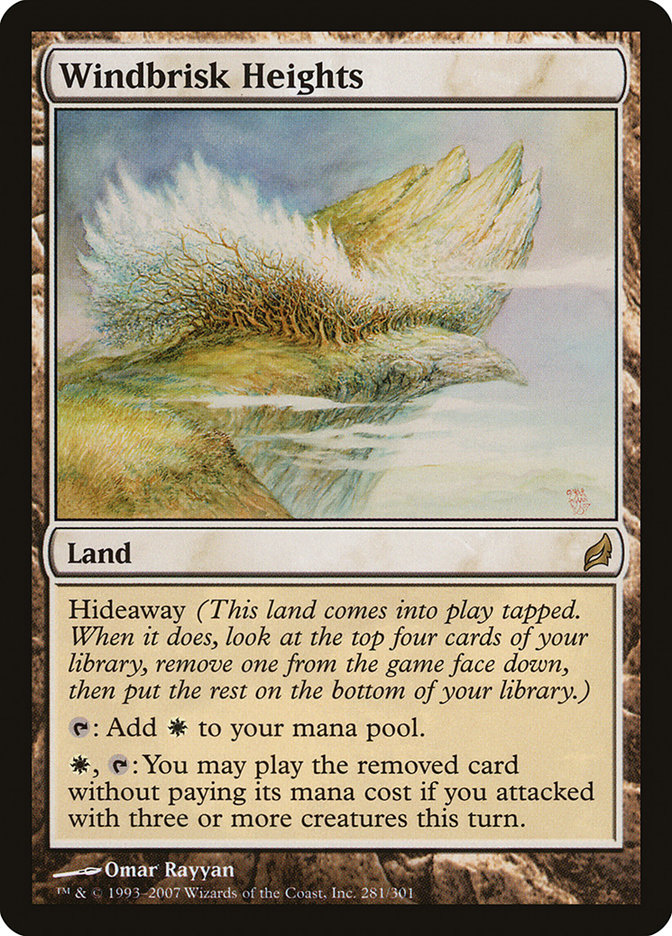
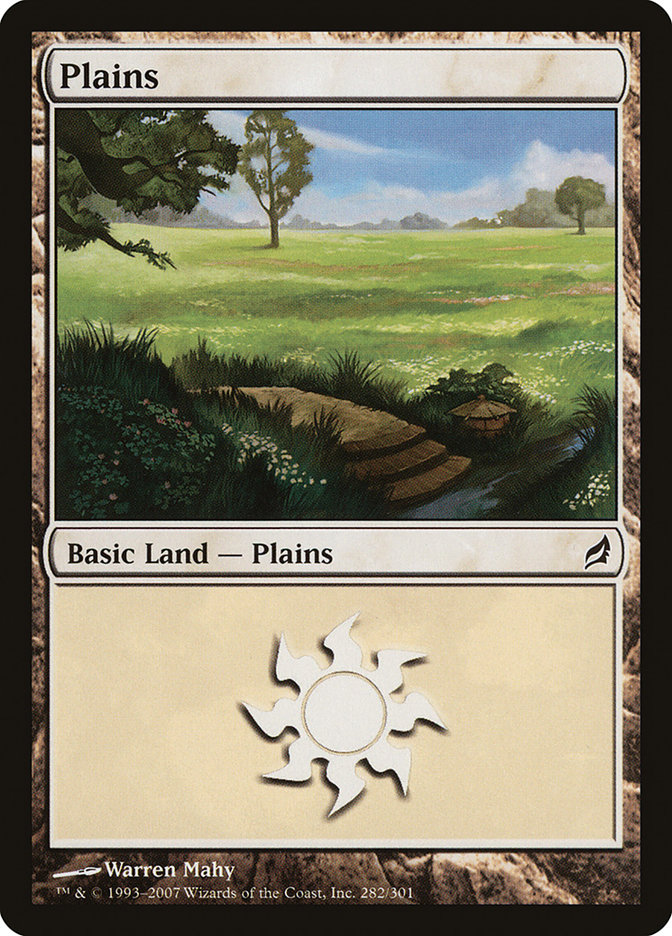
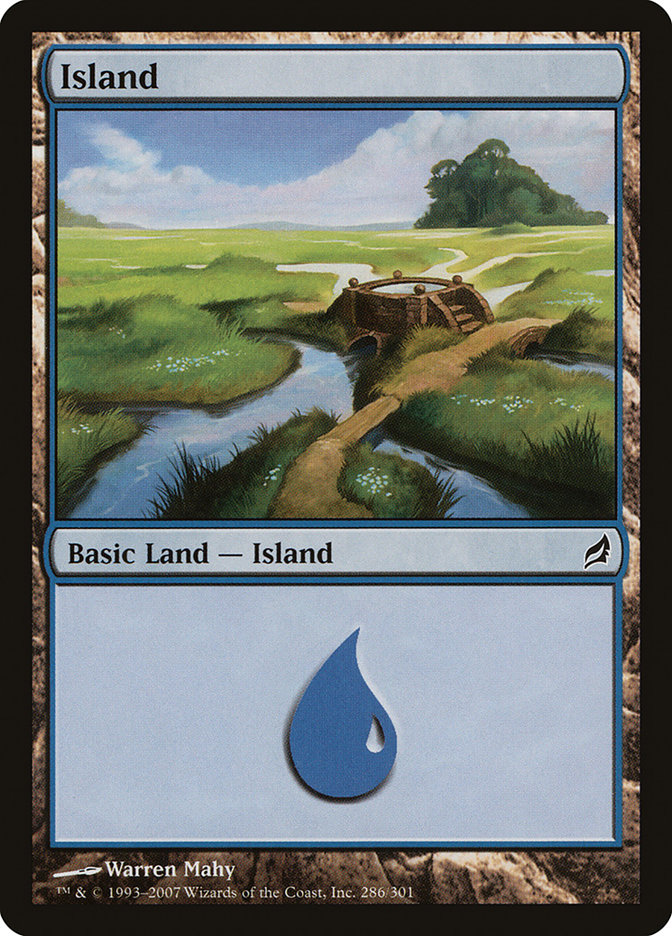

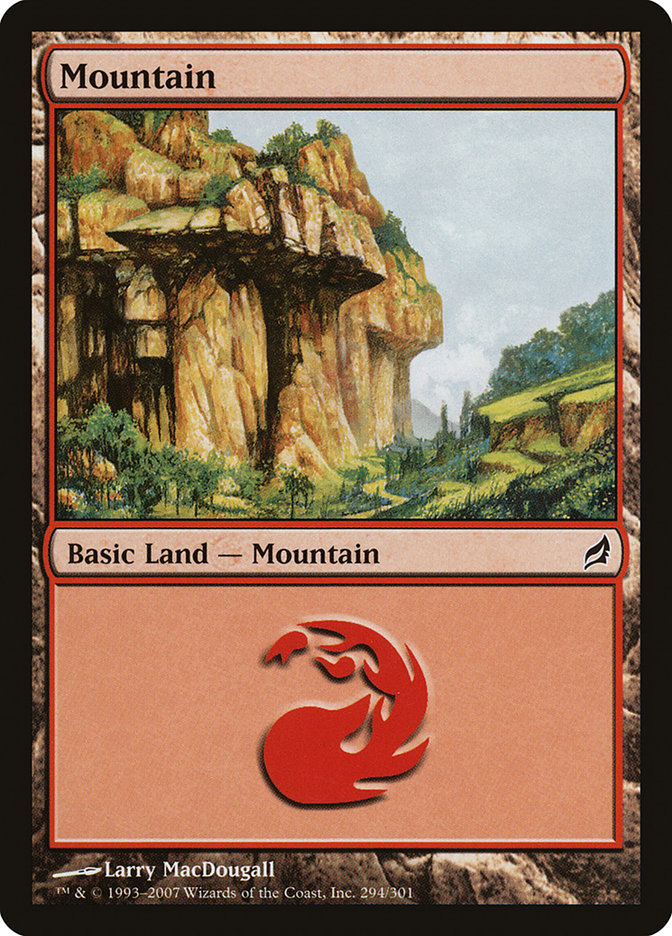
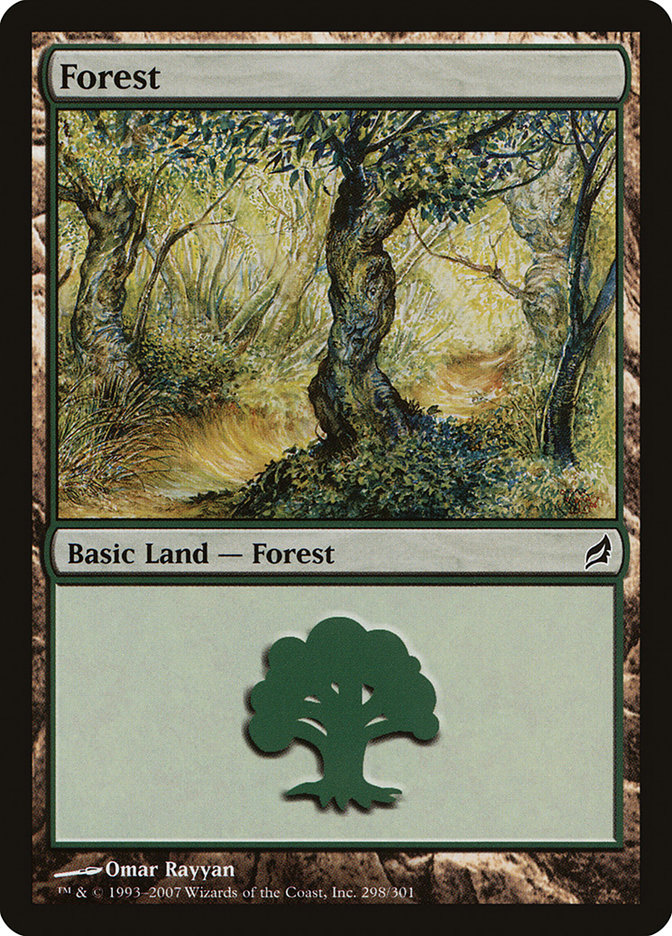
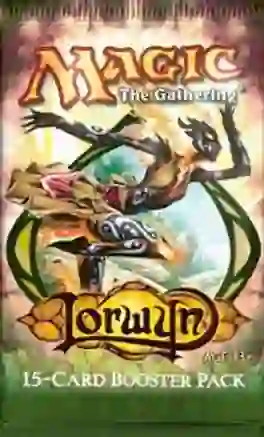

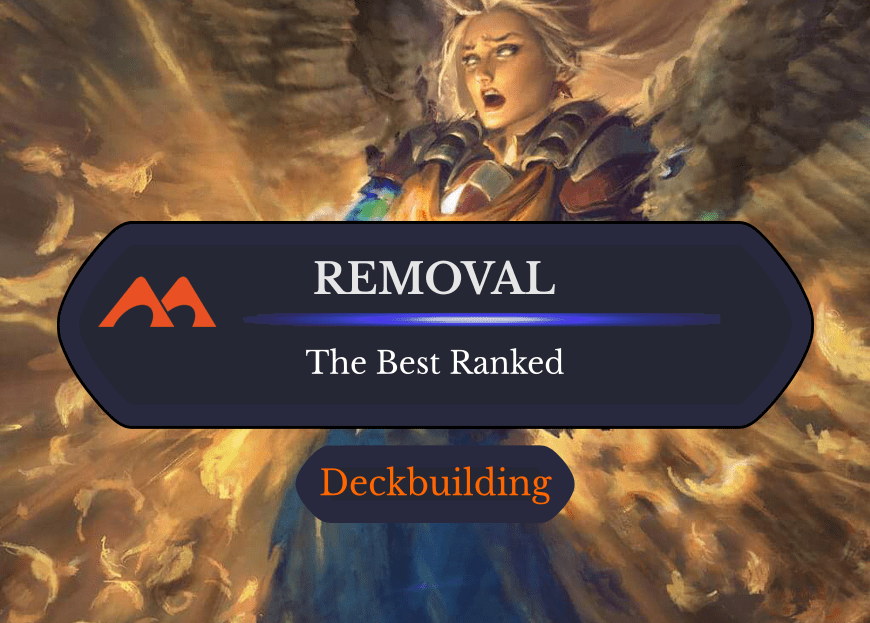

Add Comment